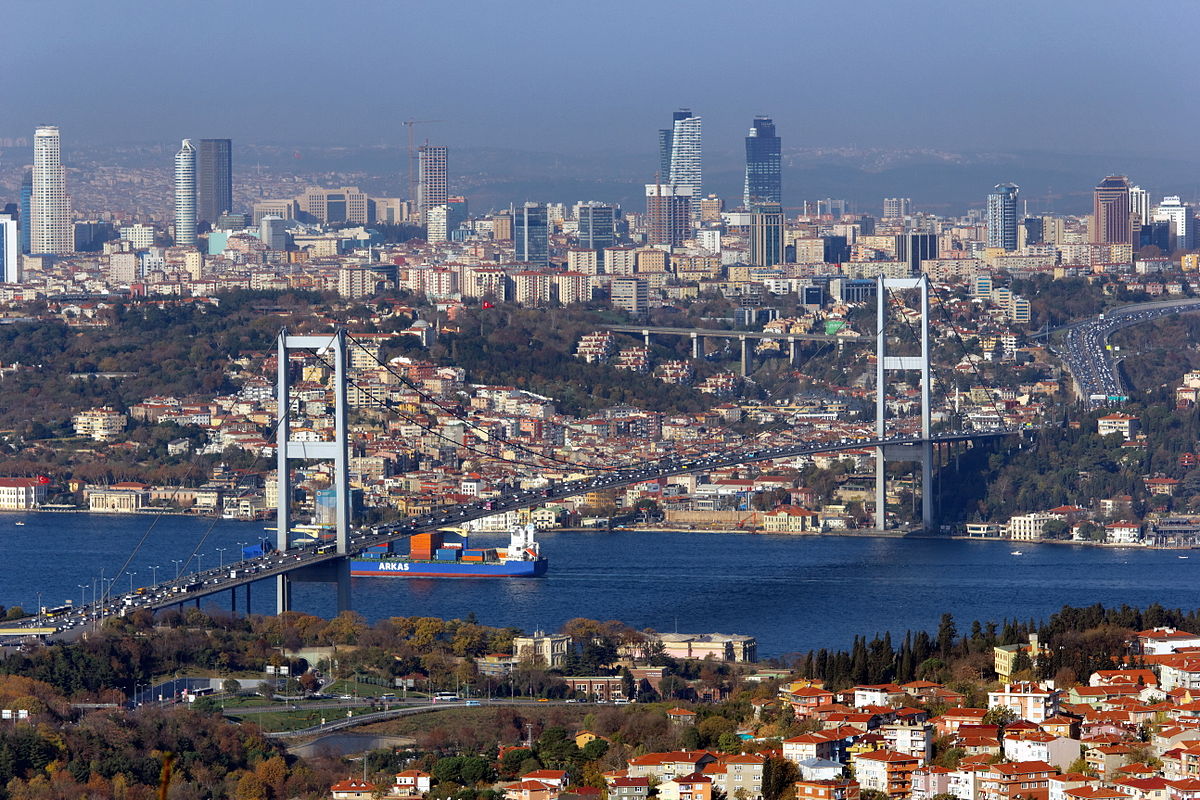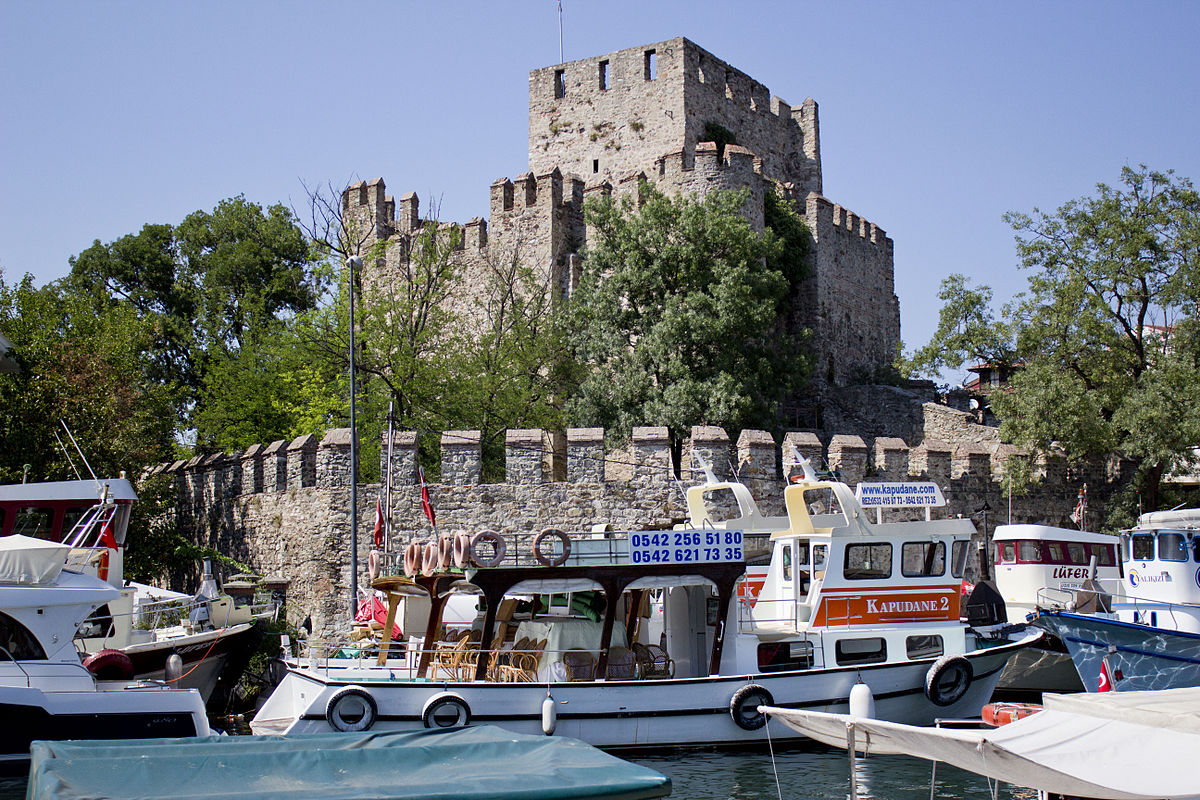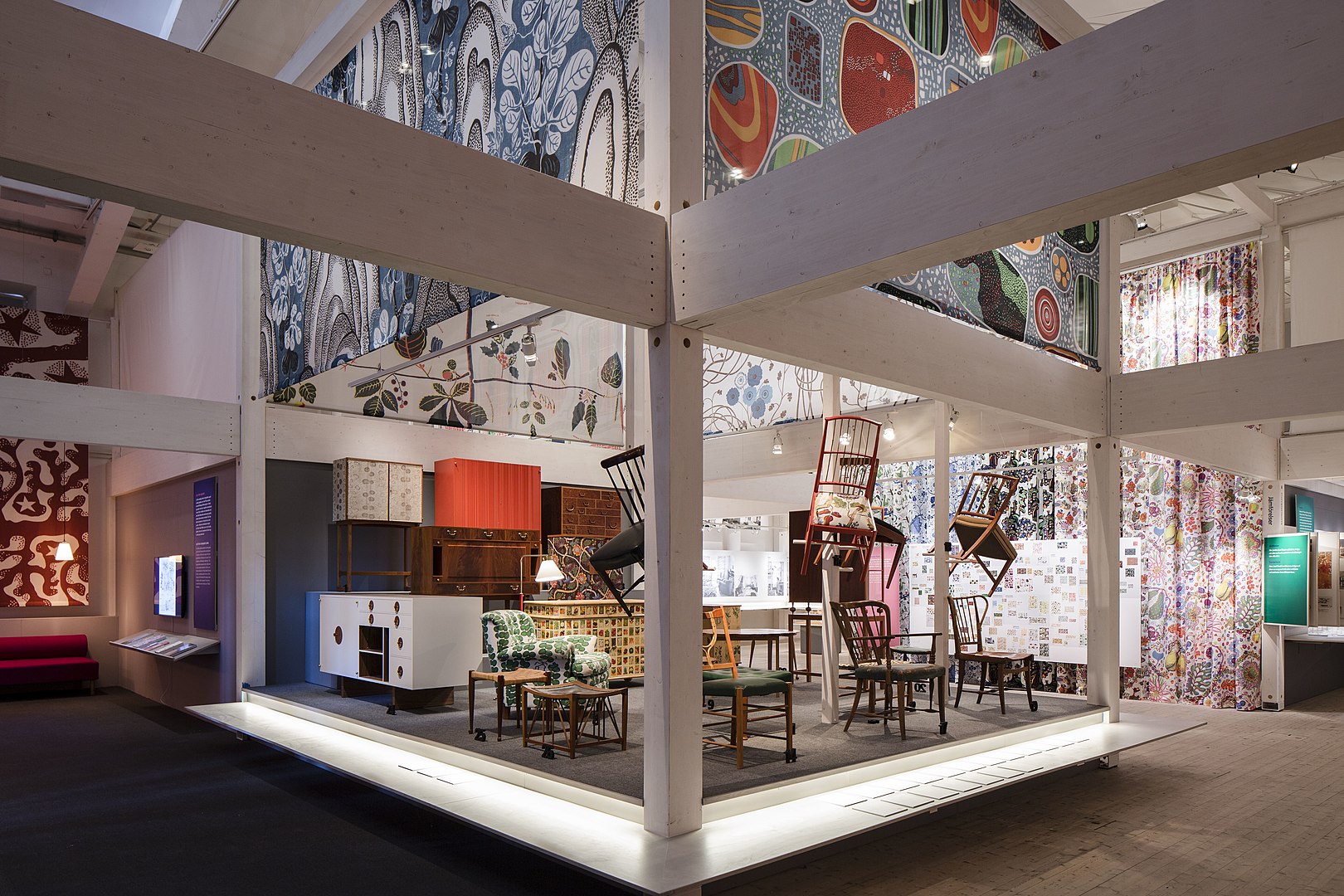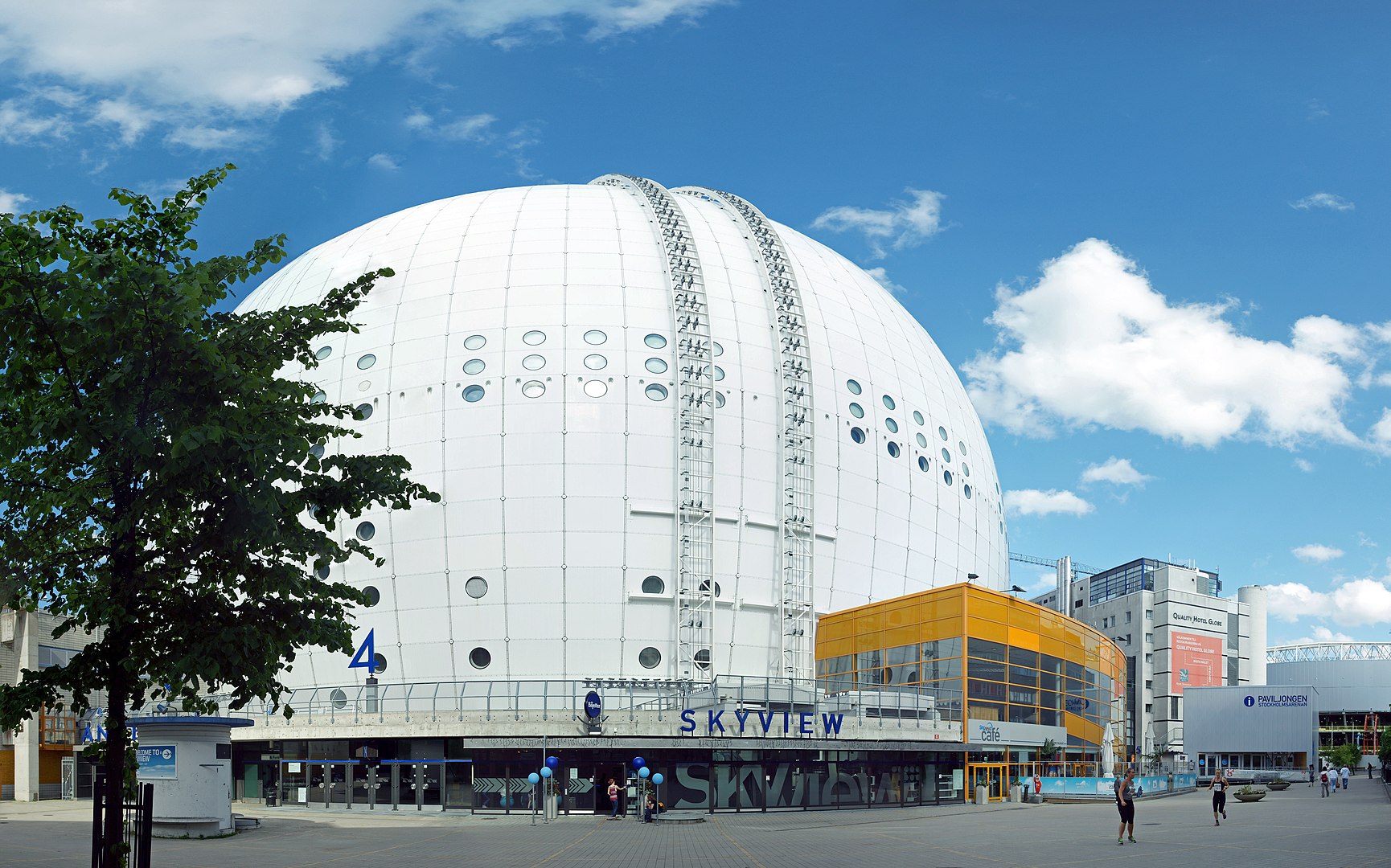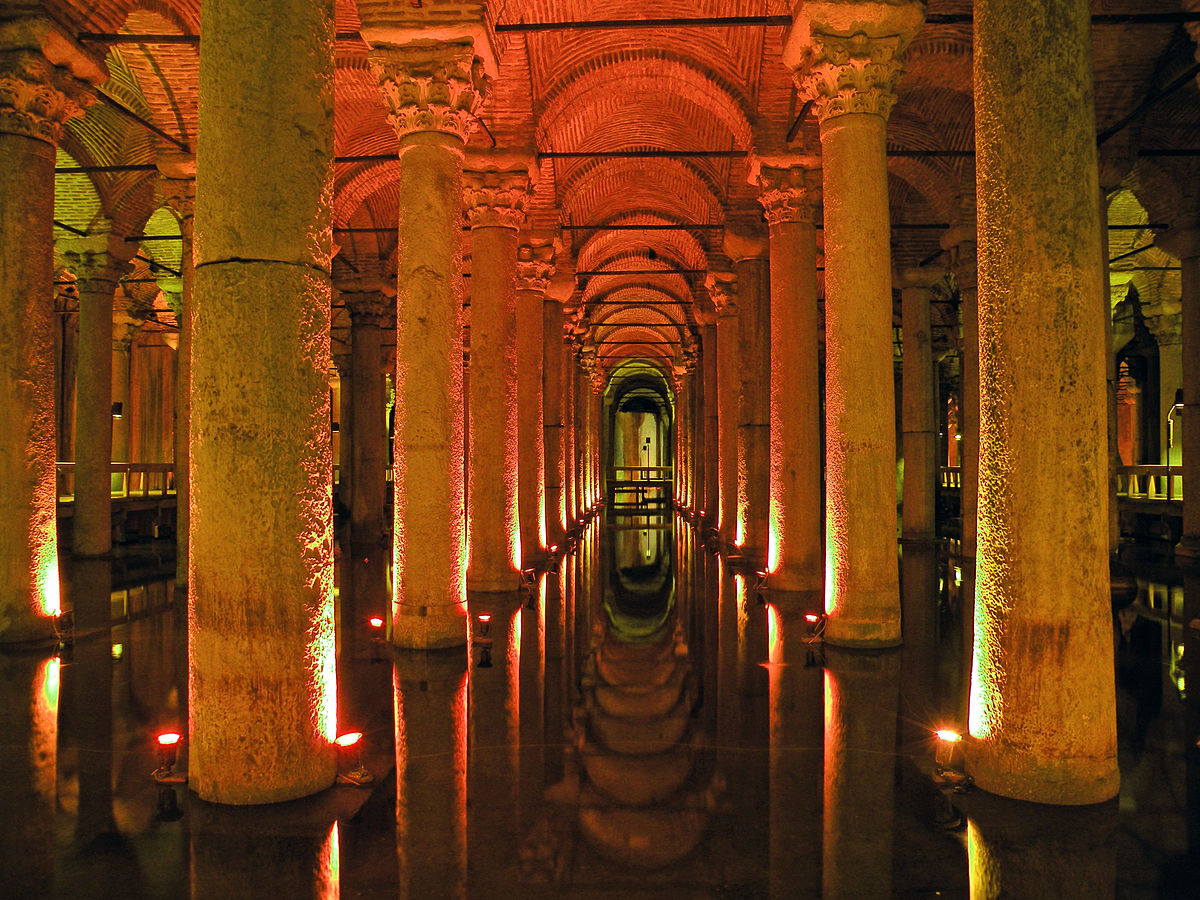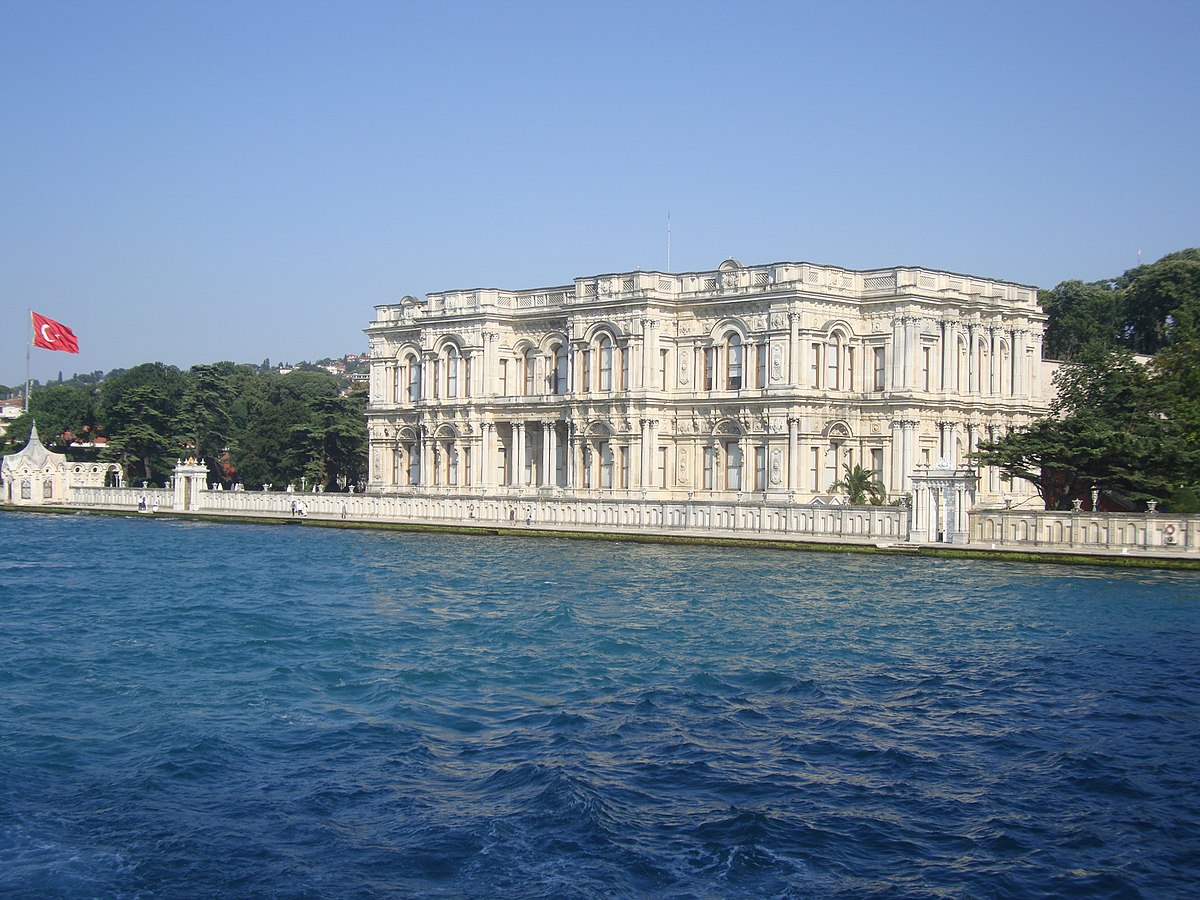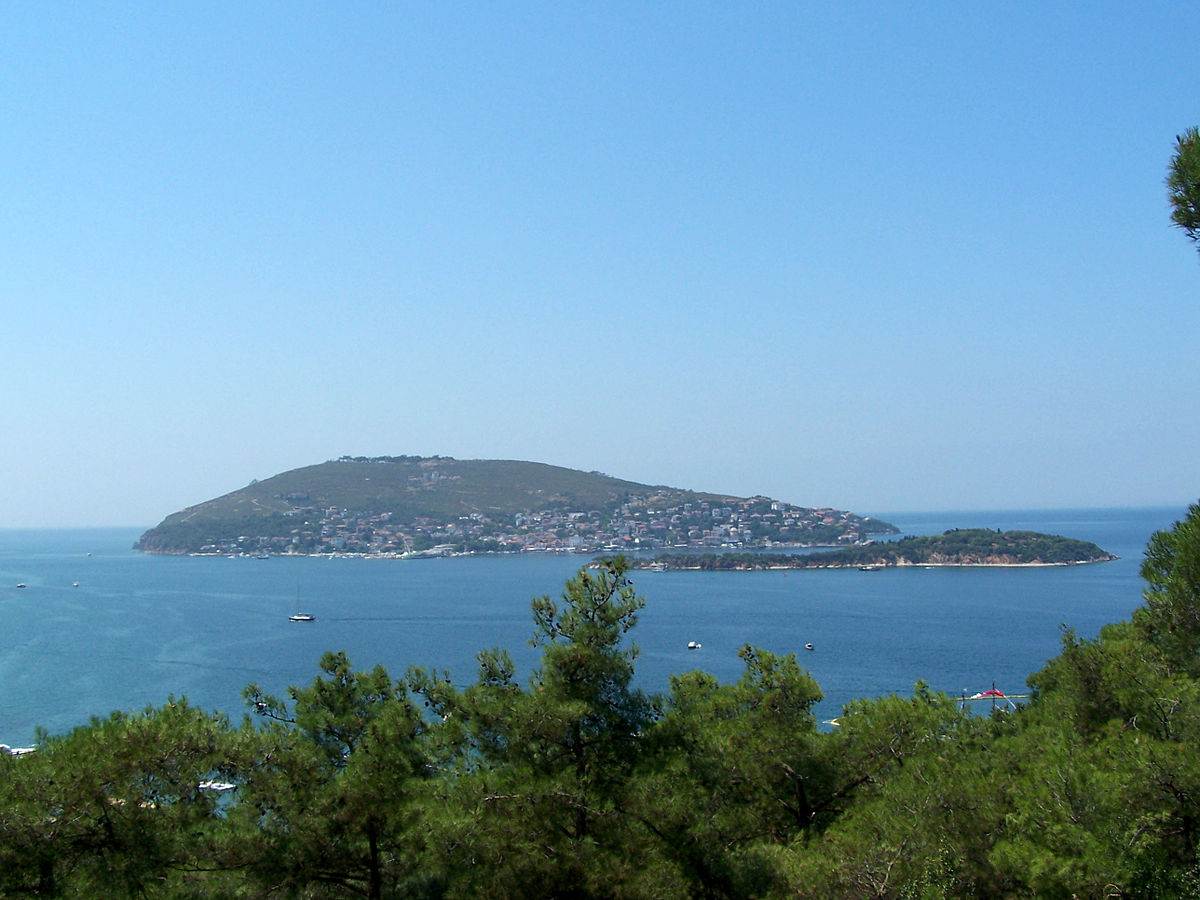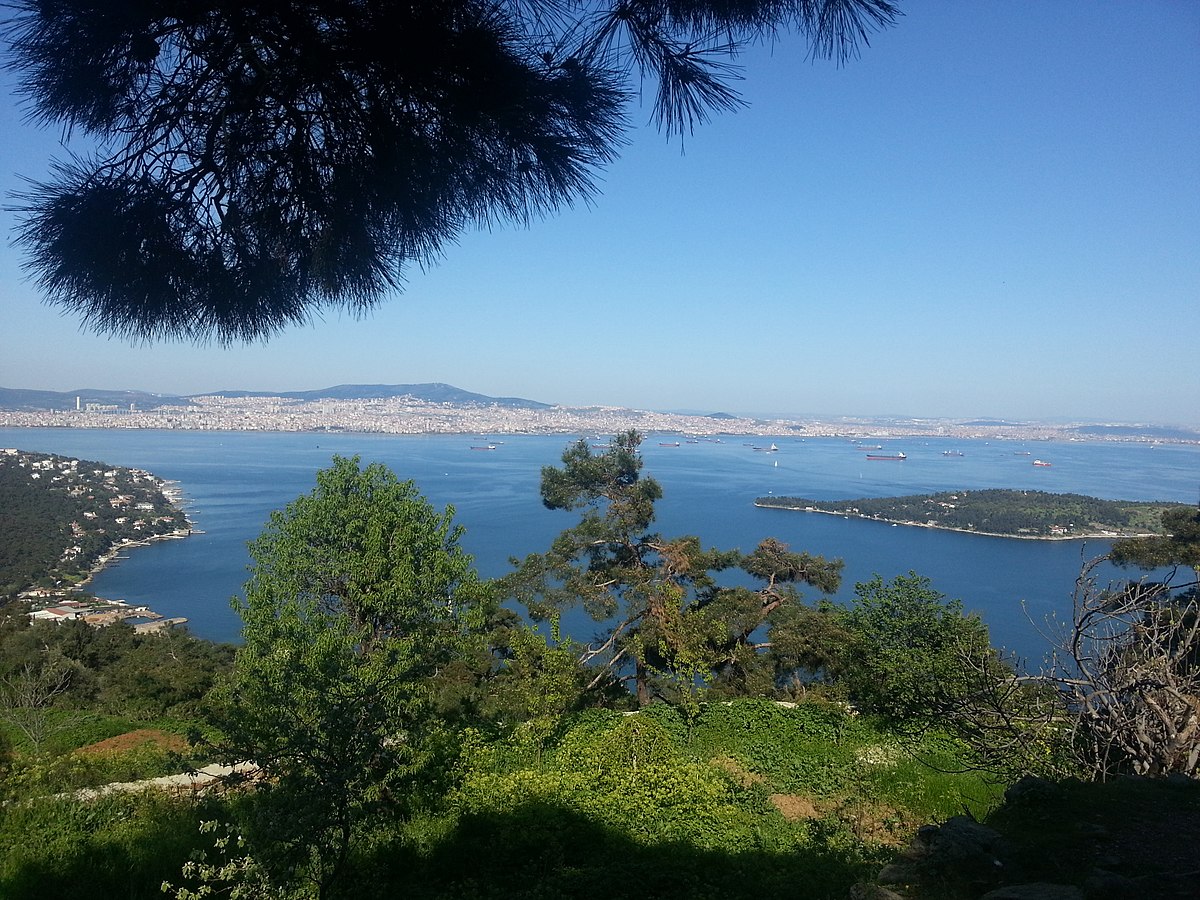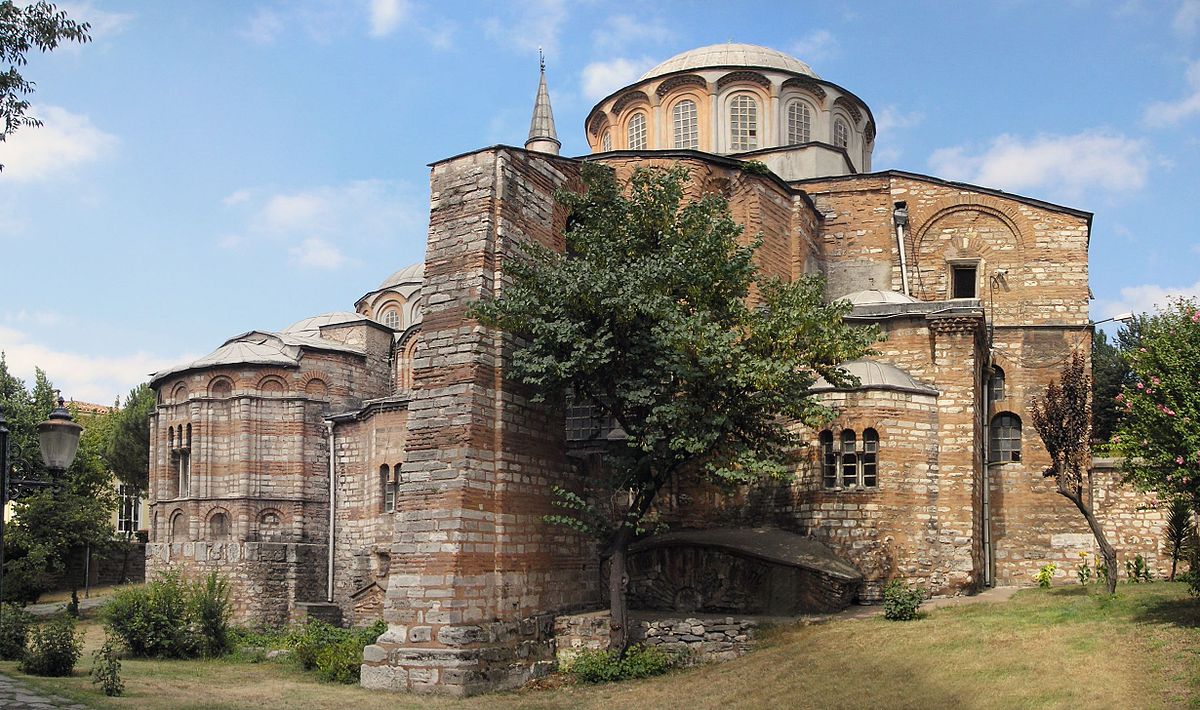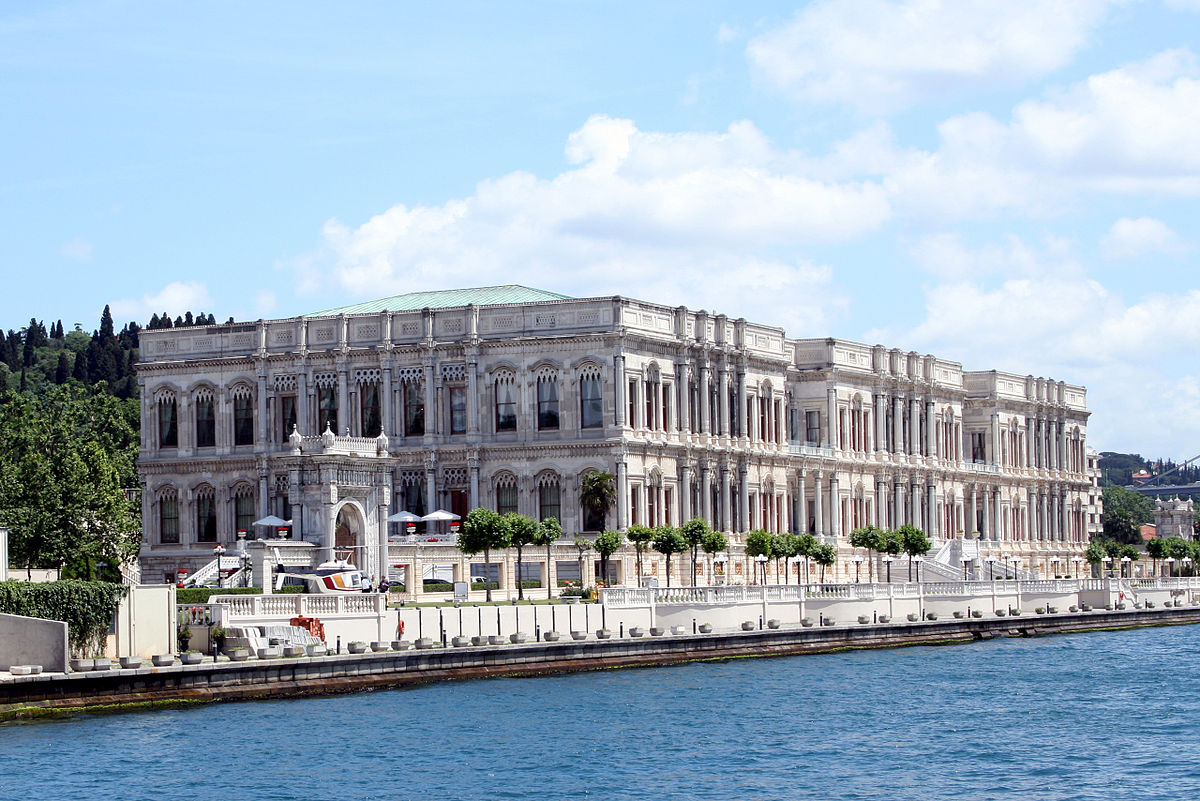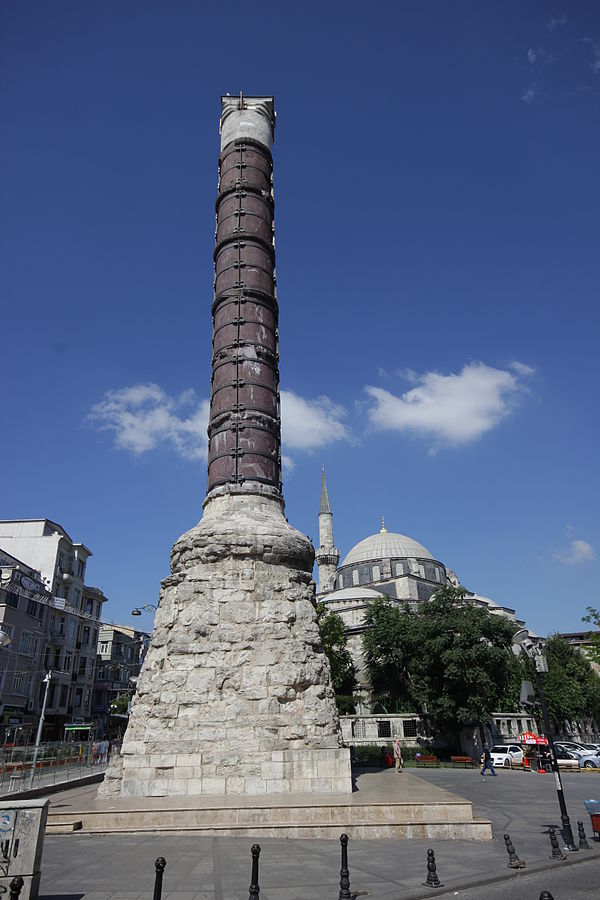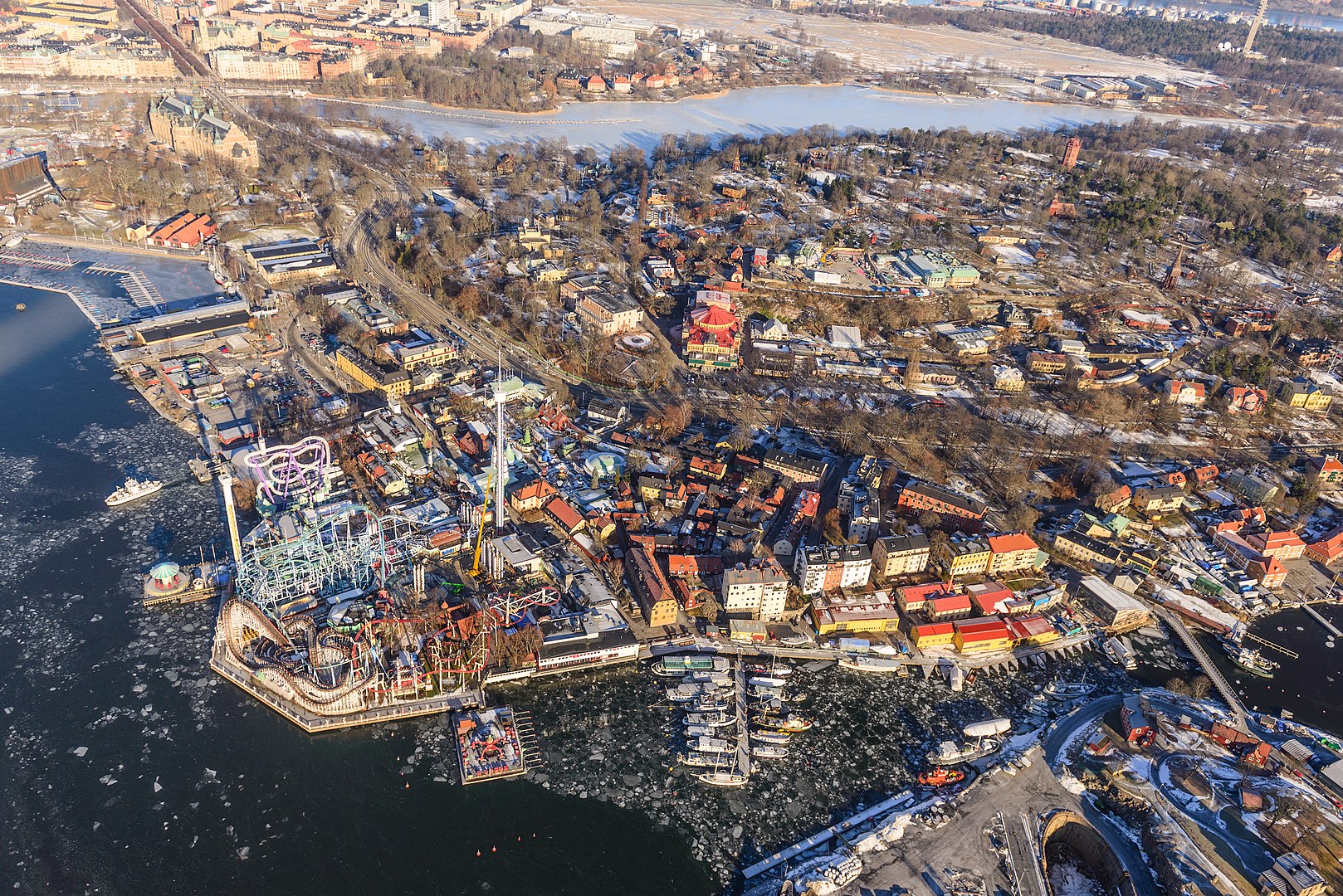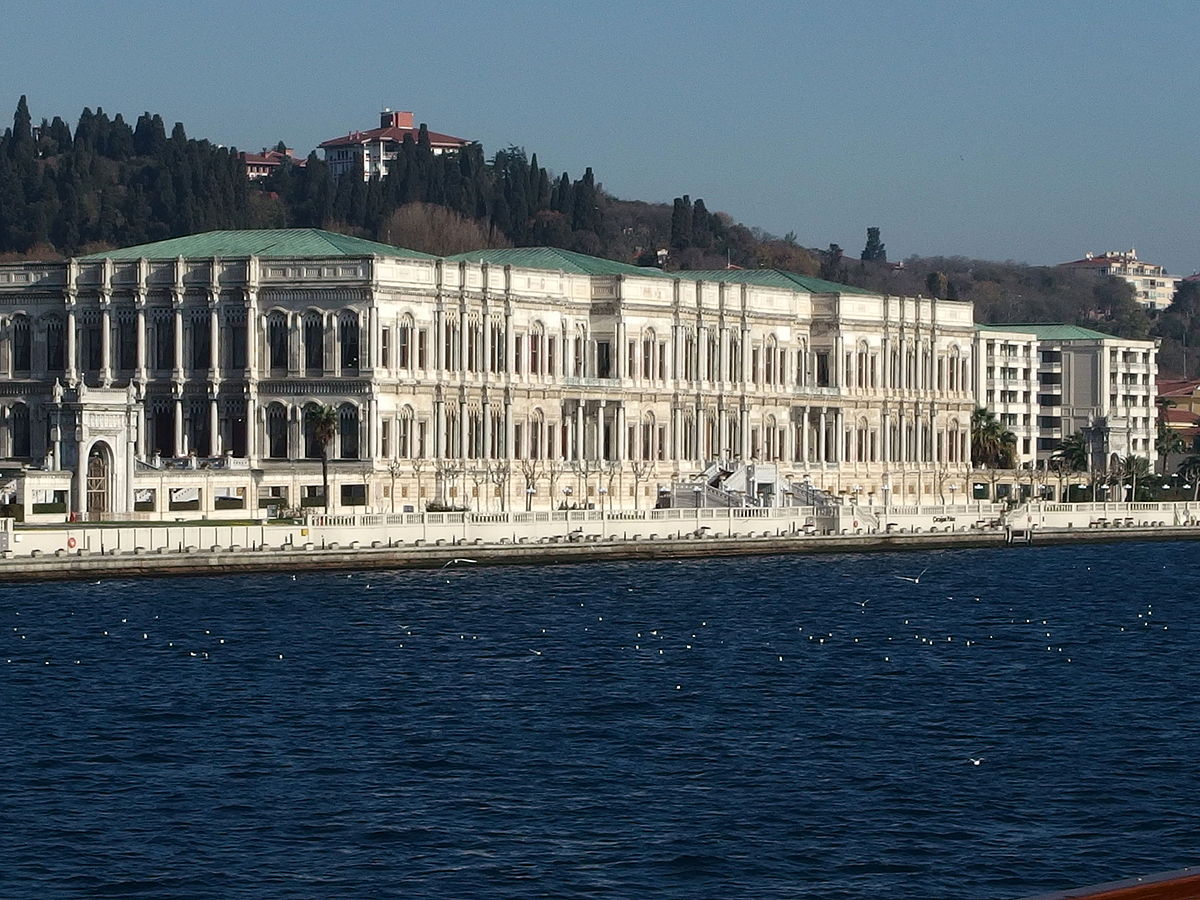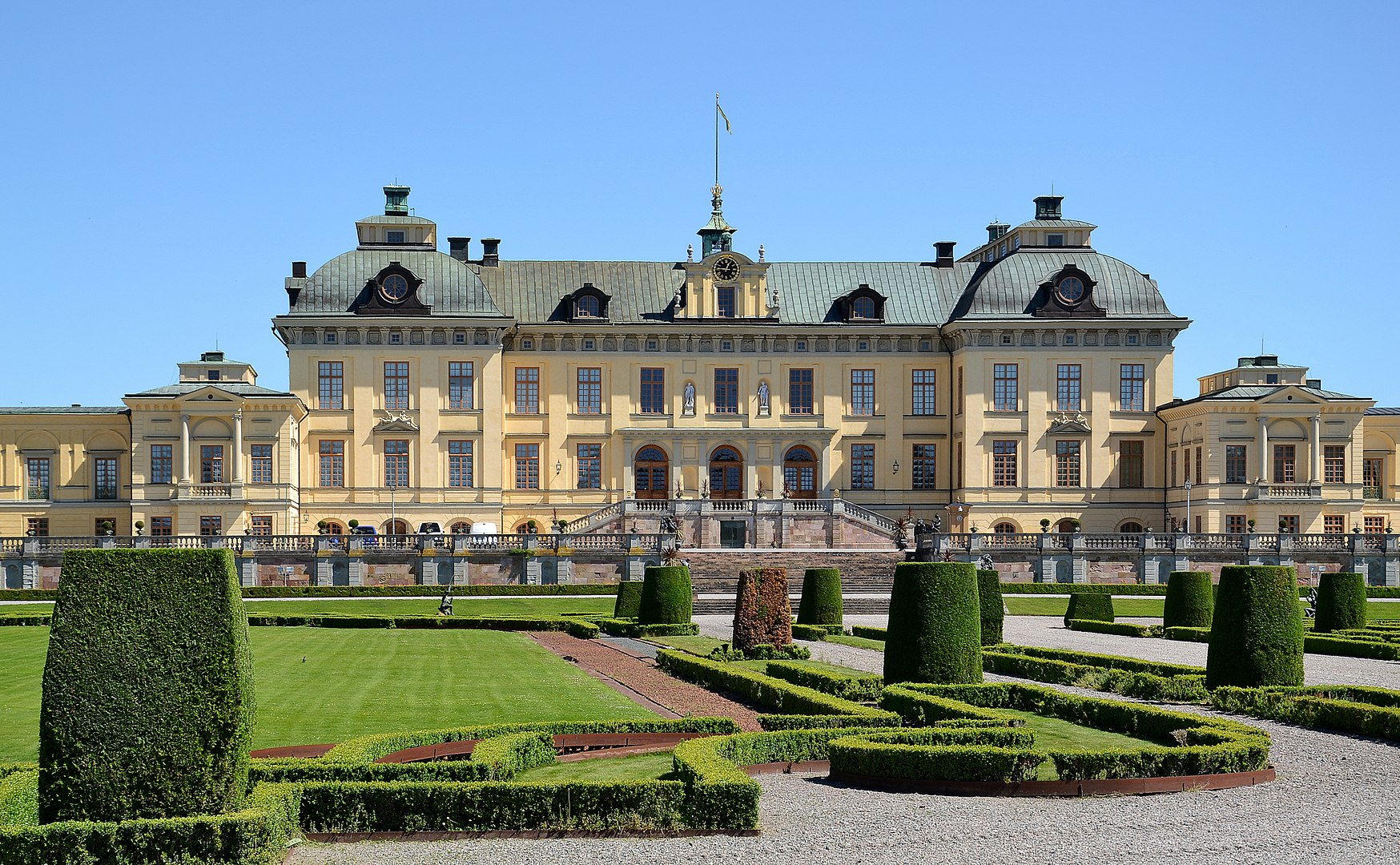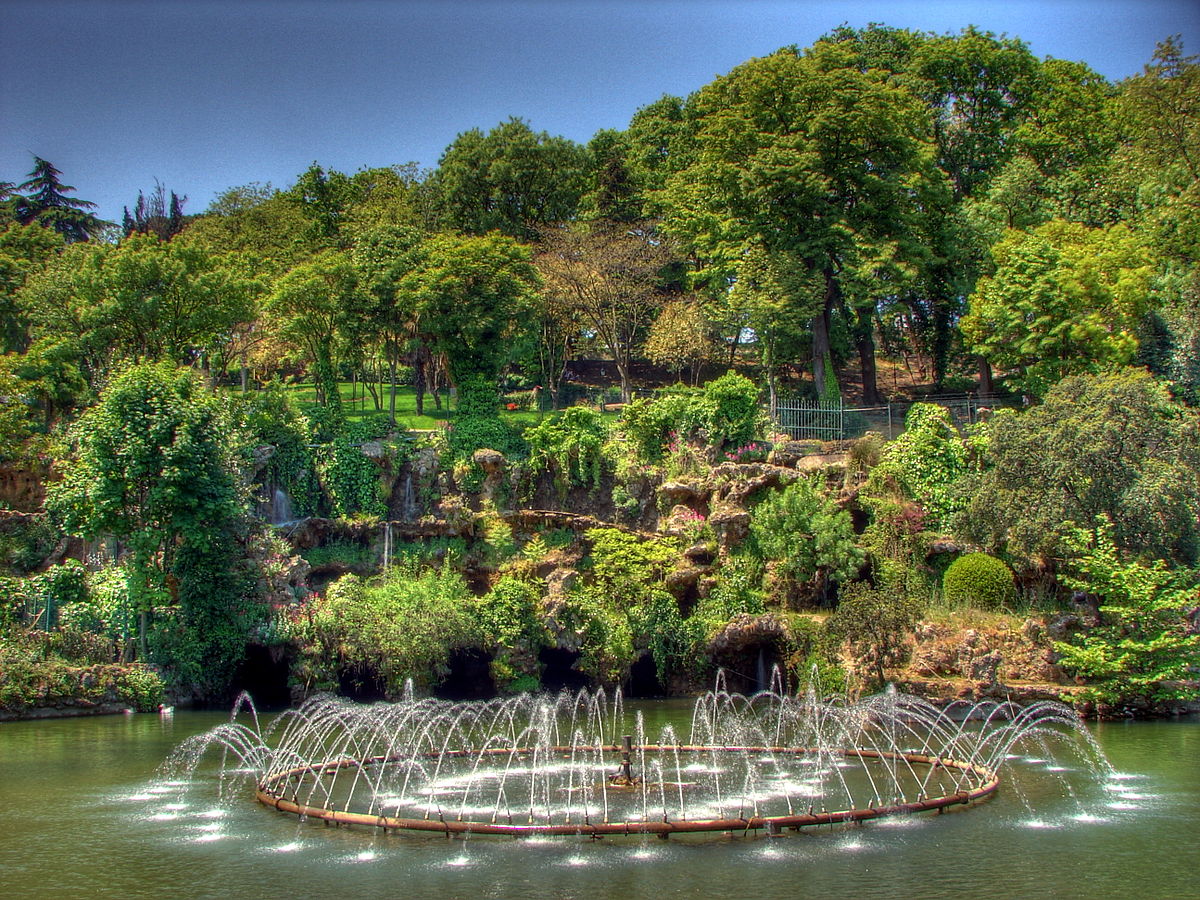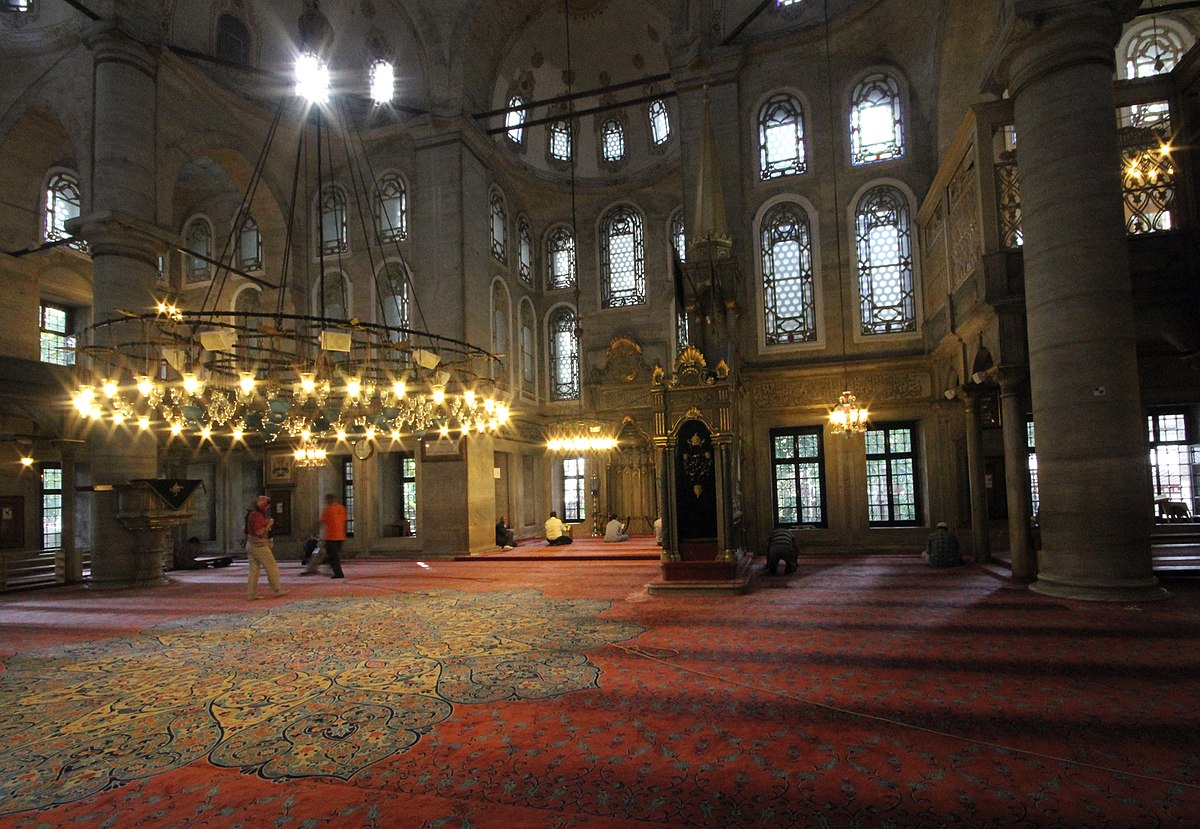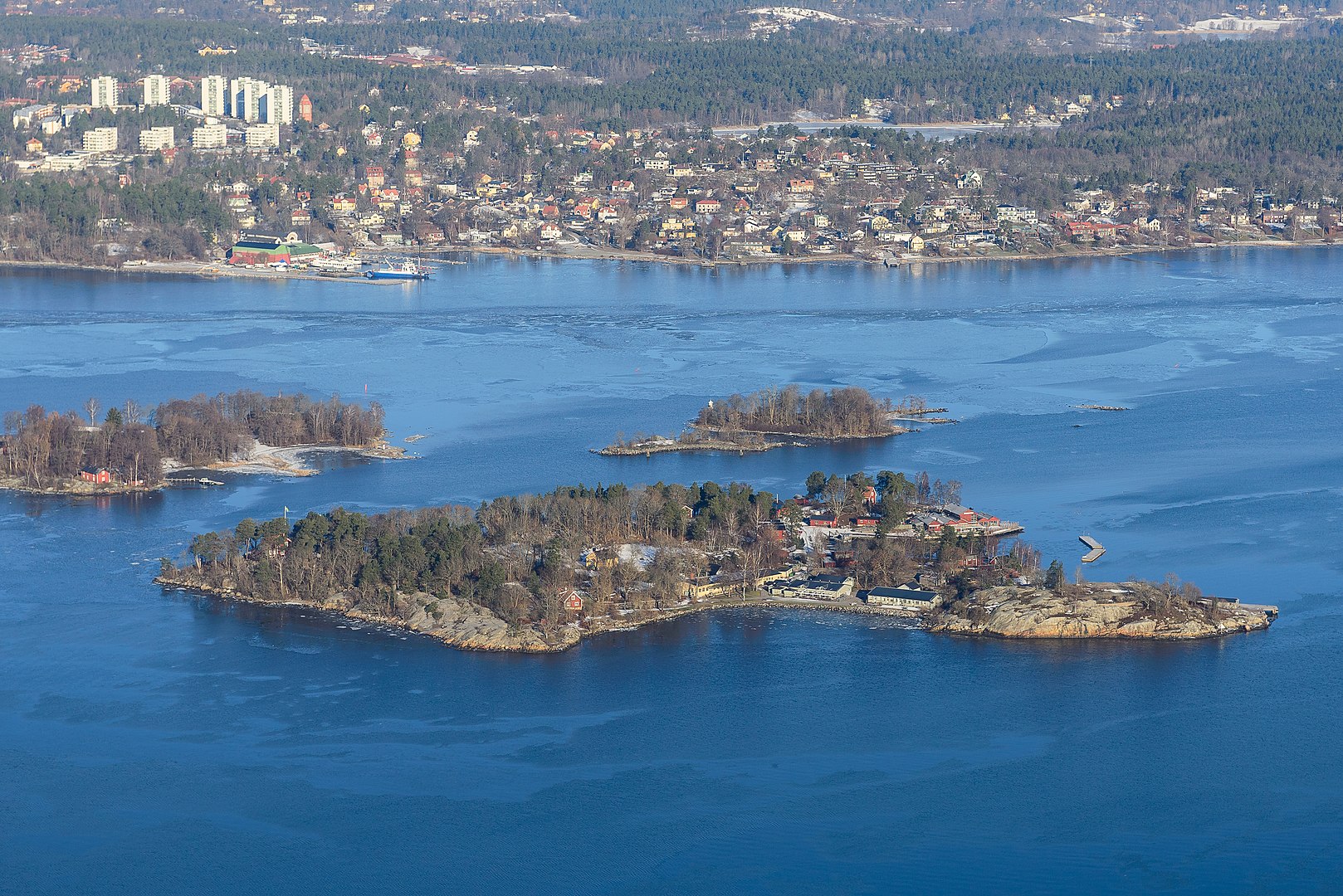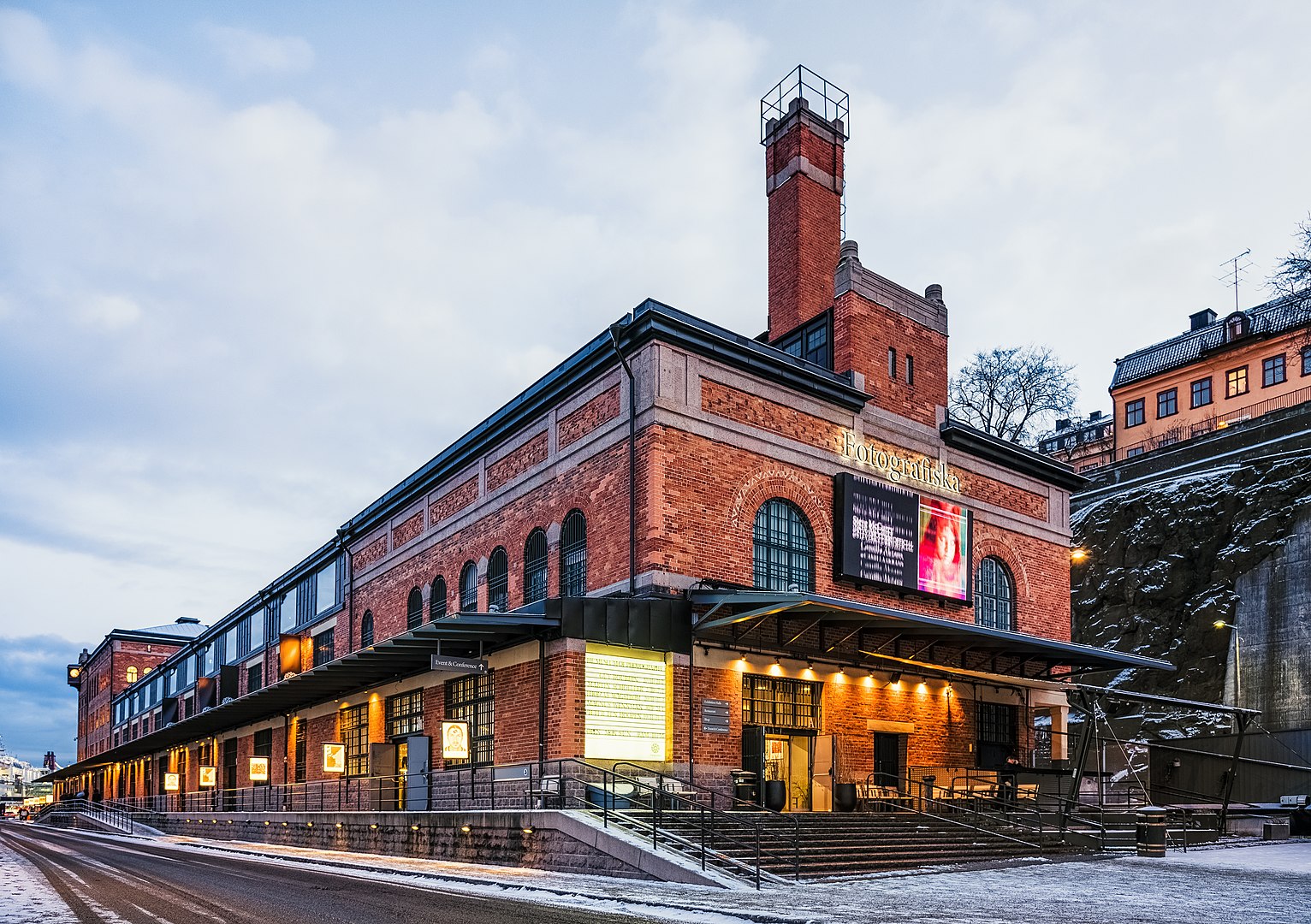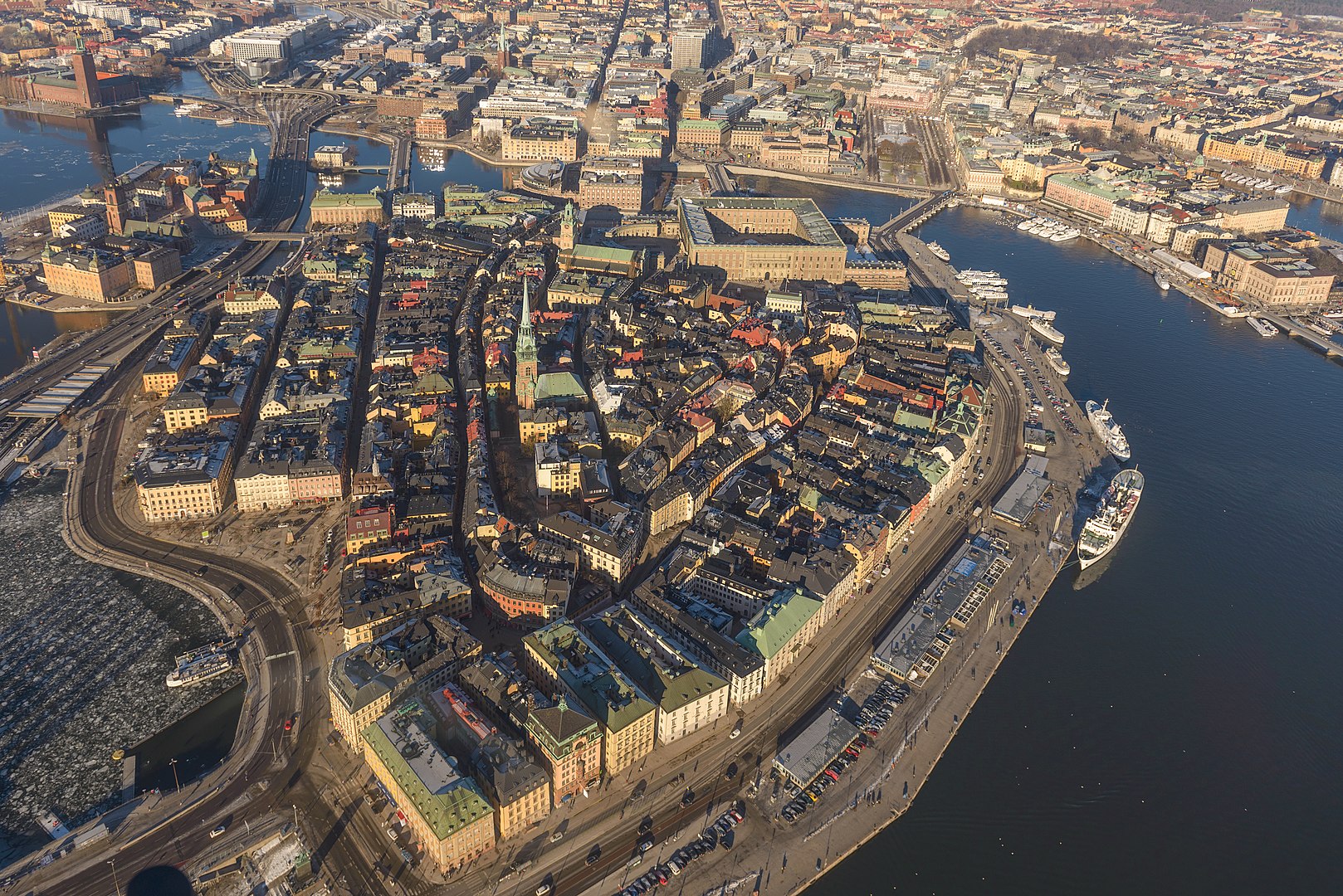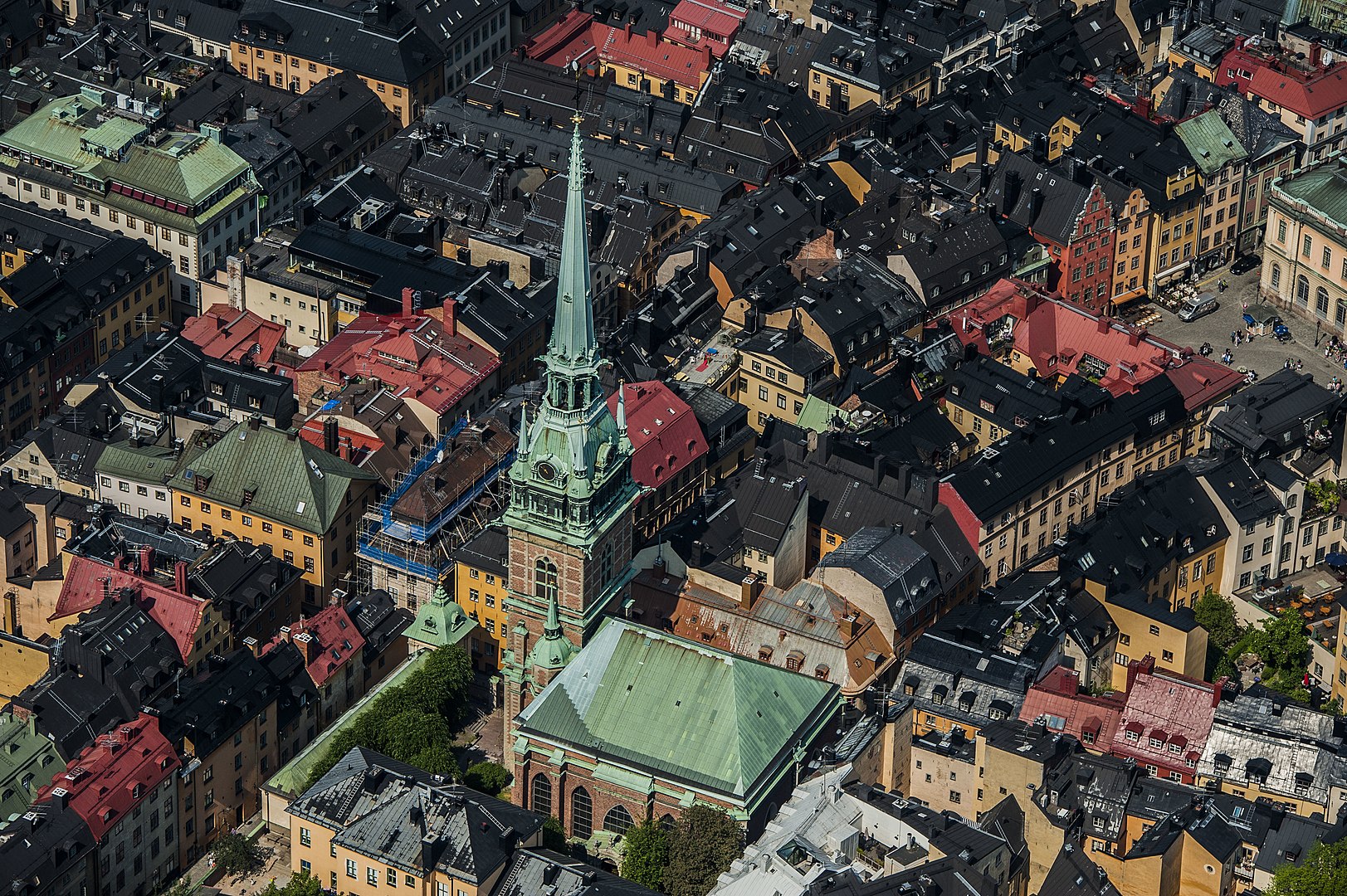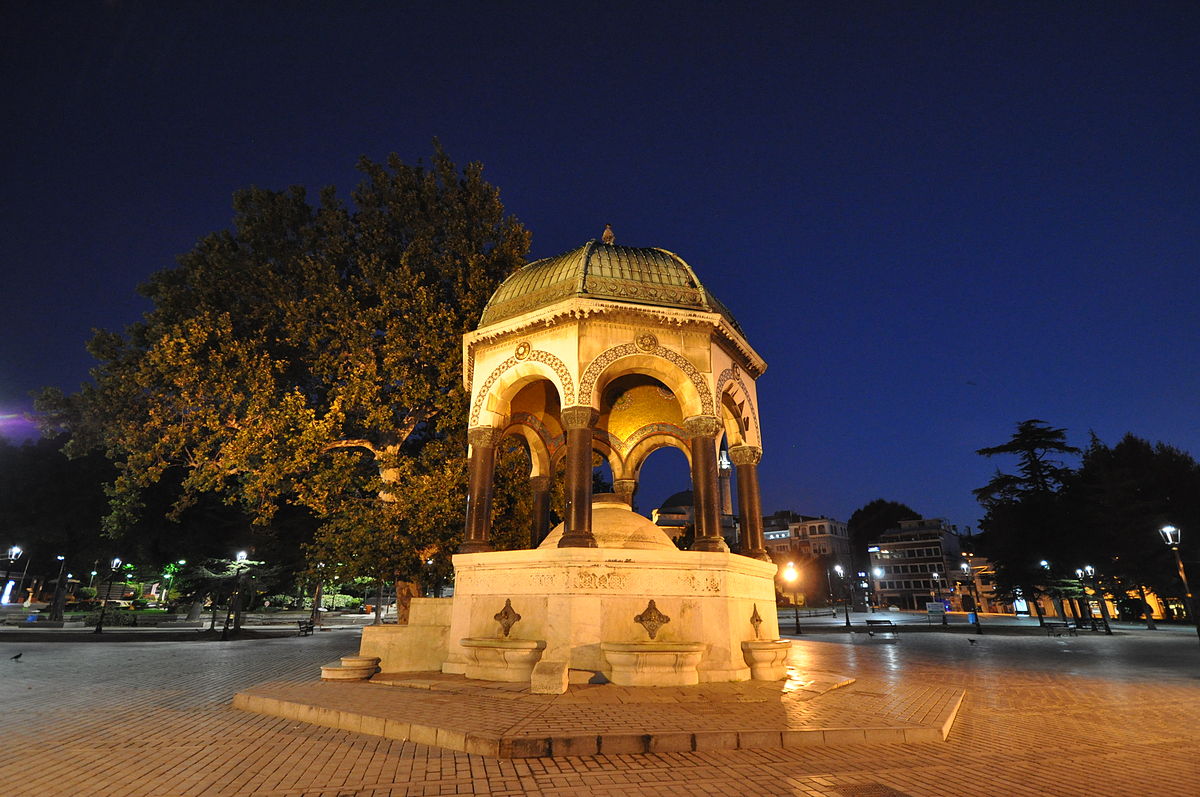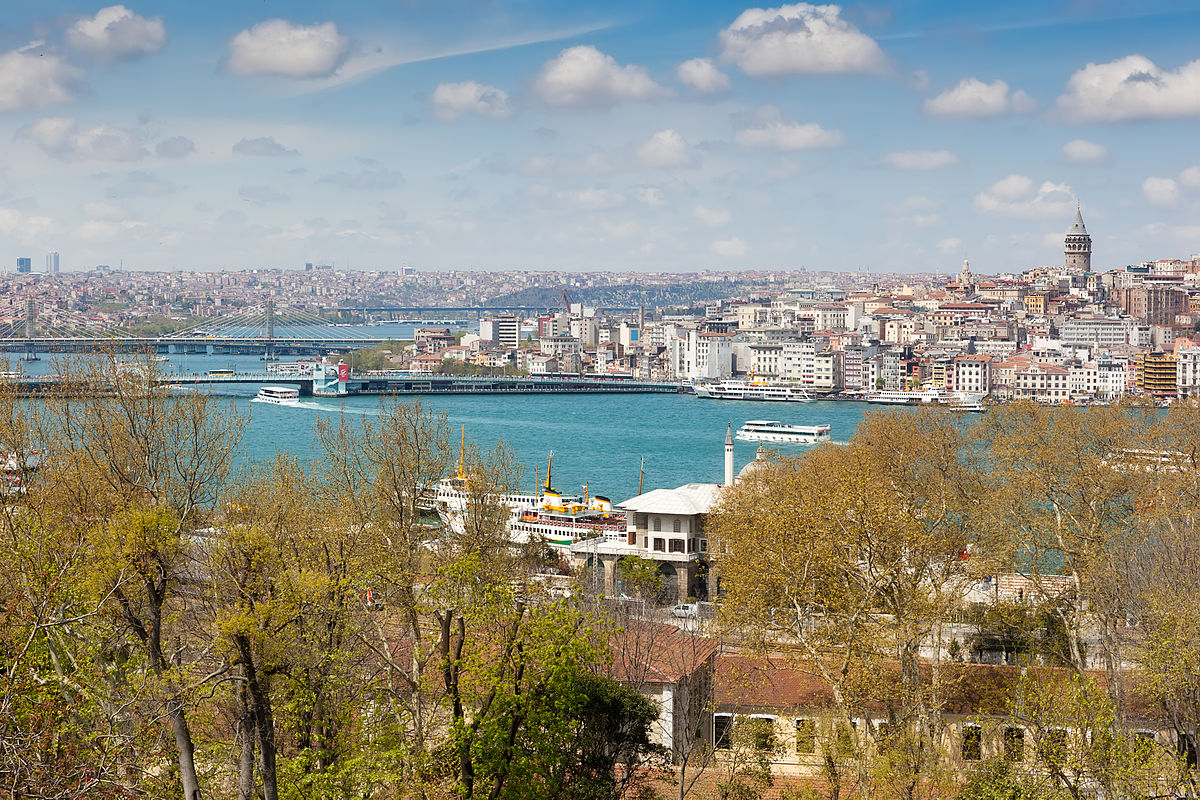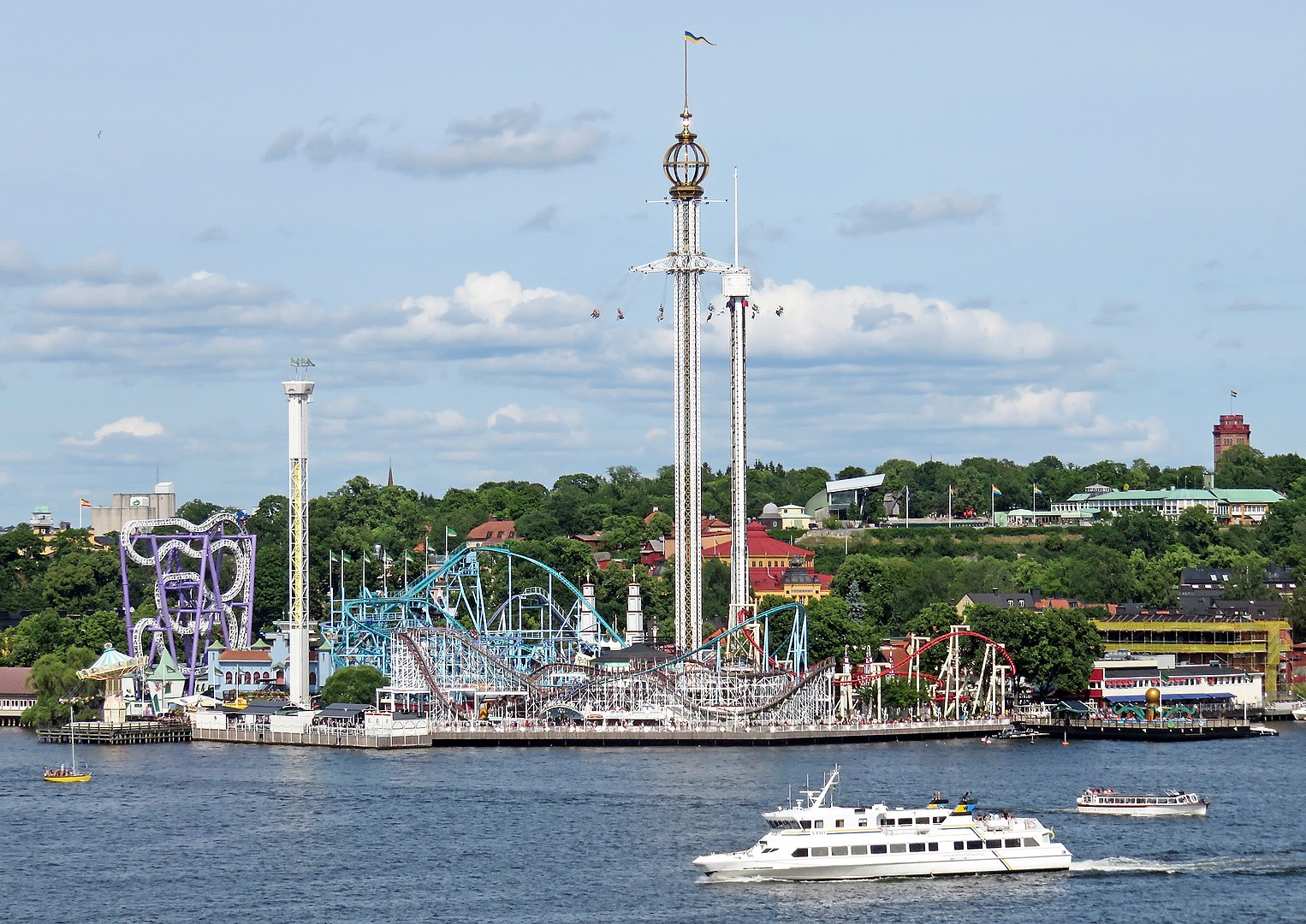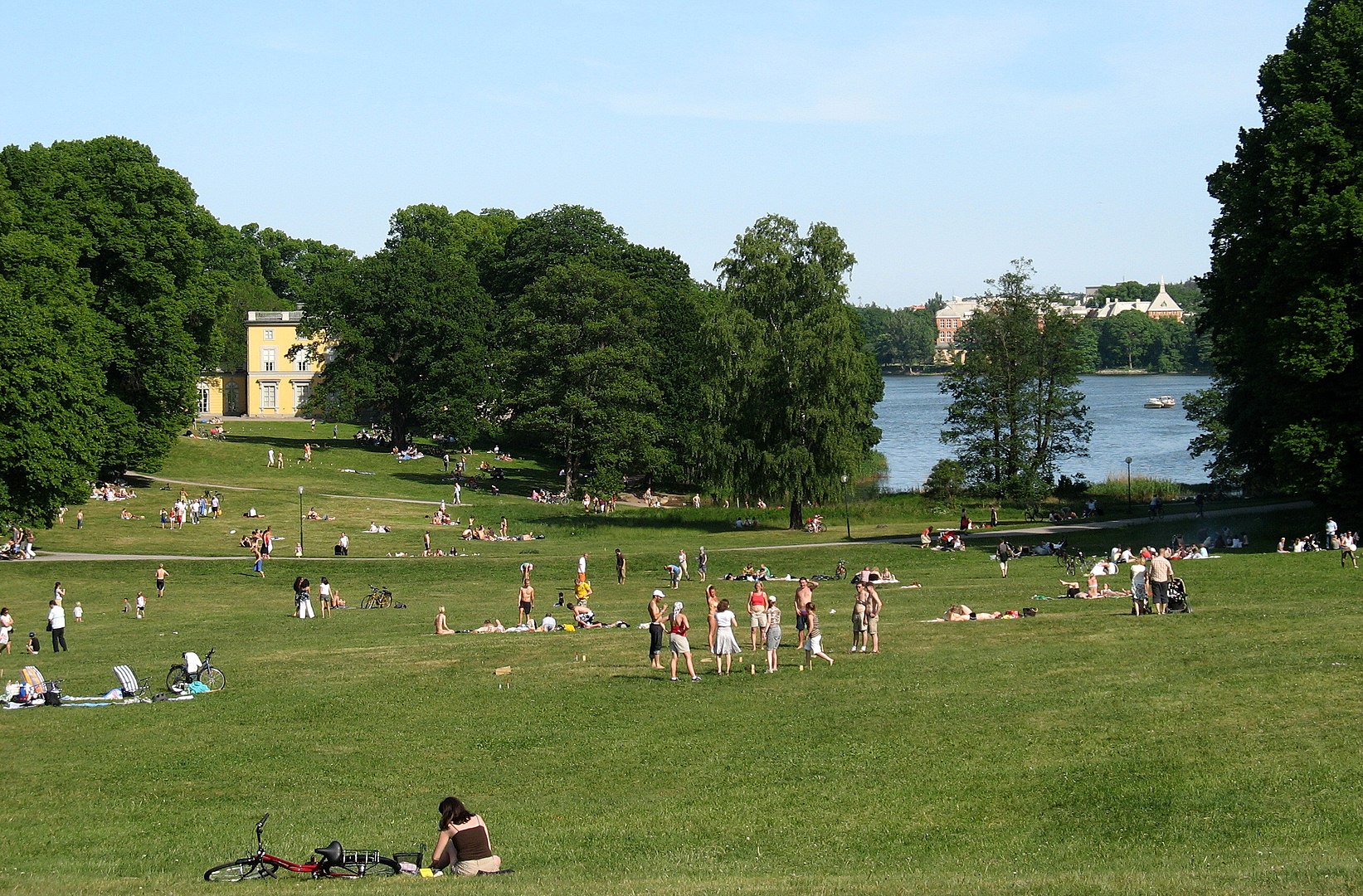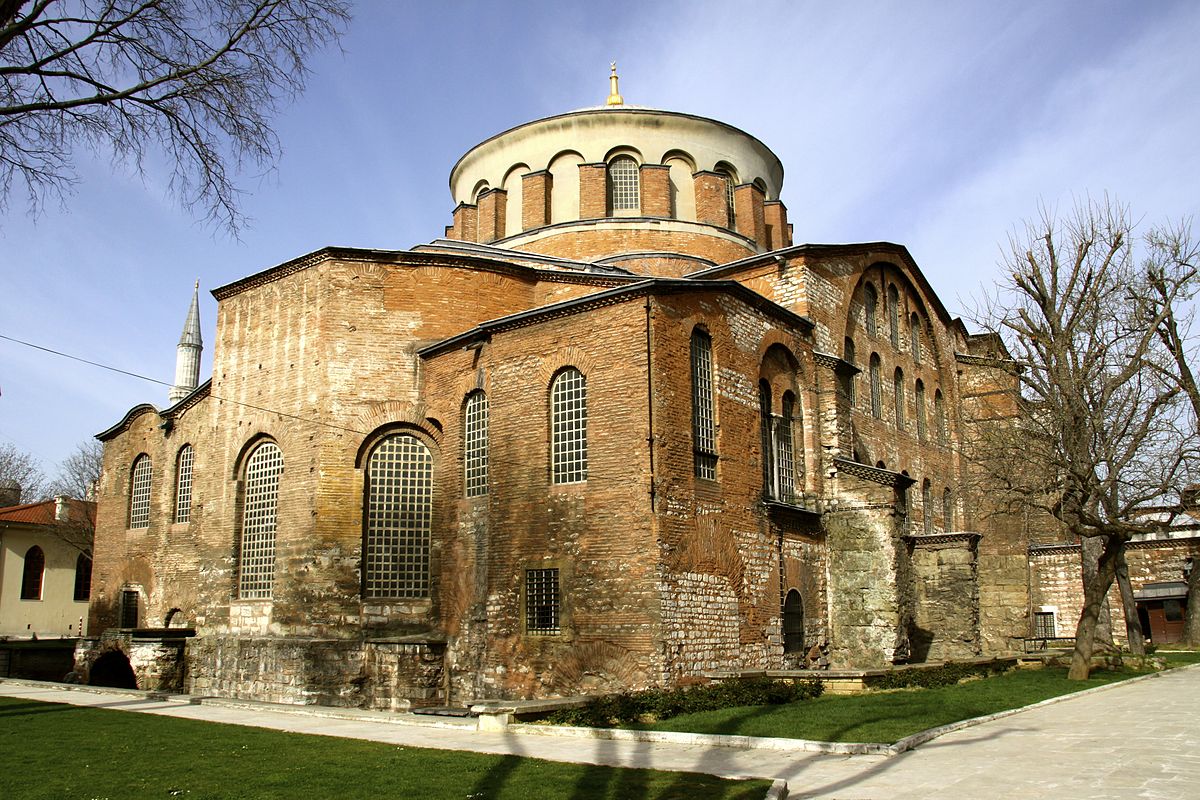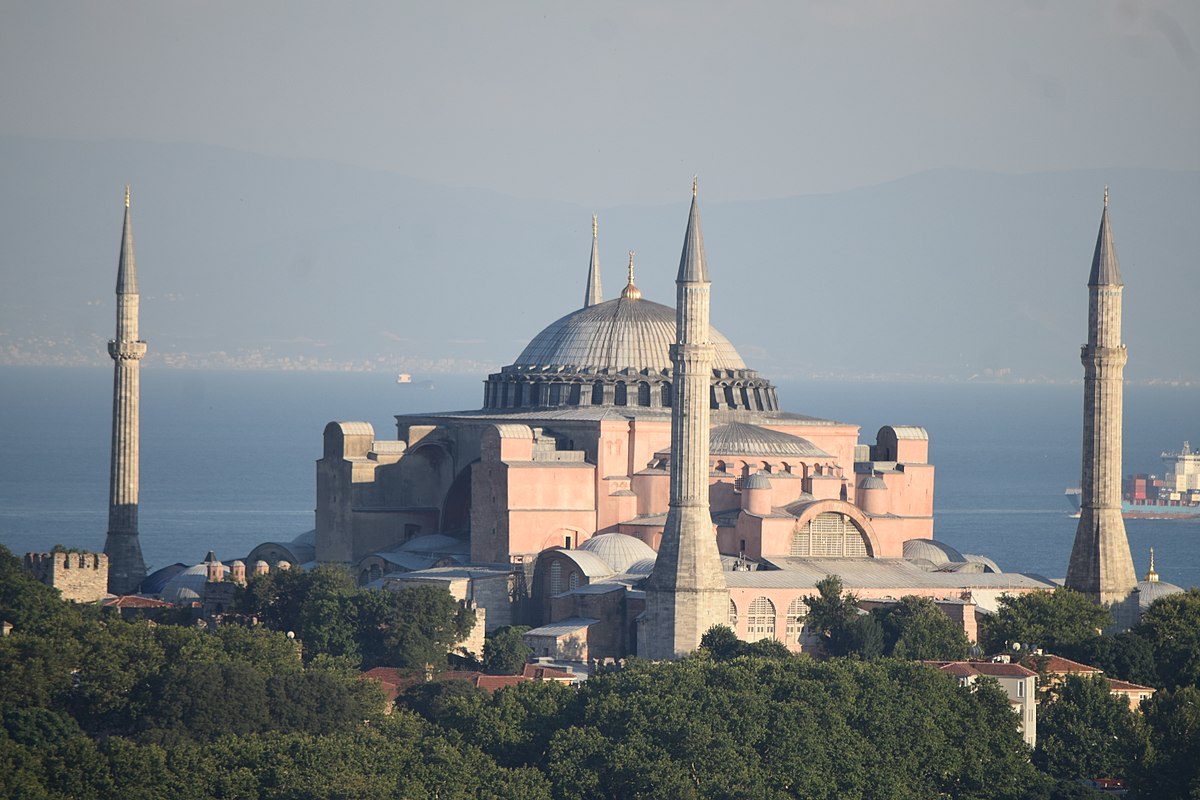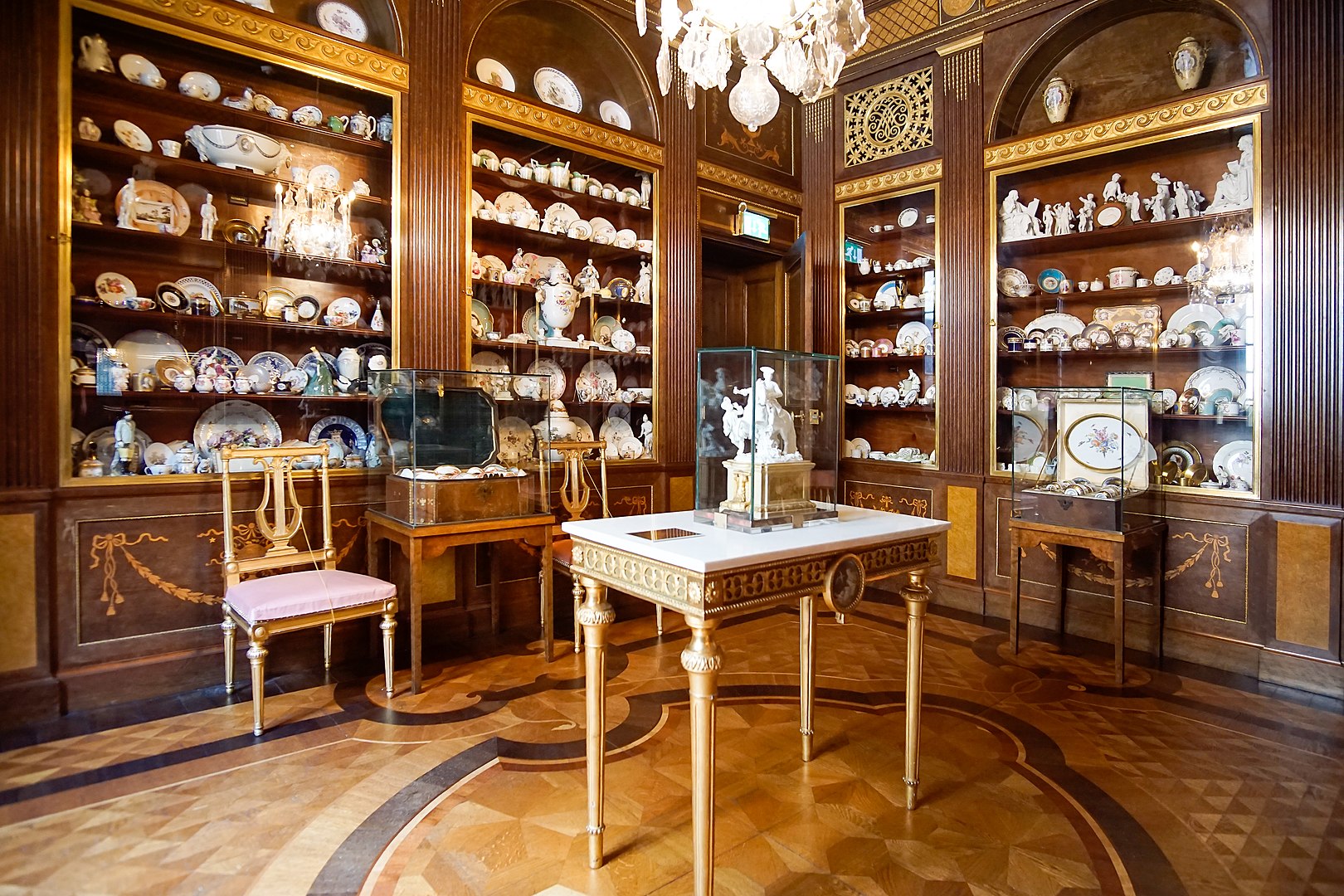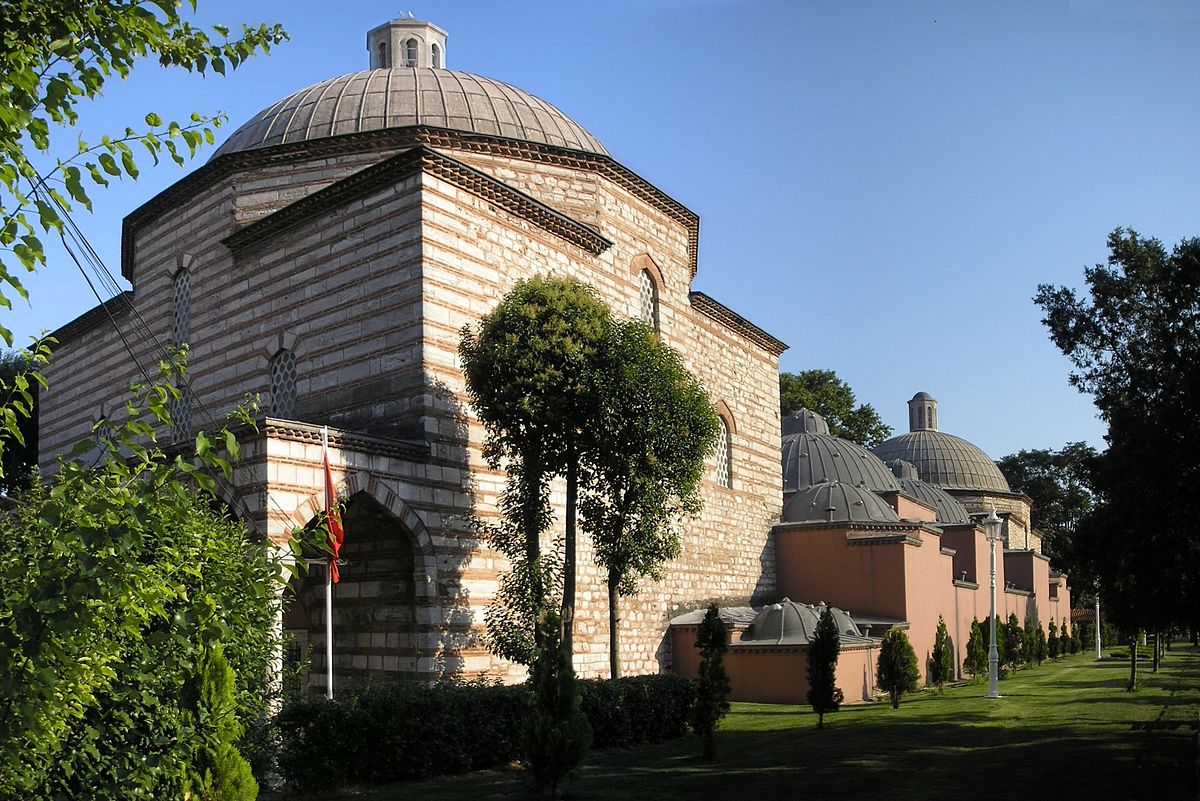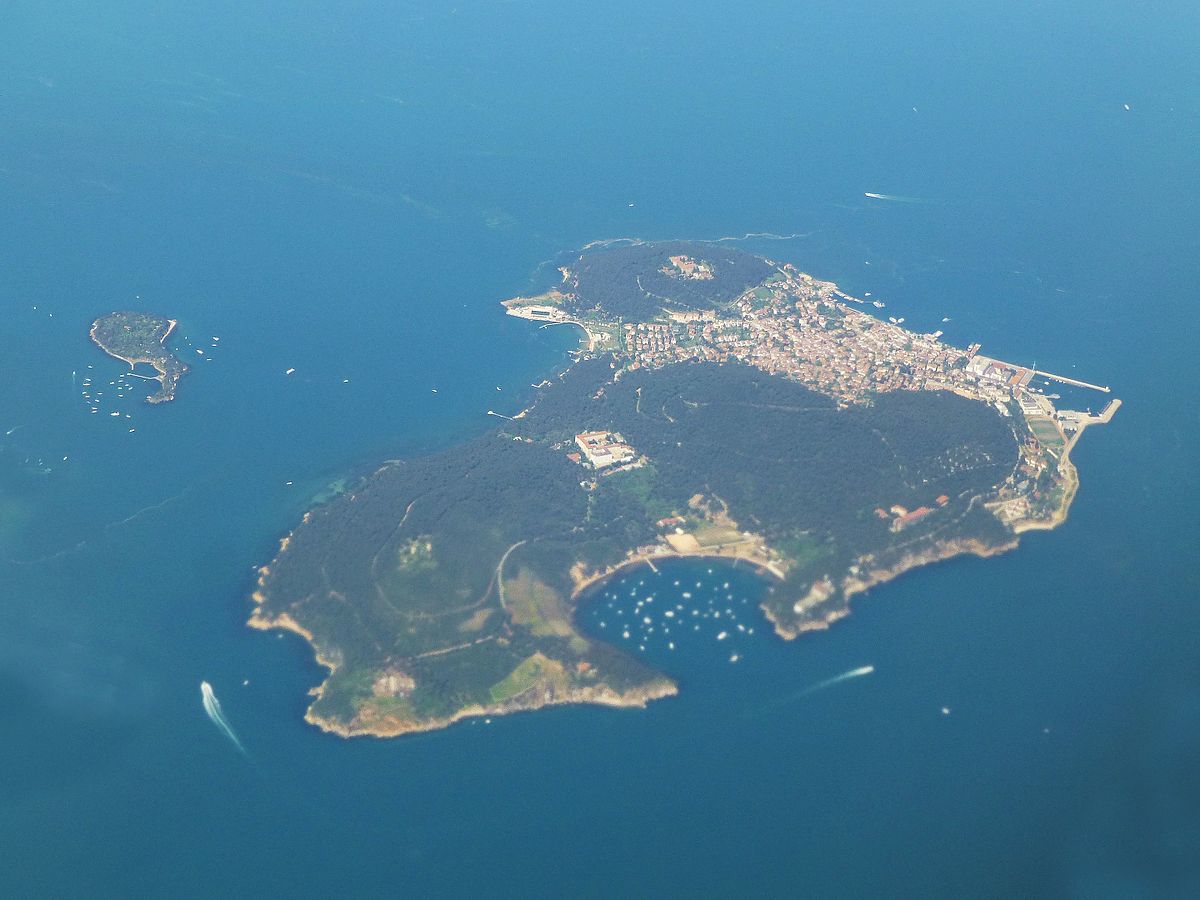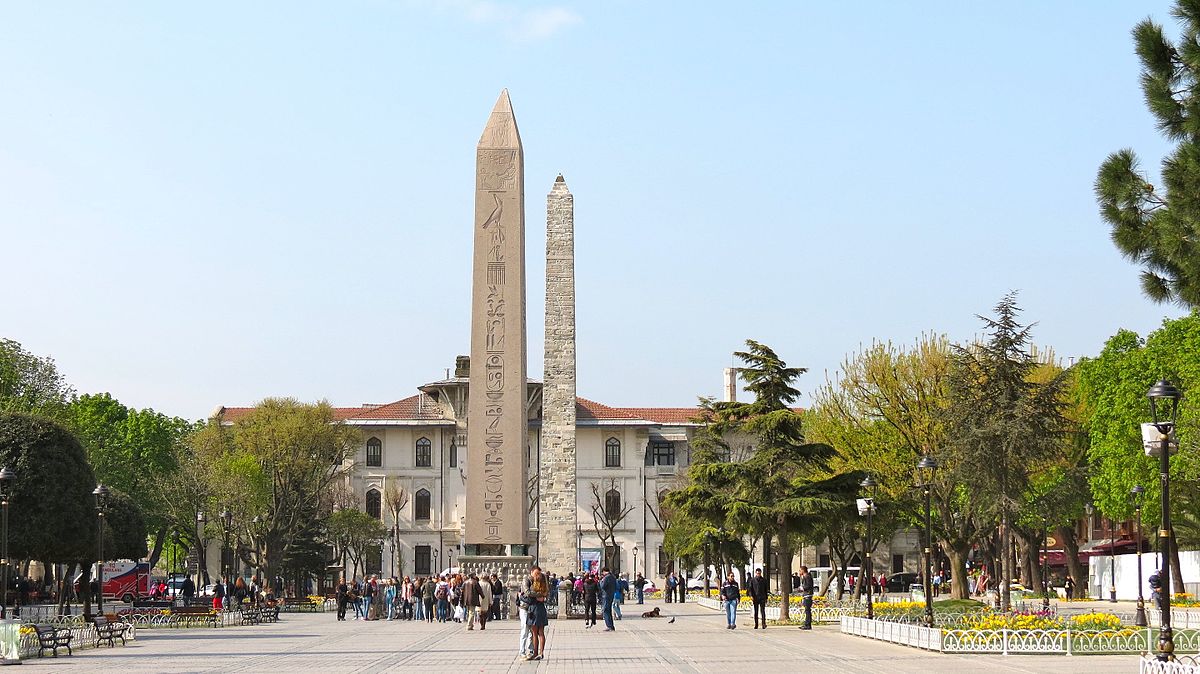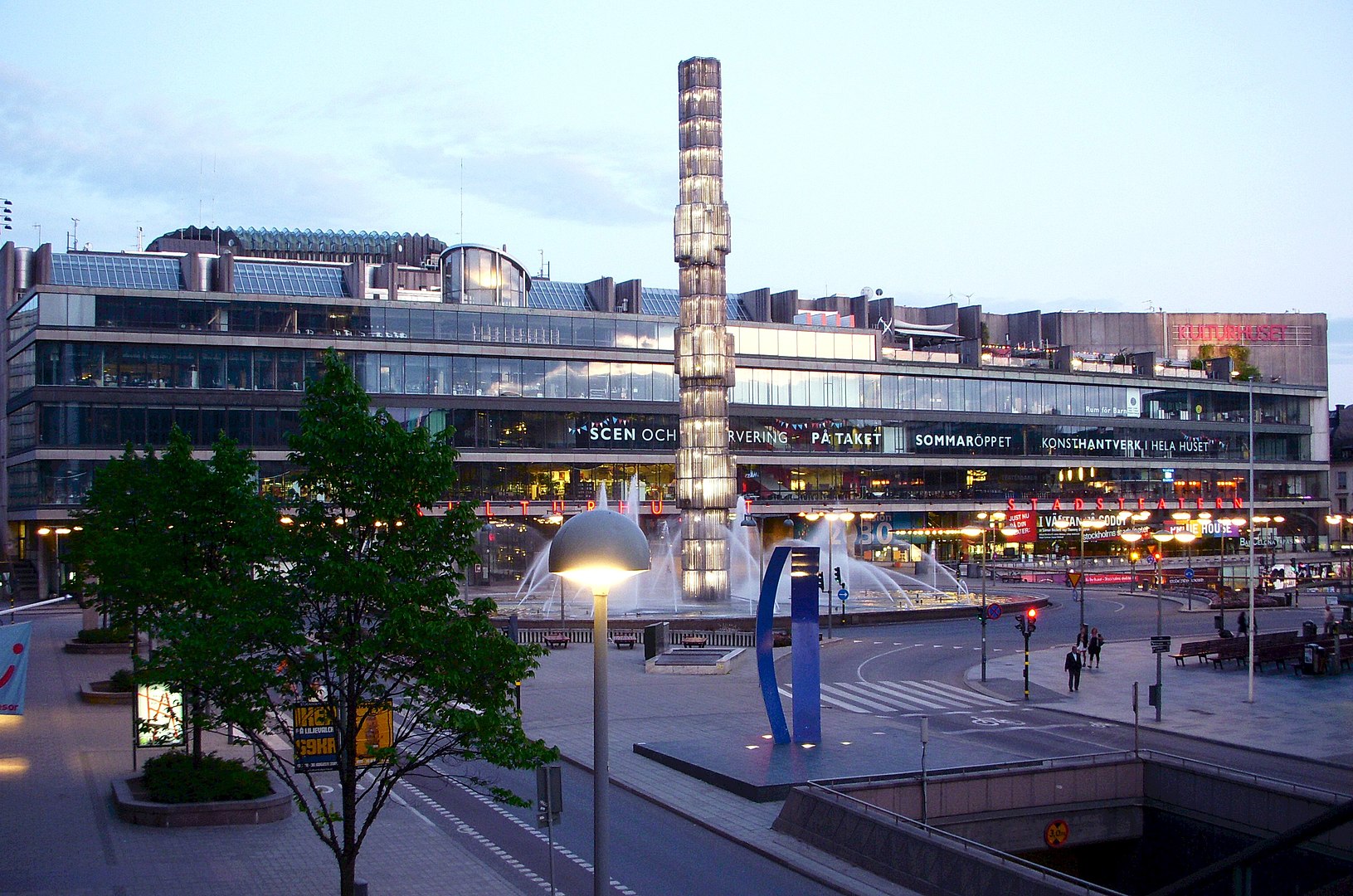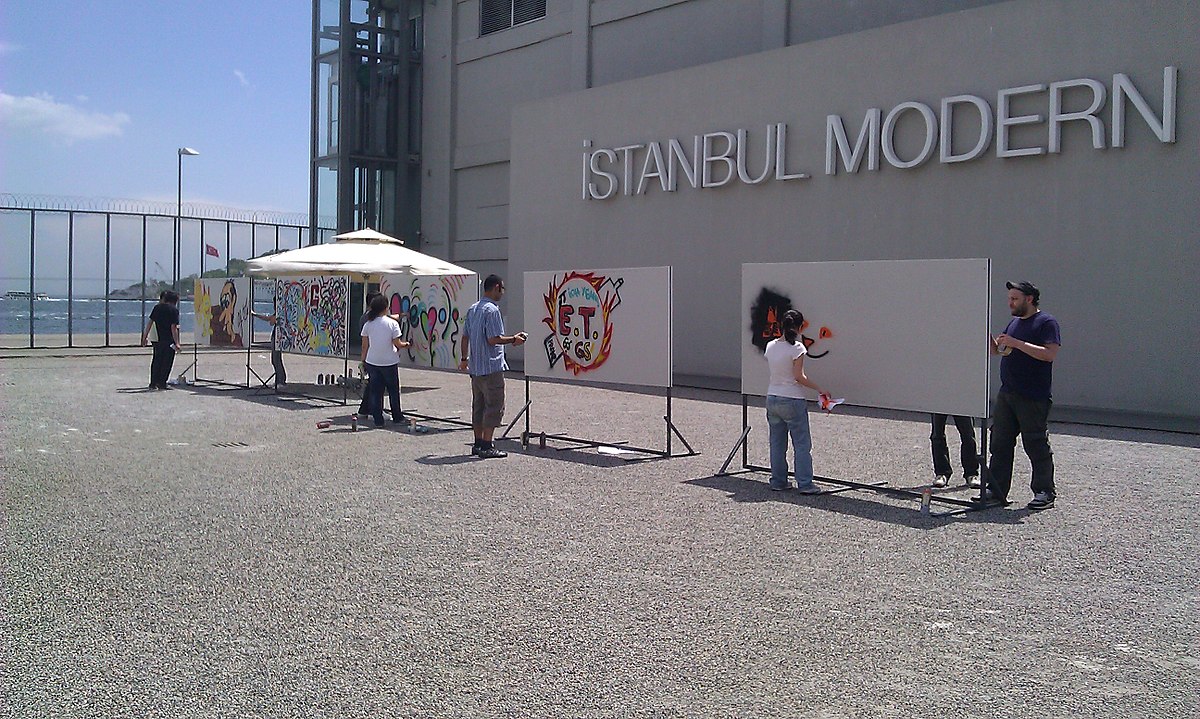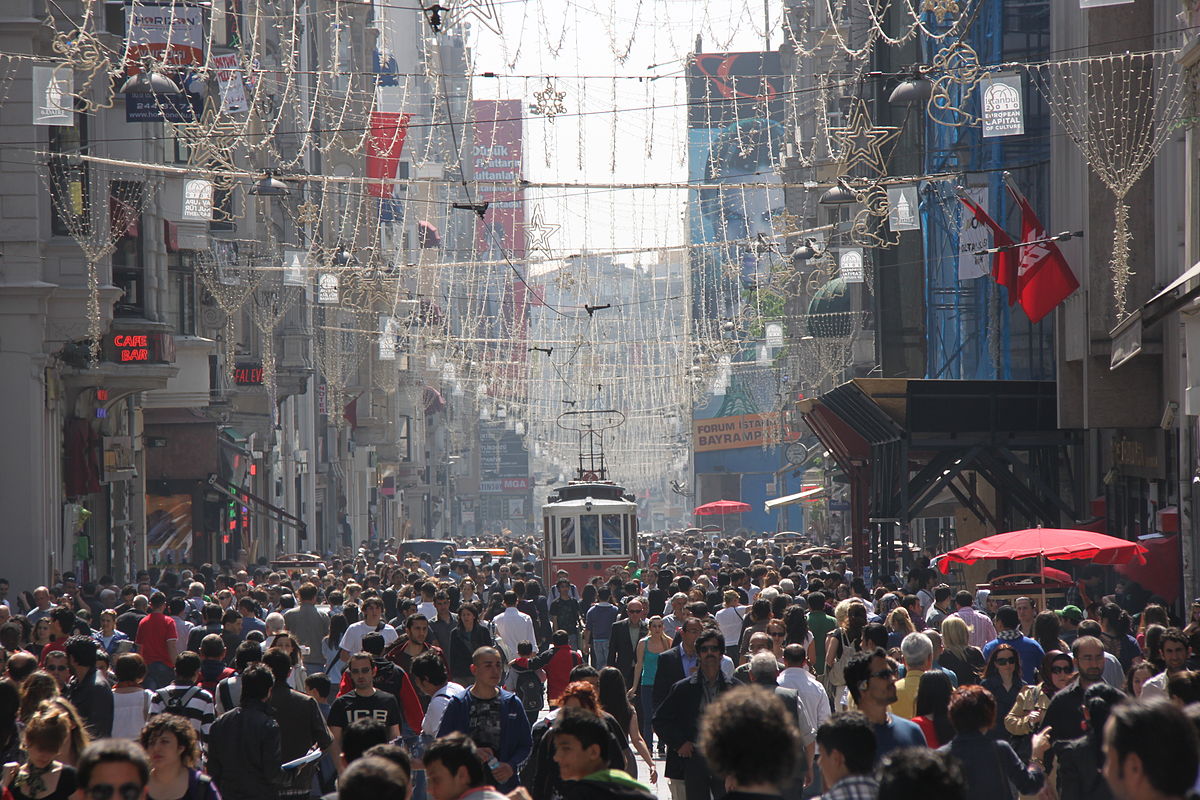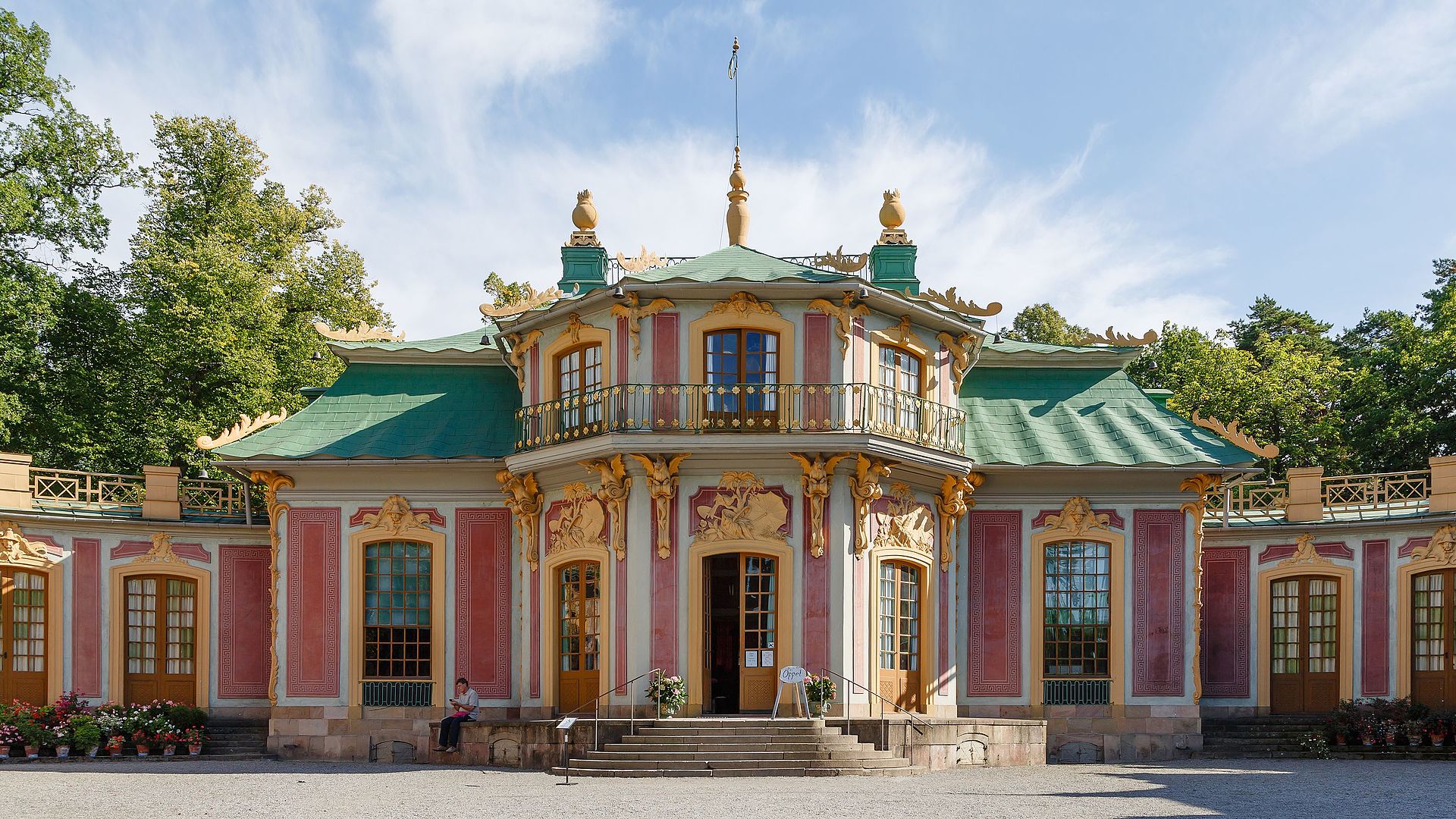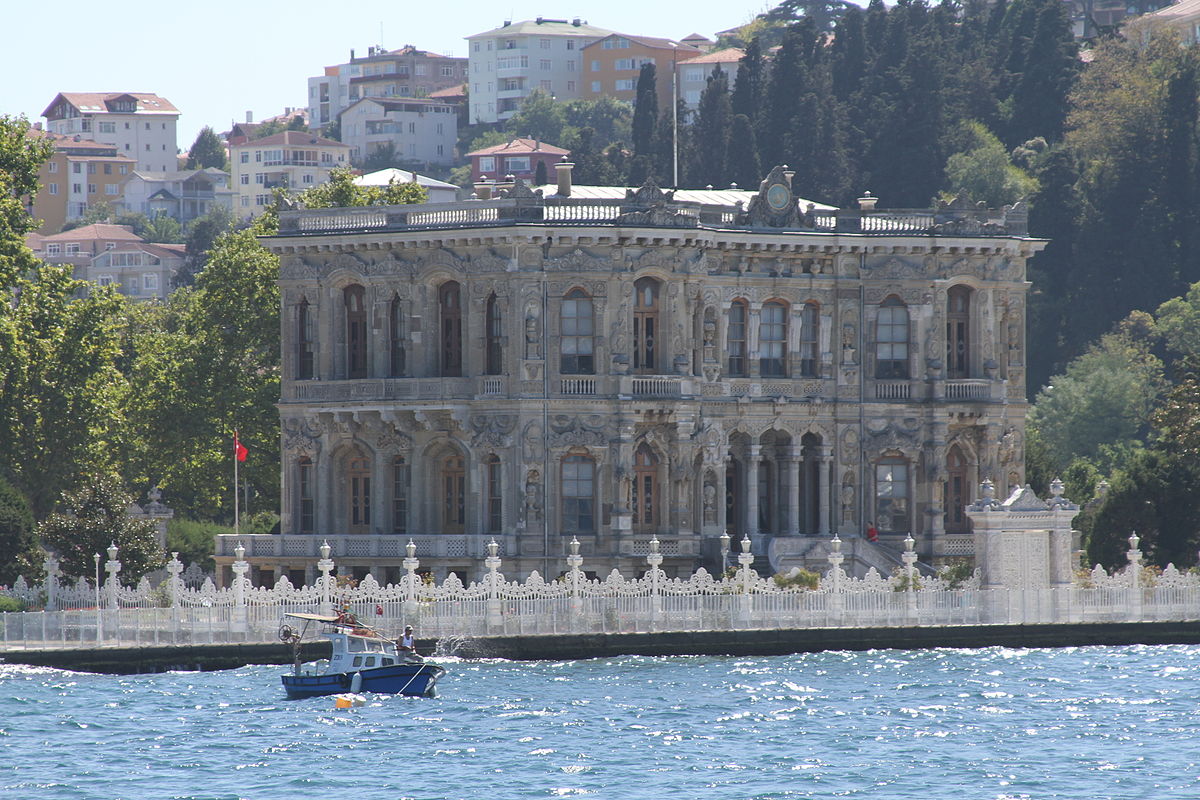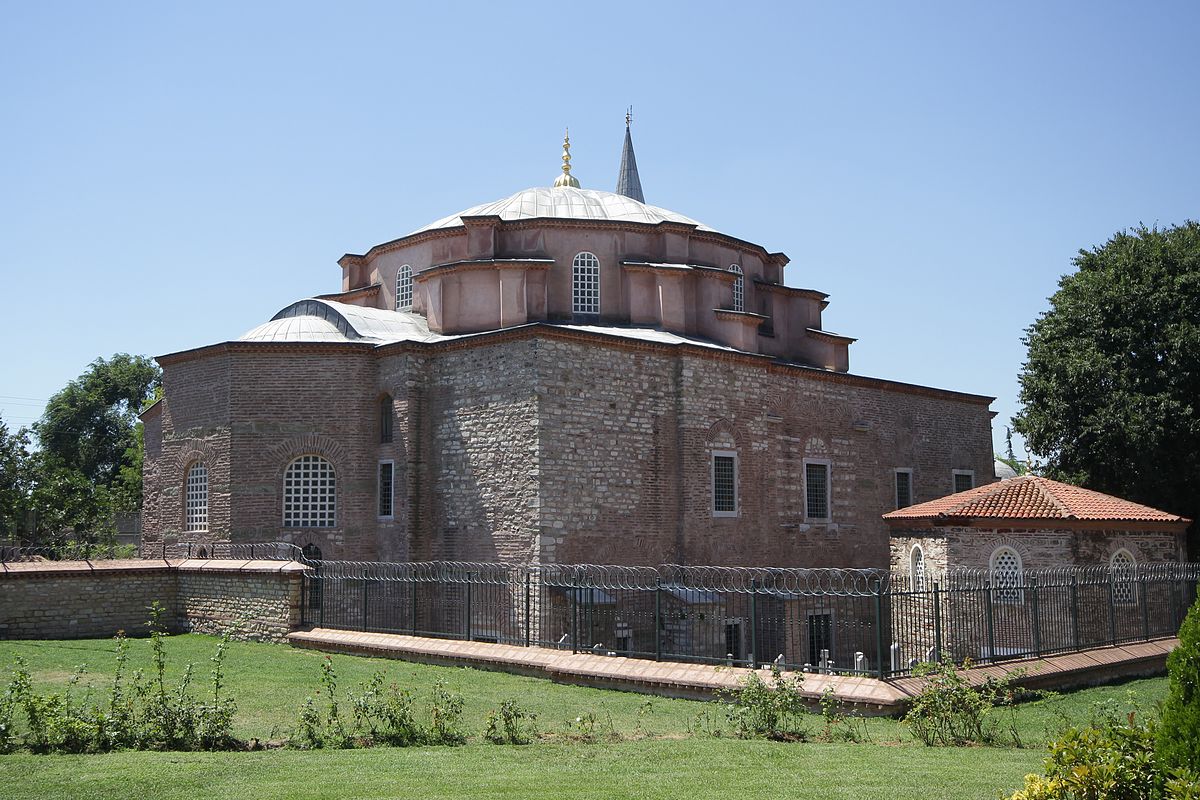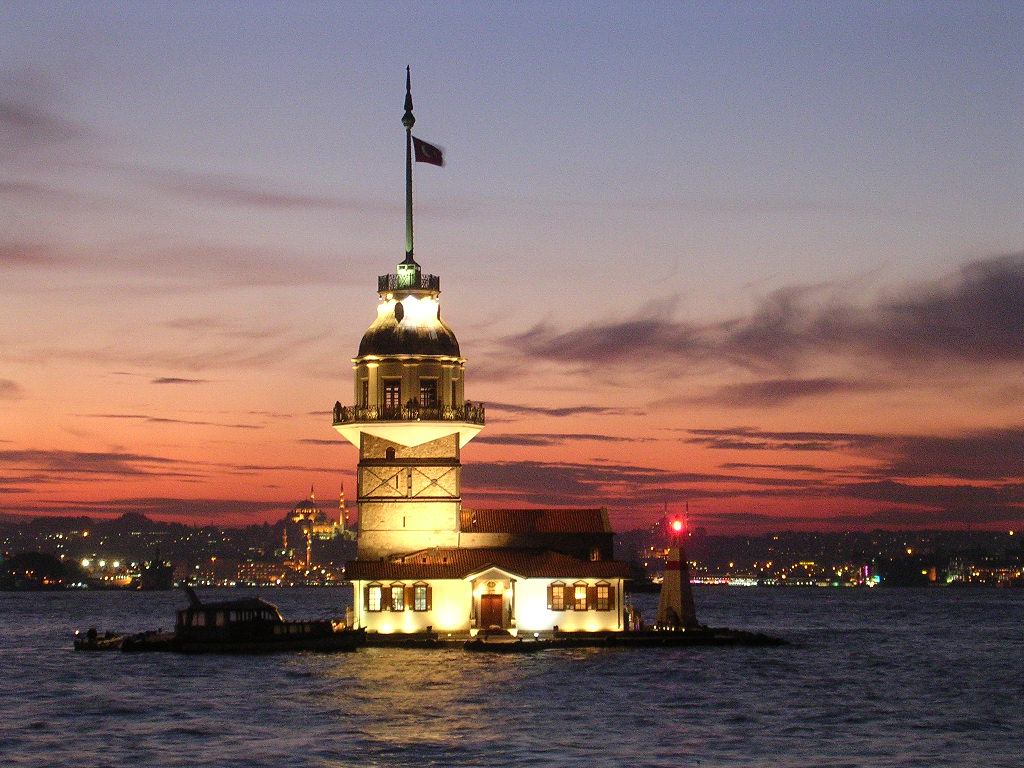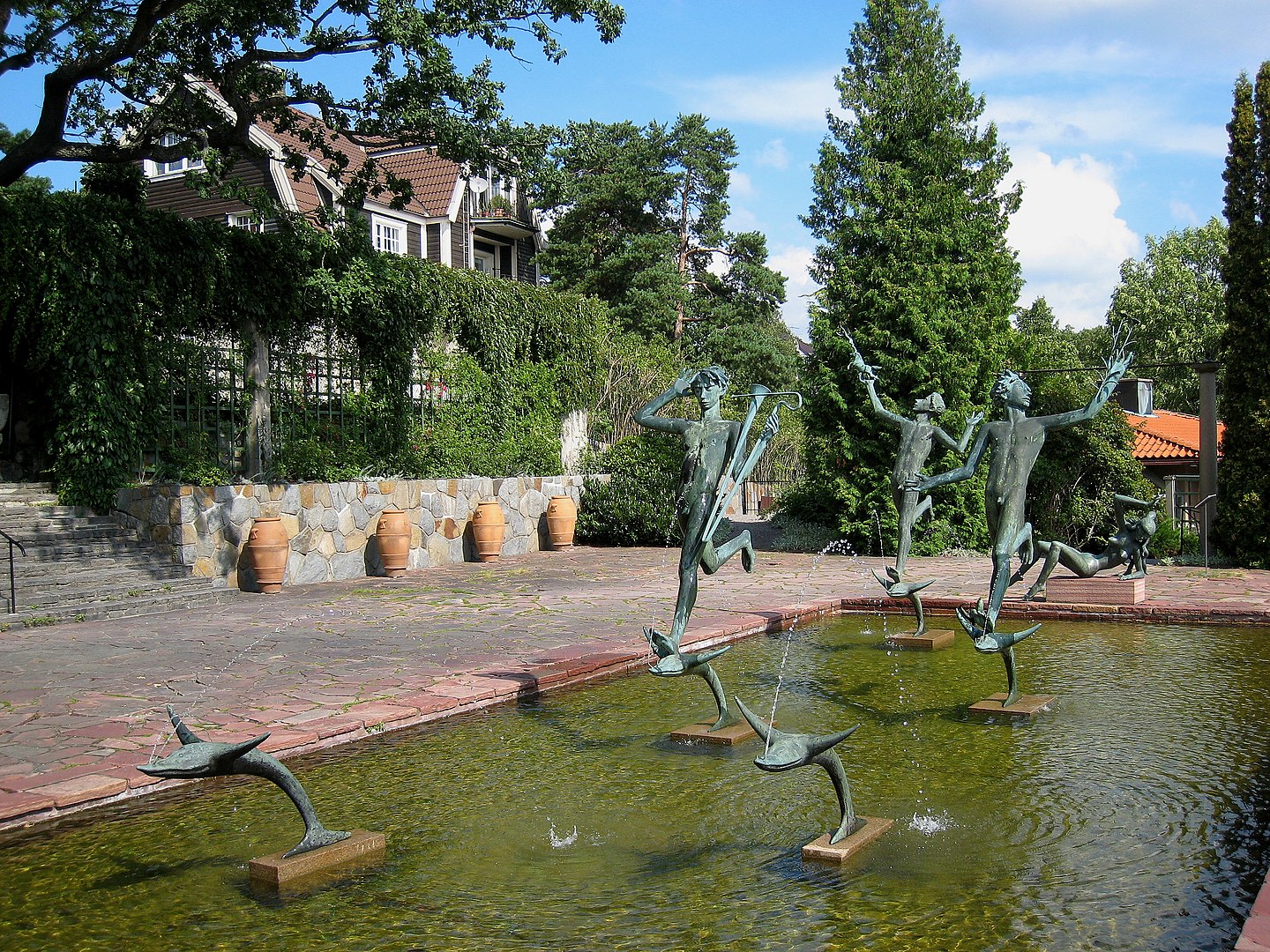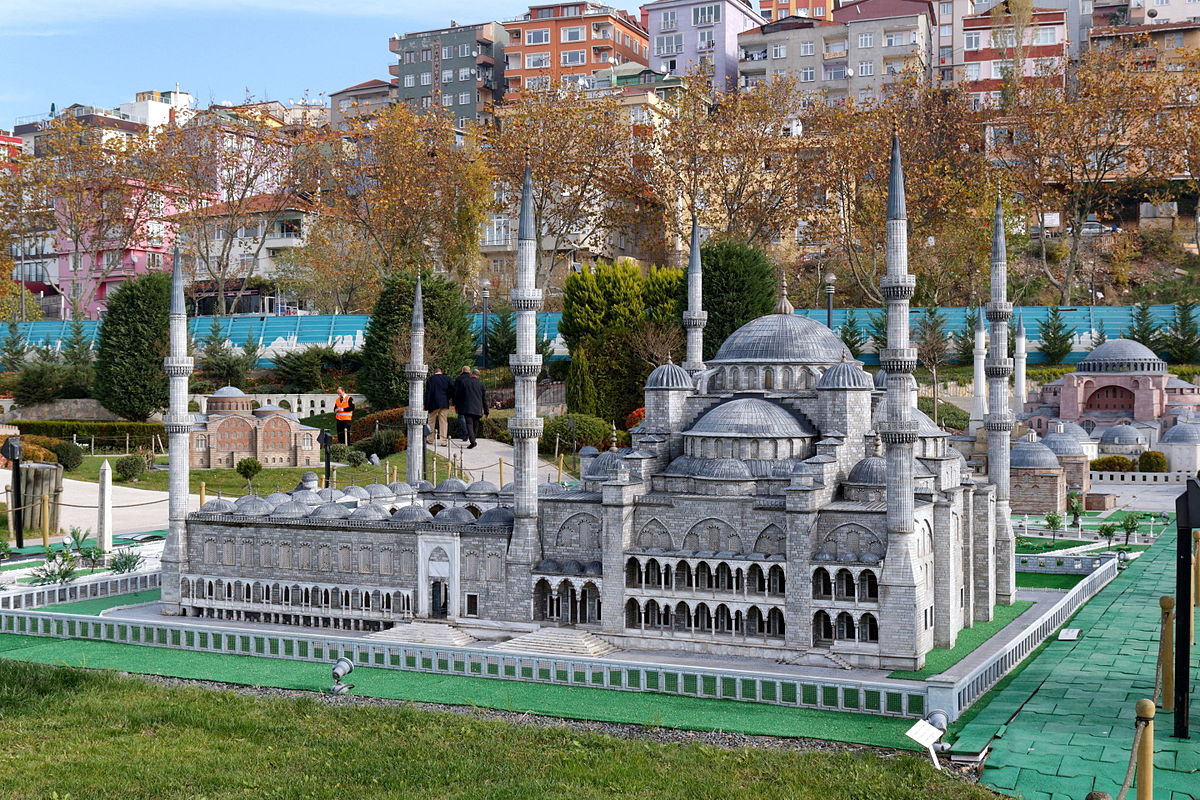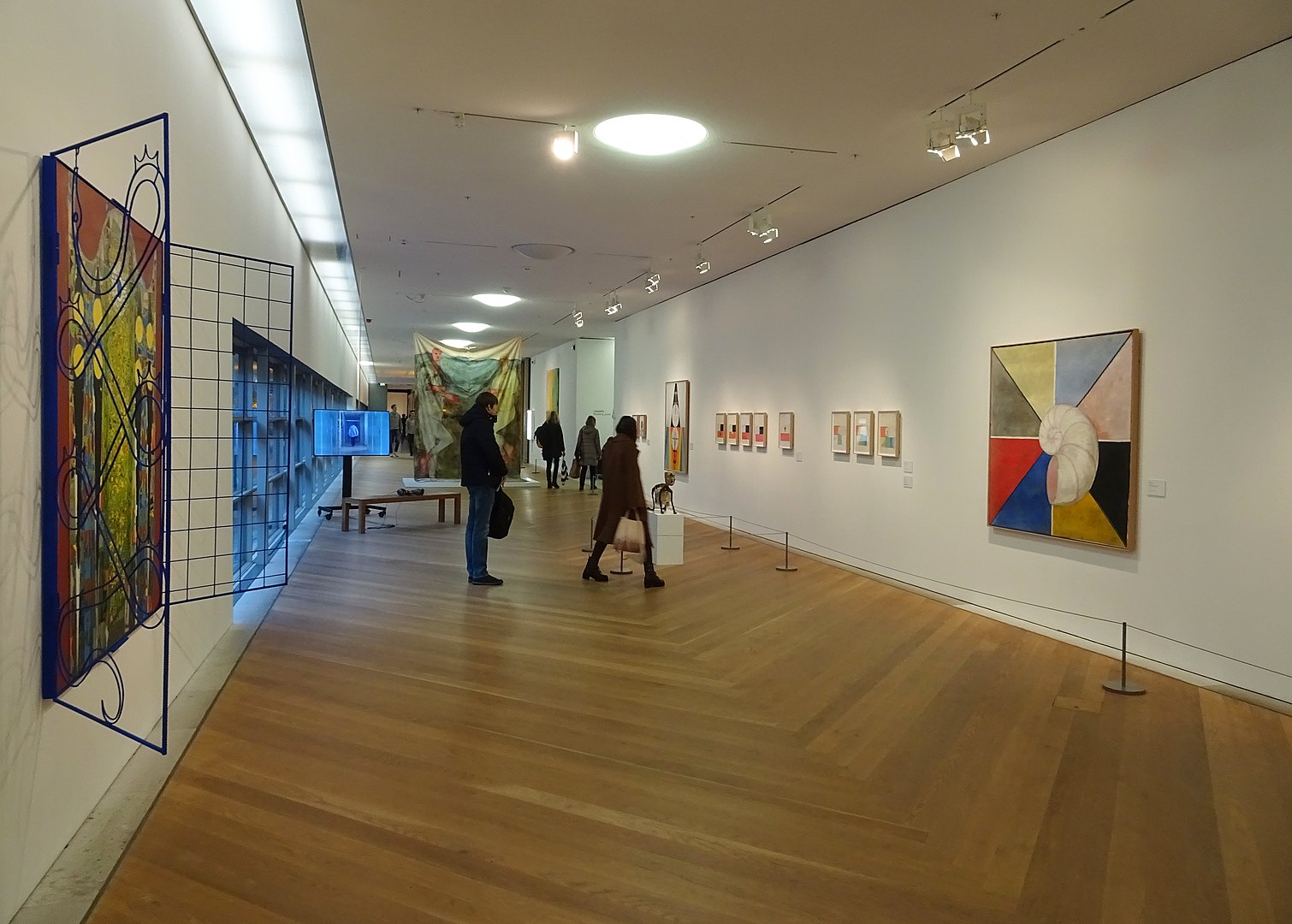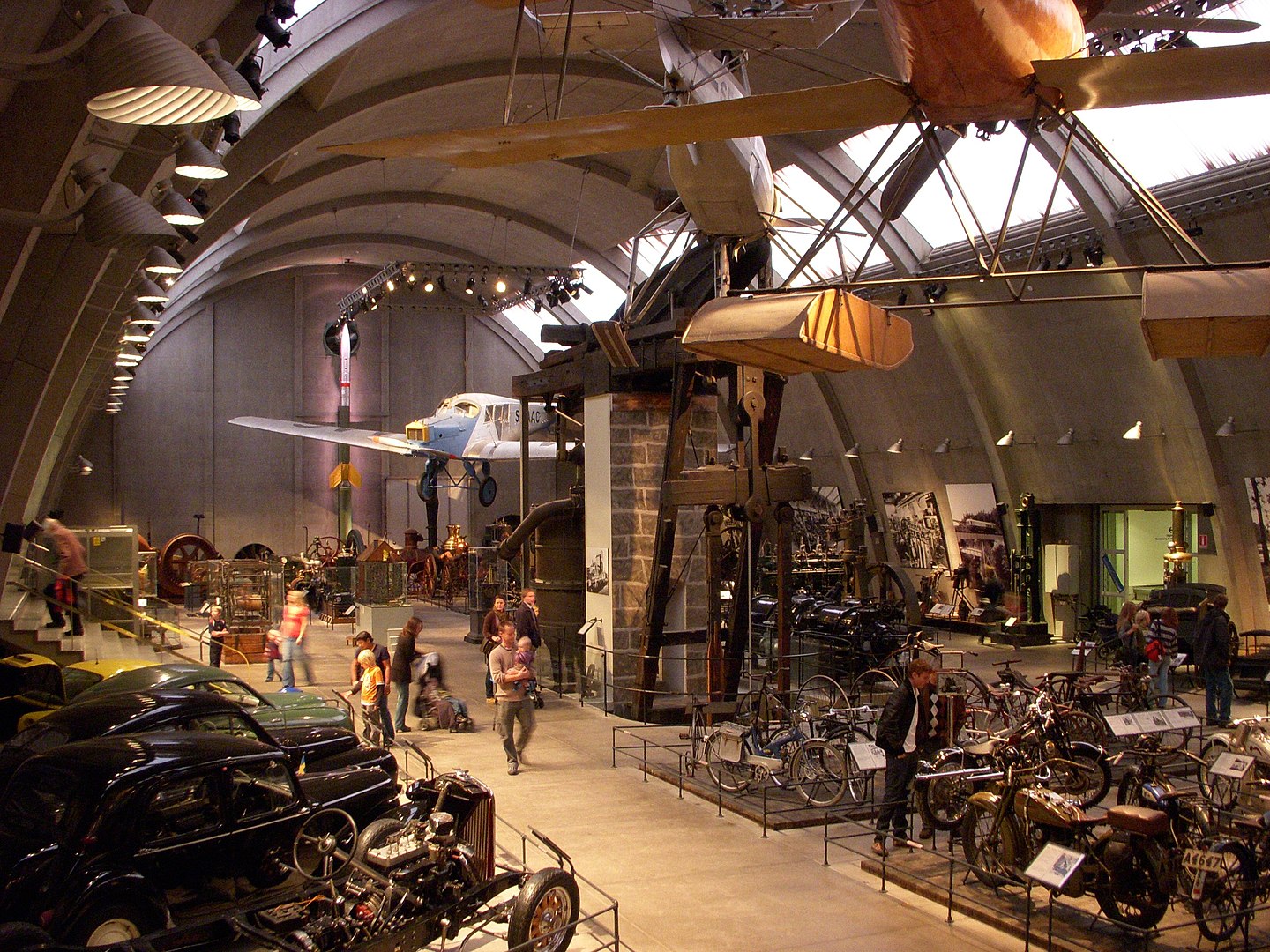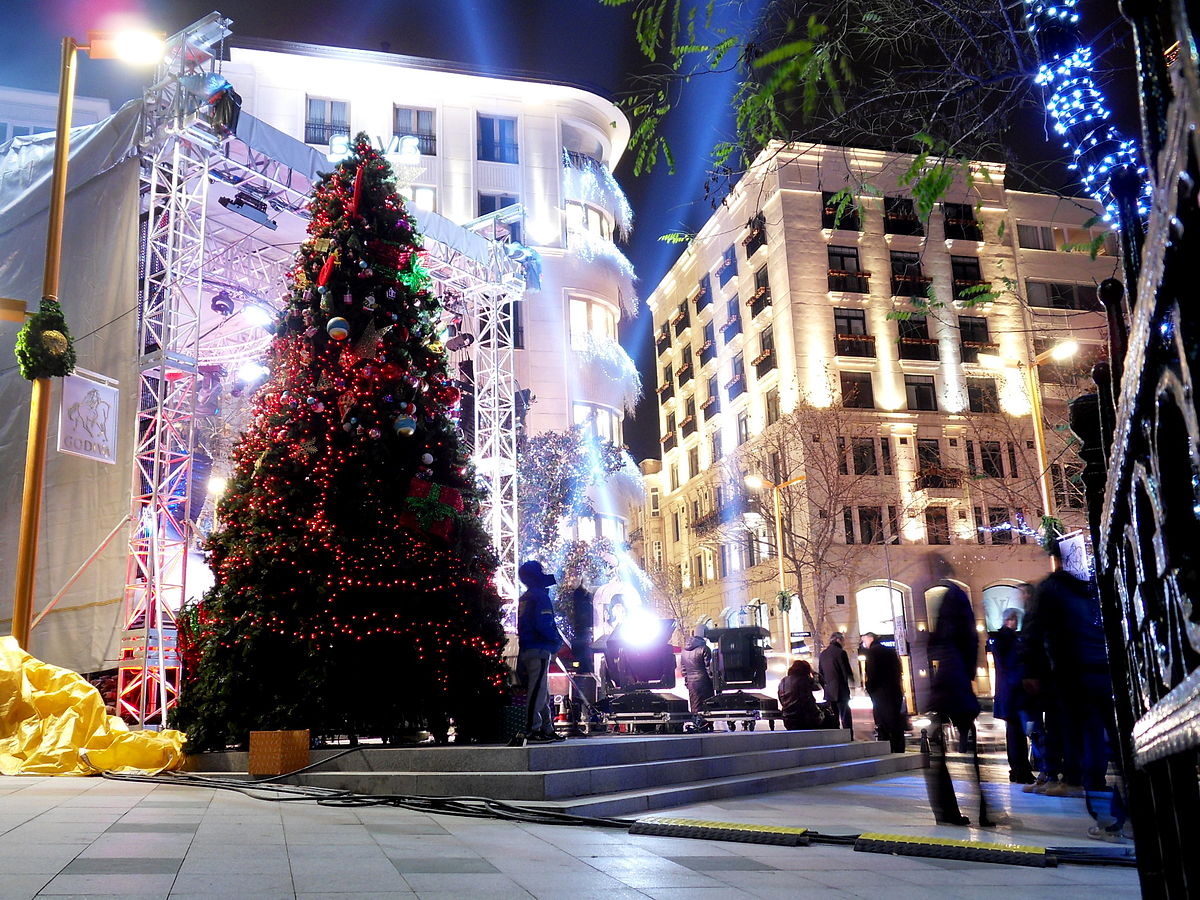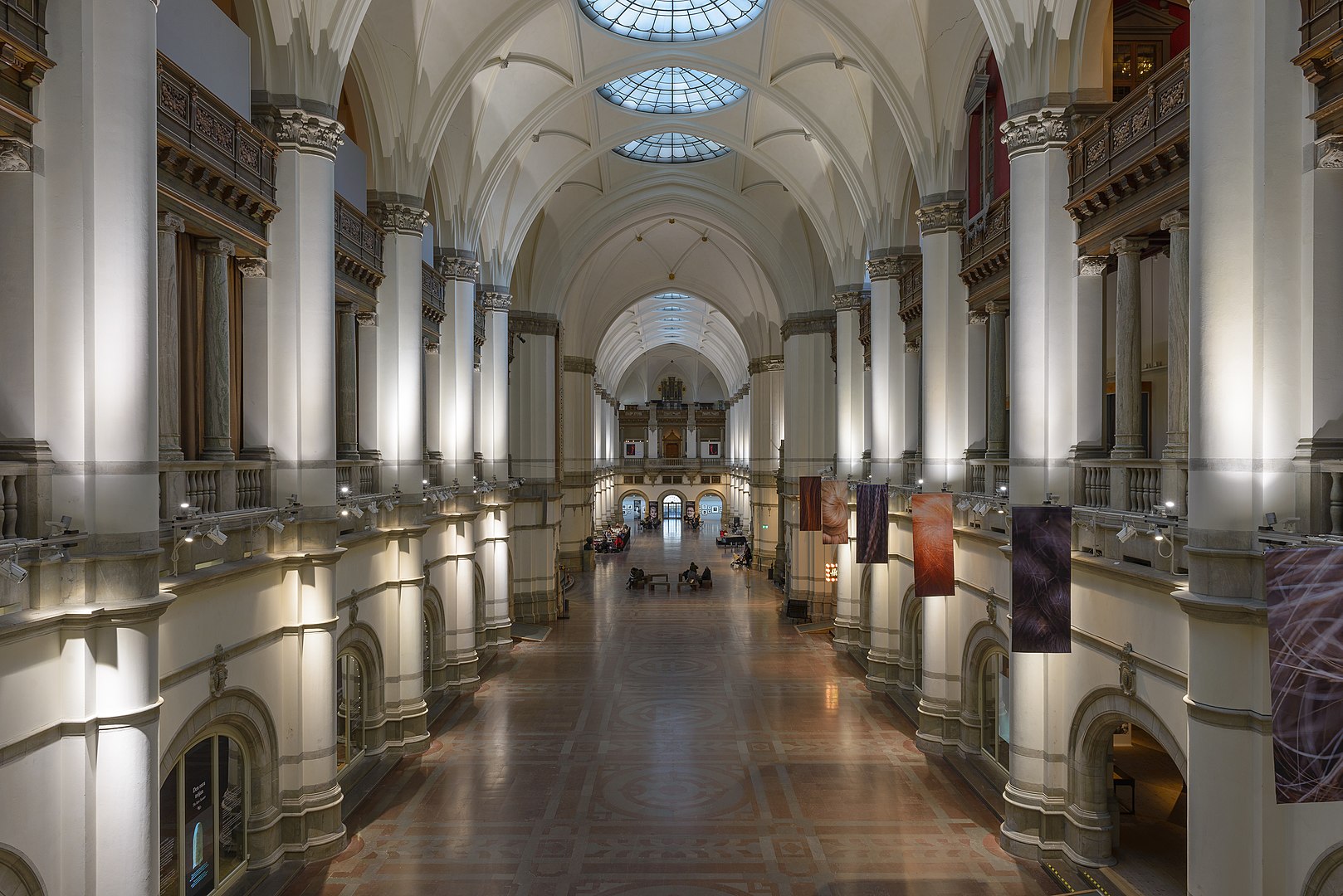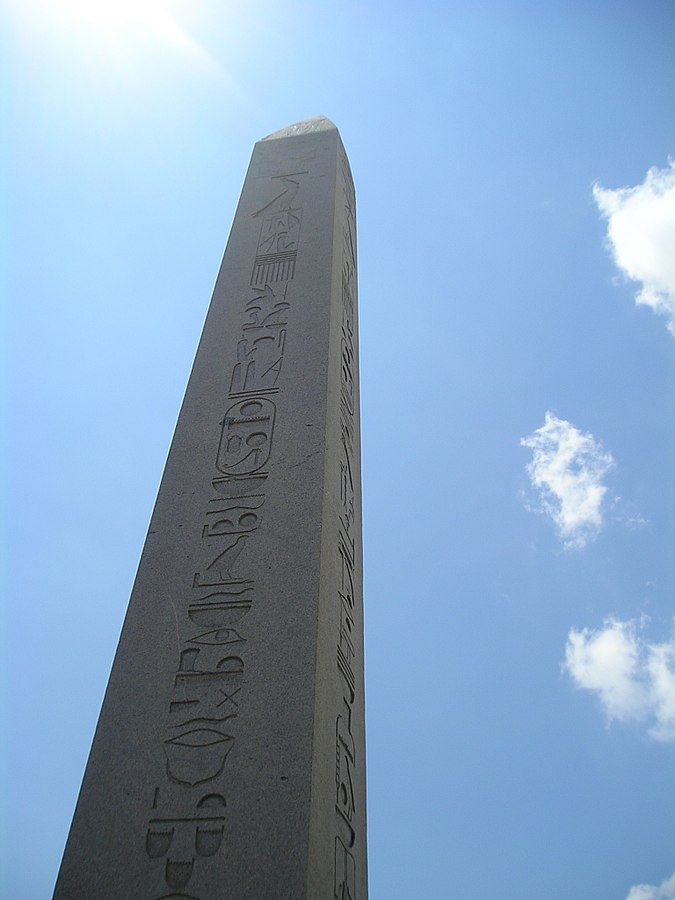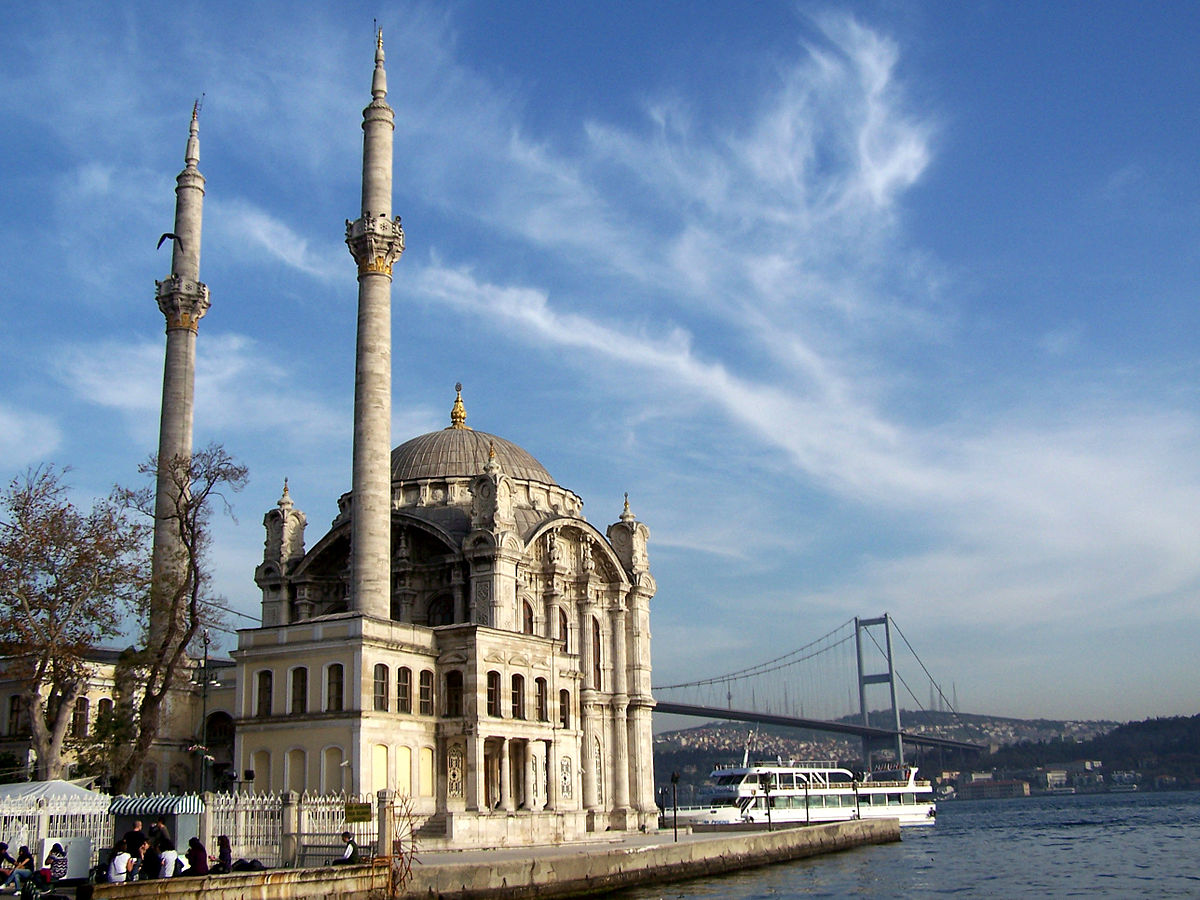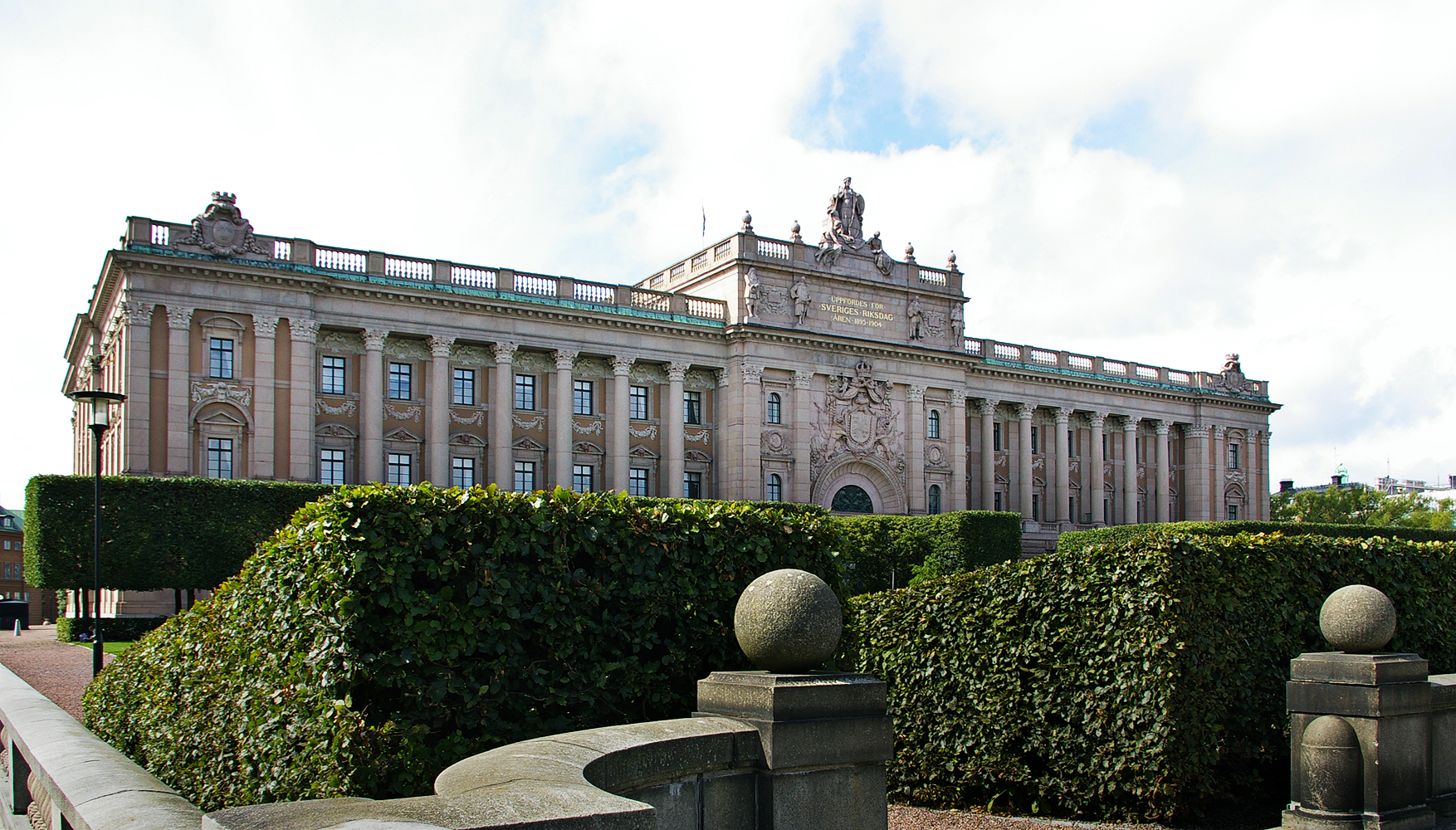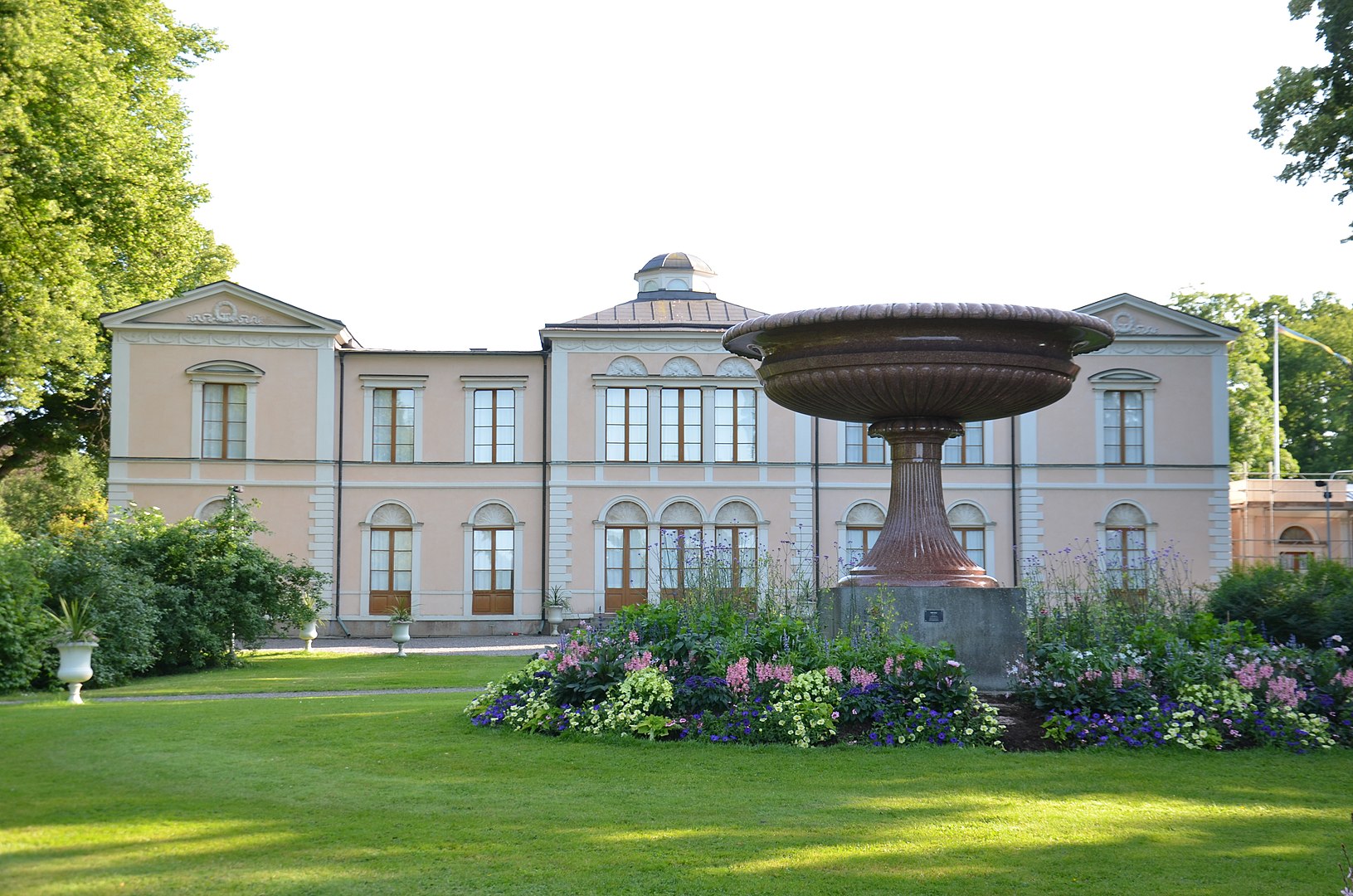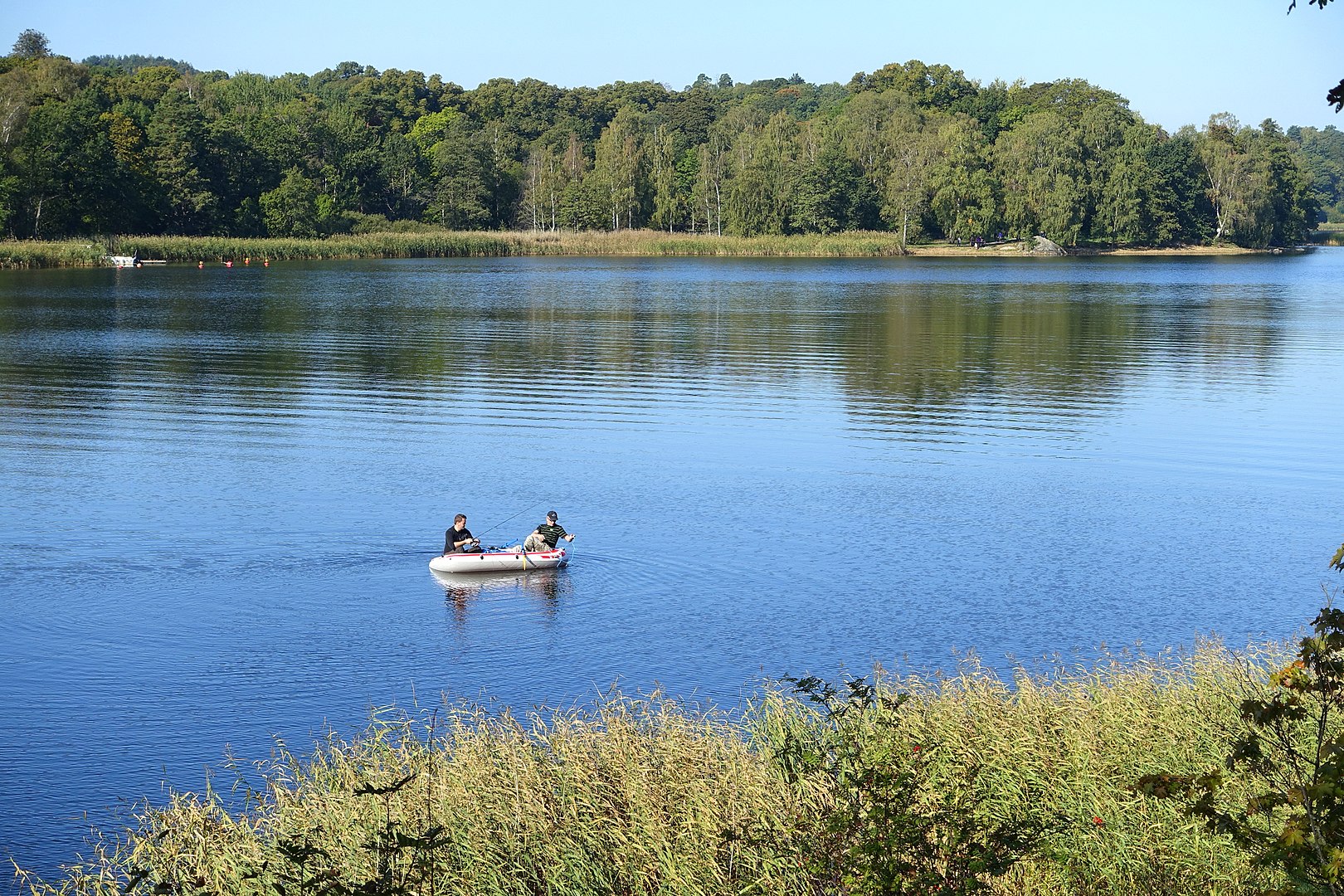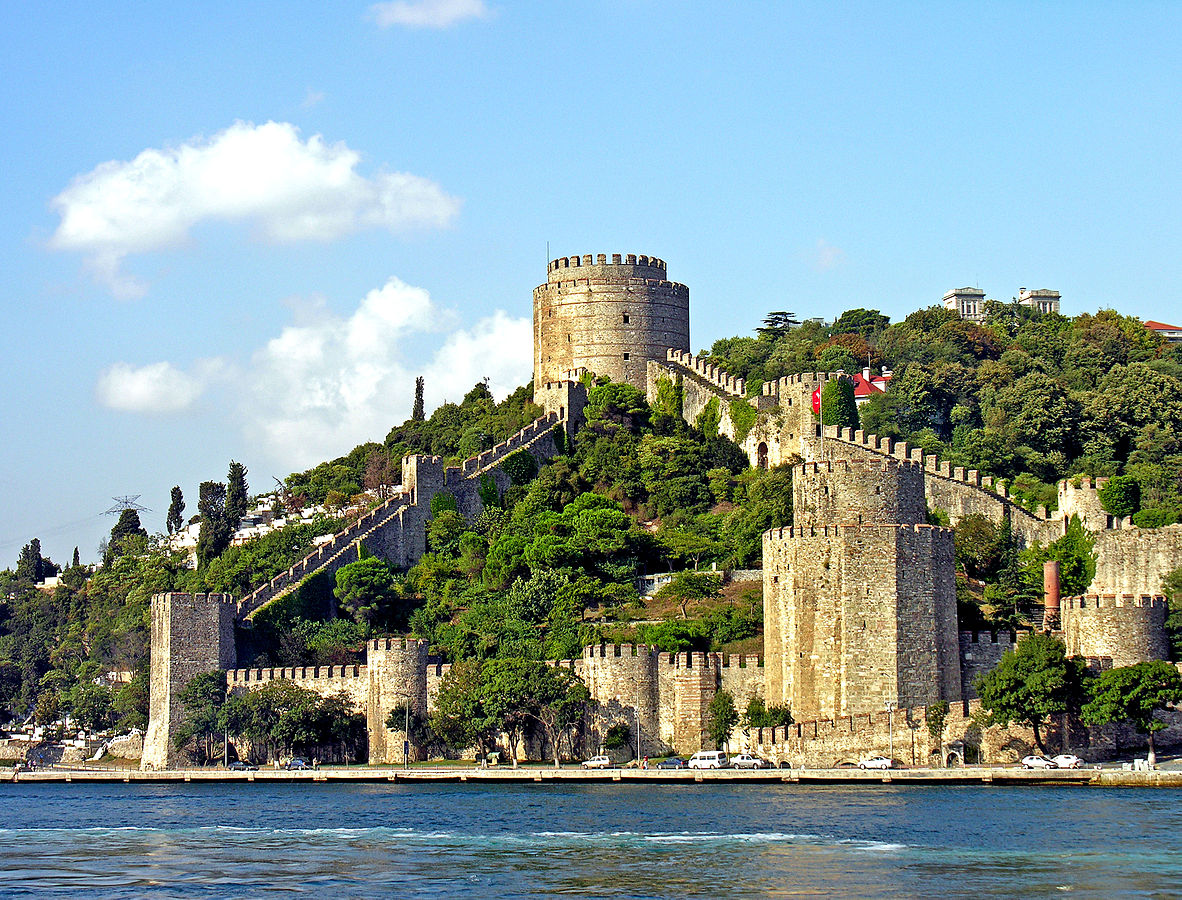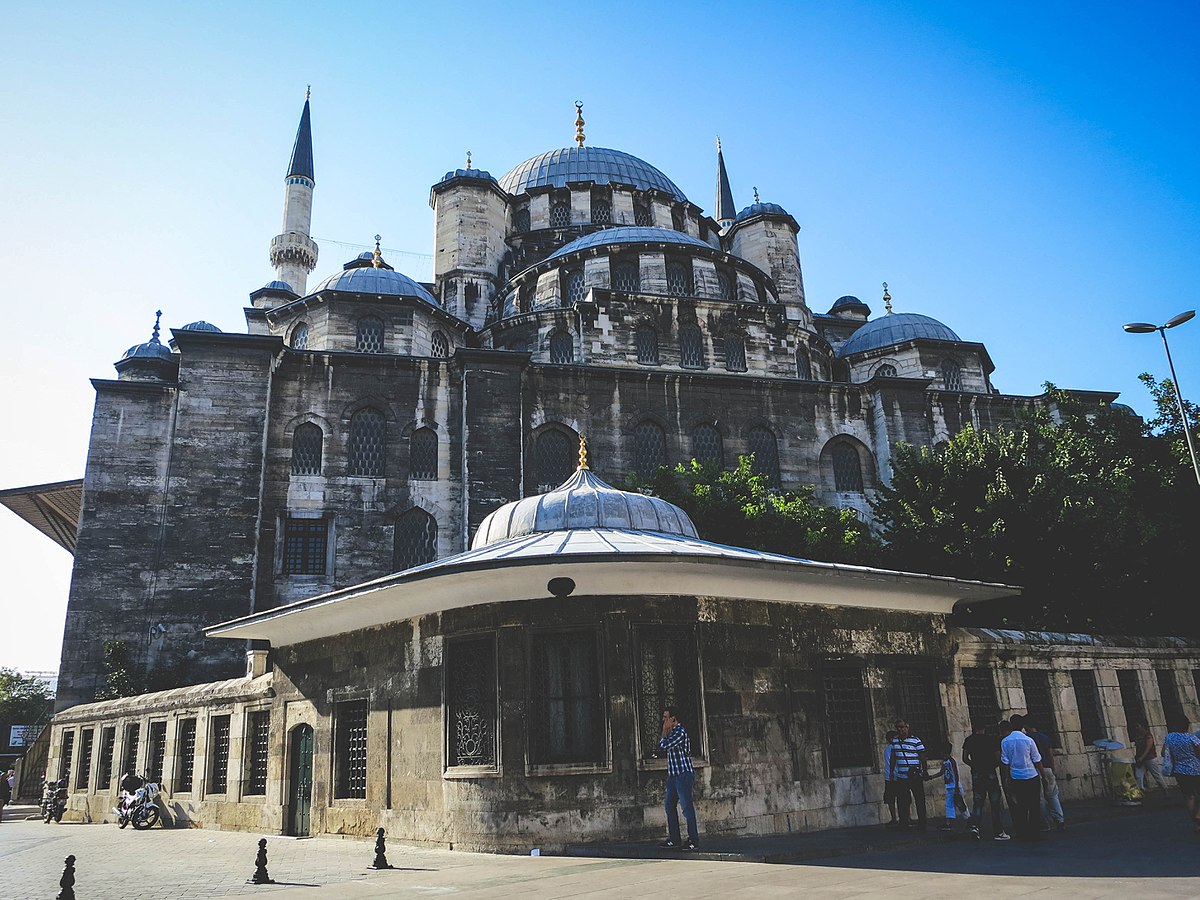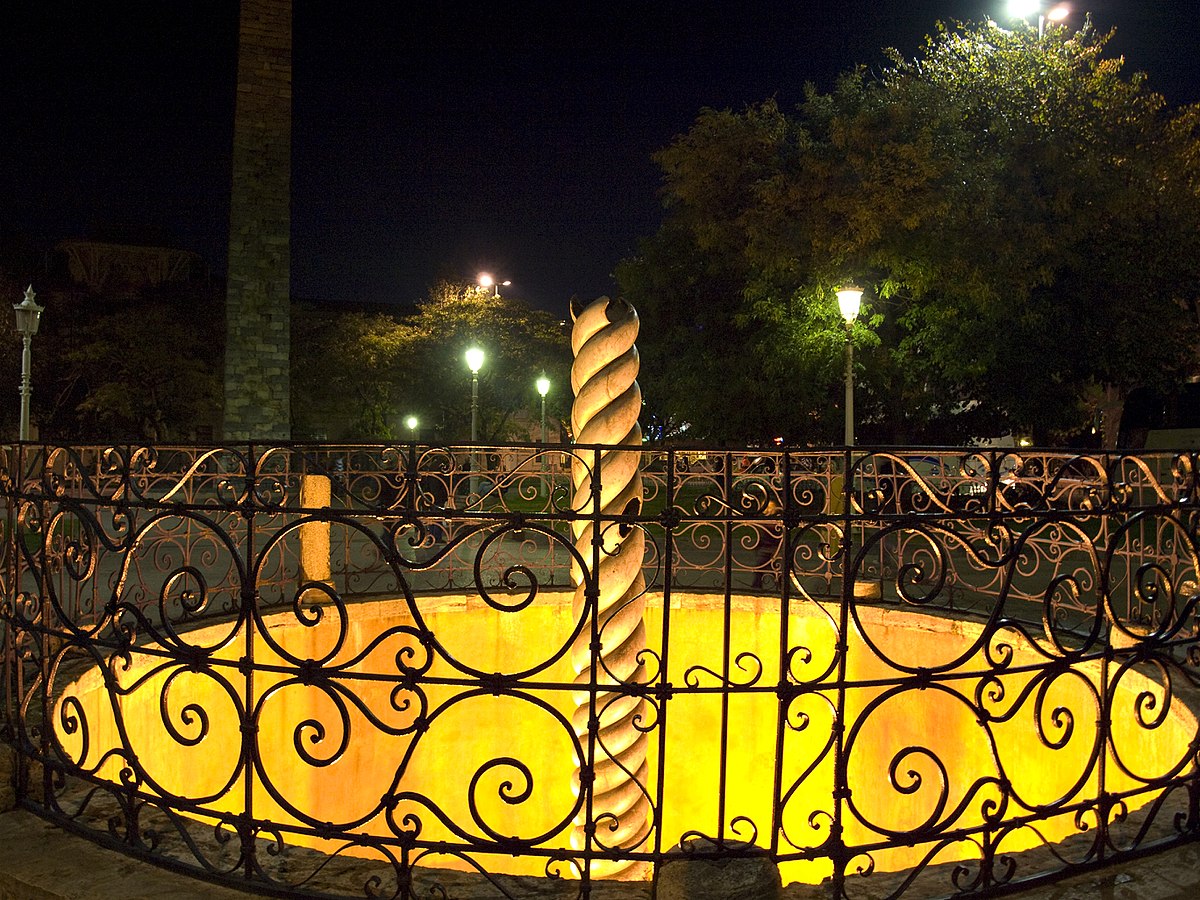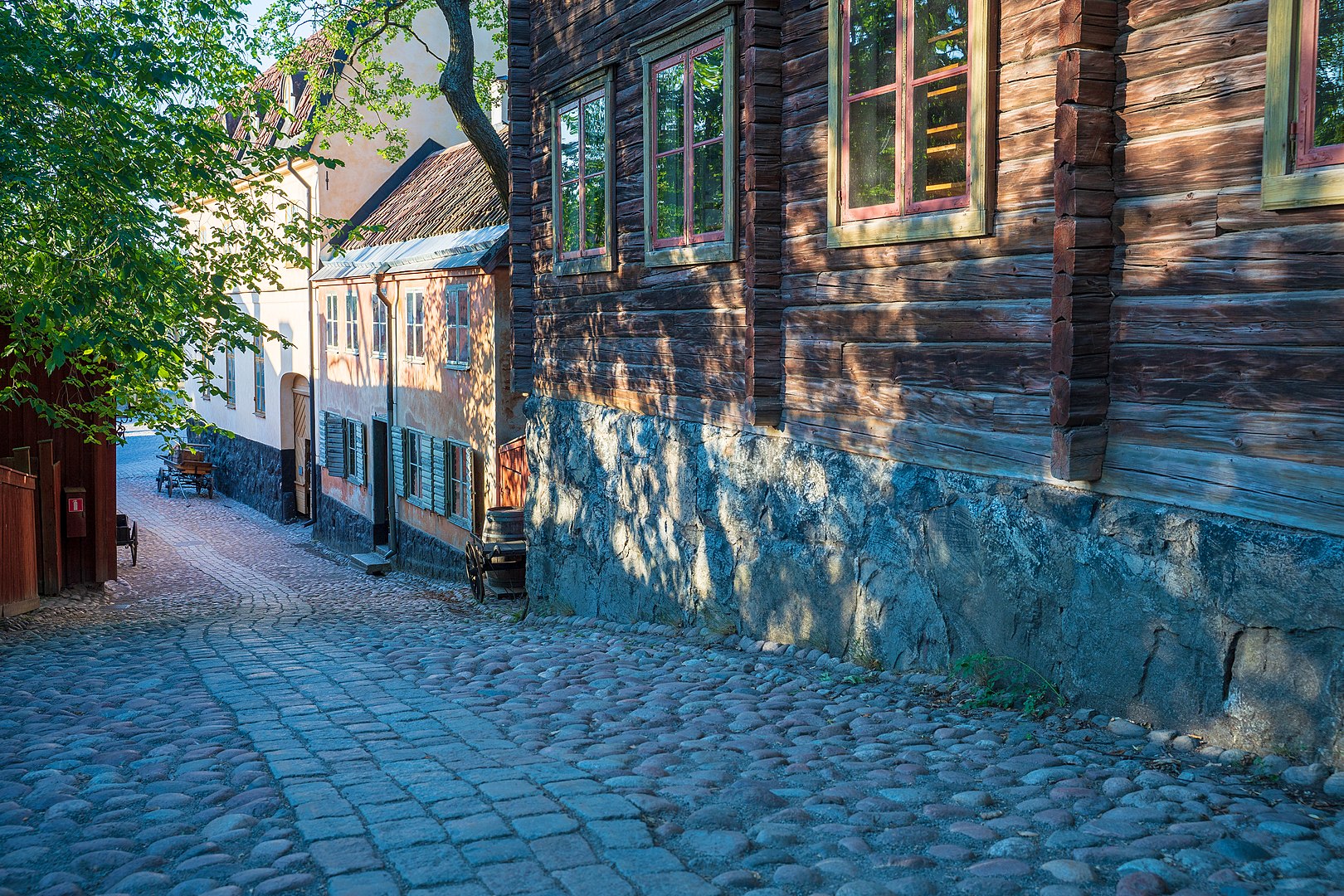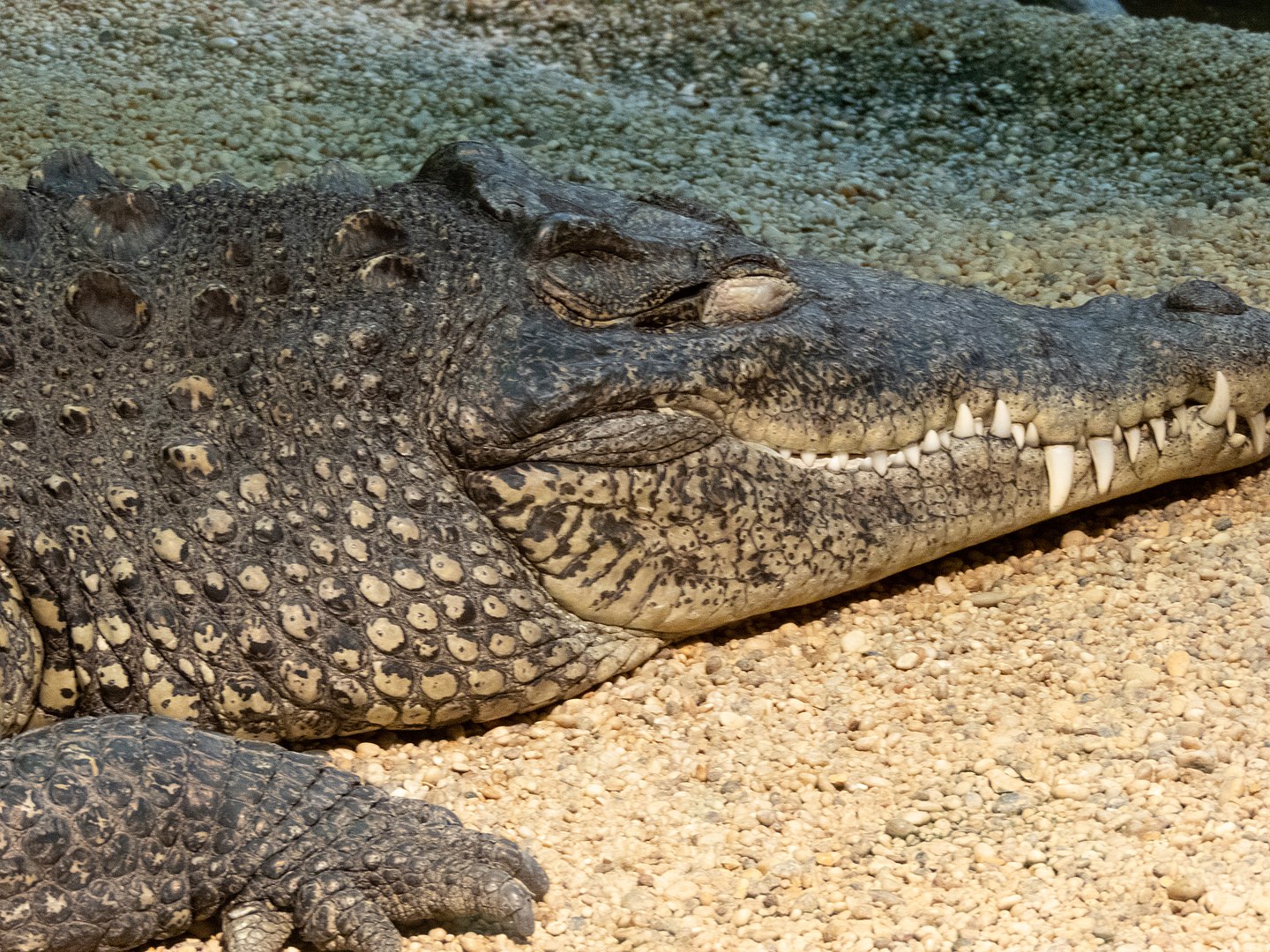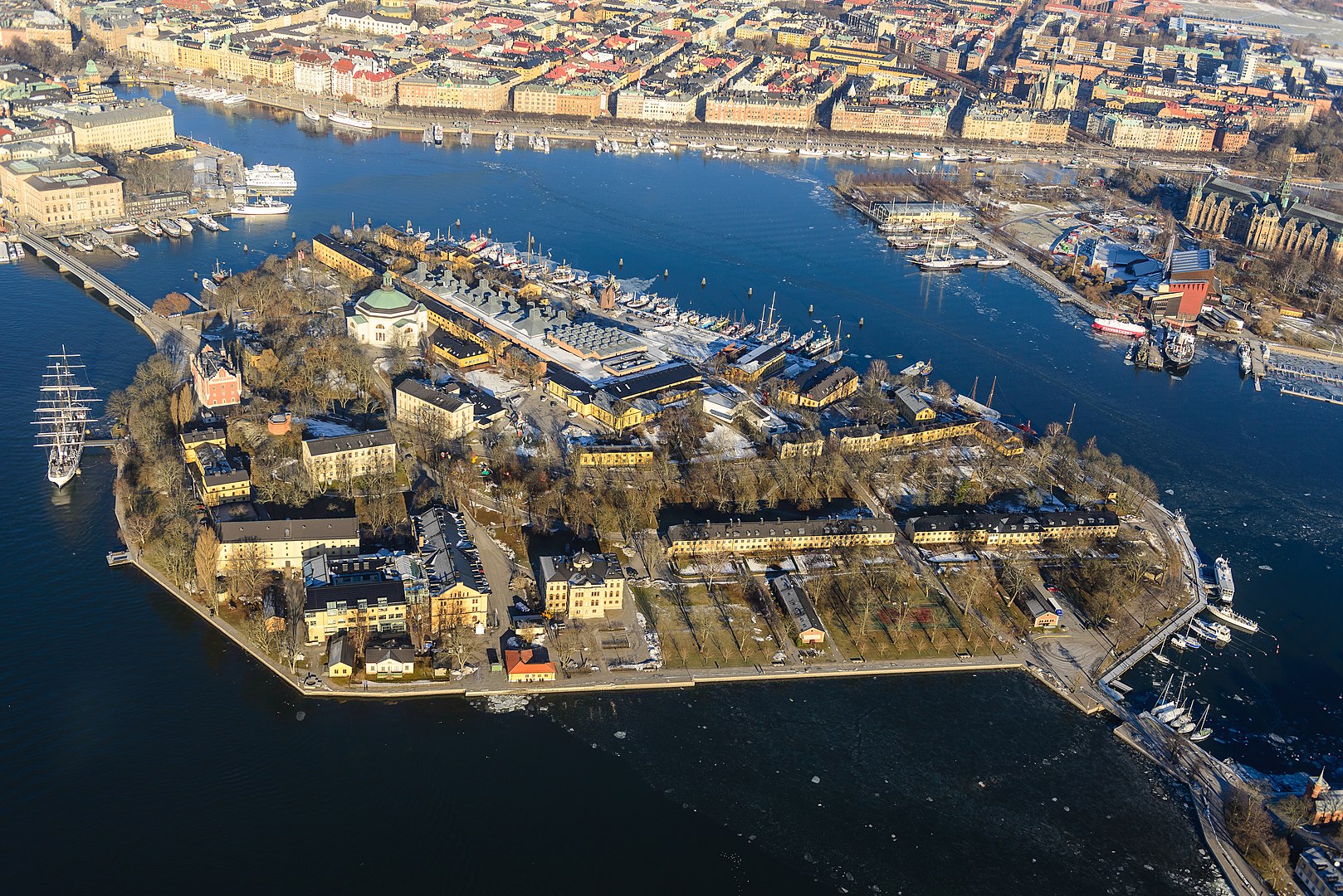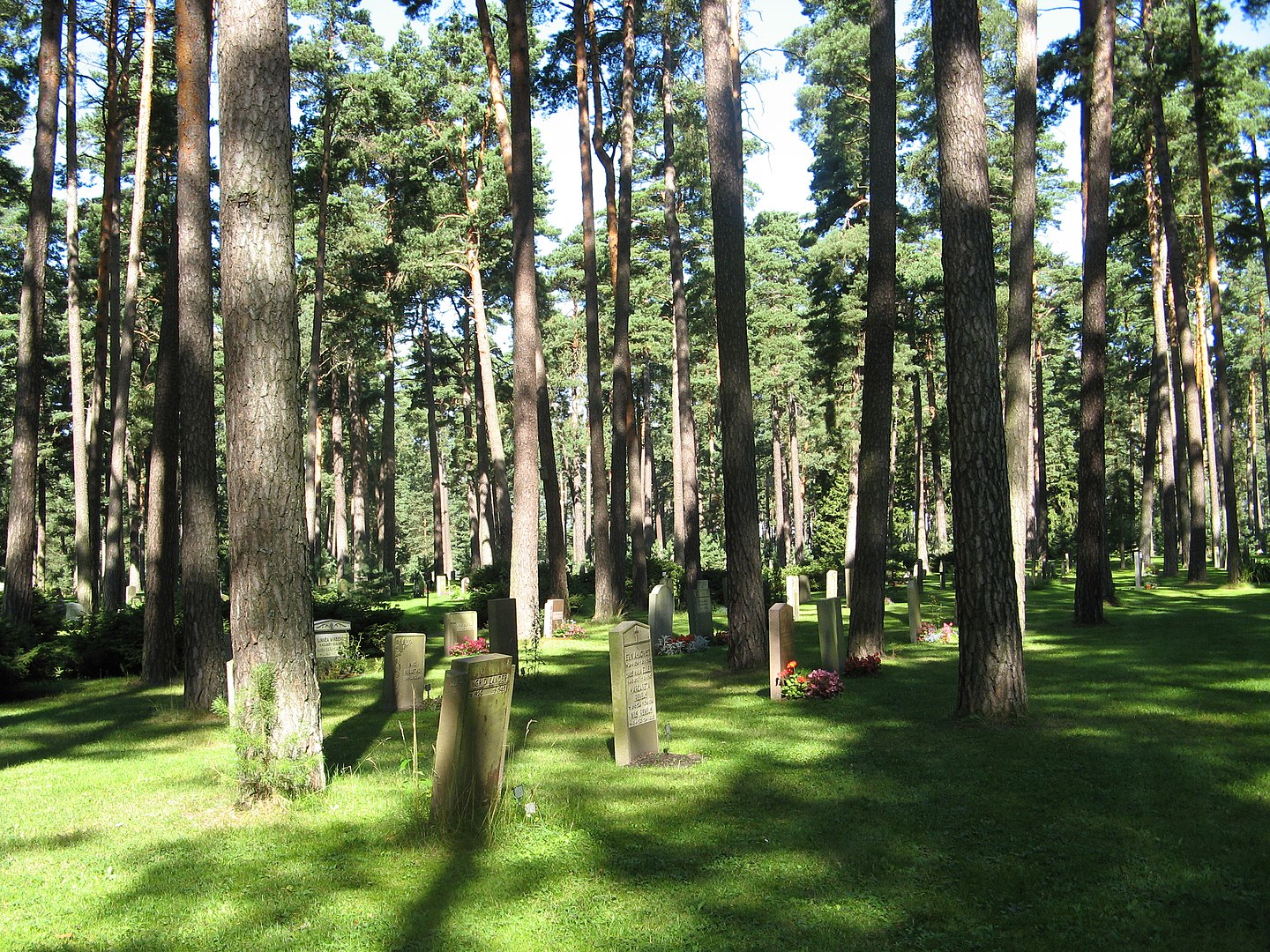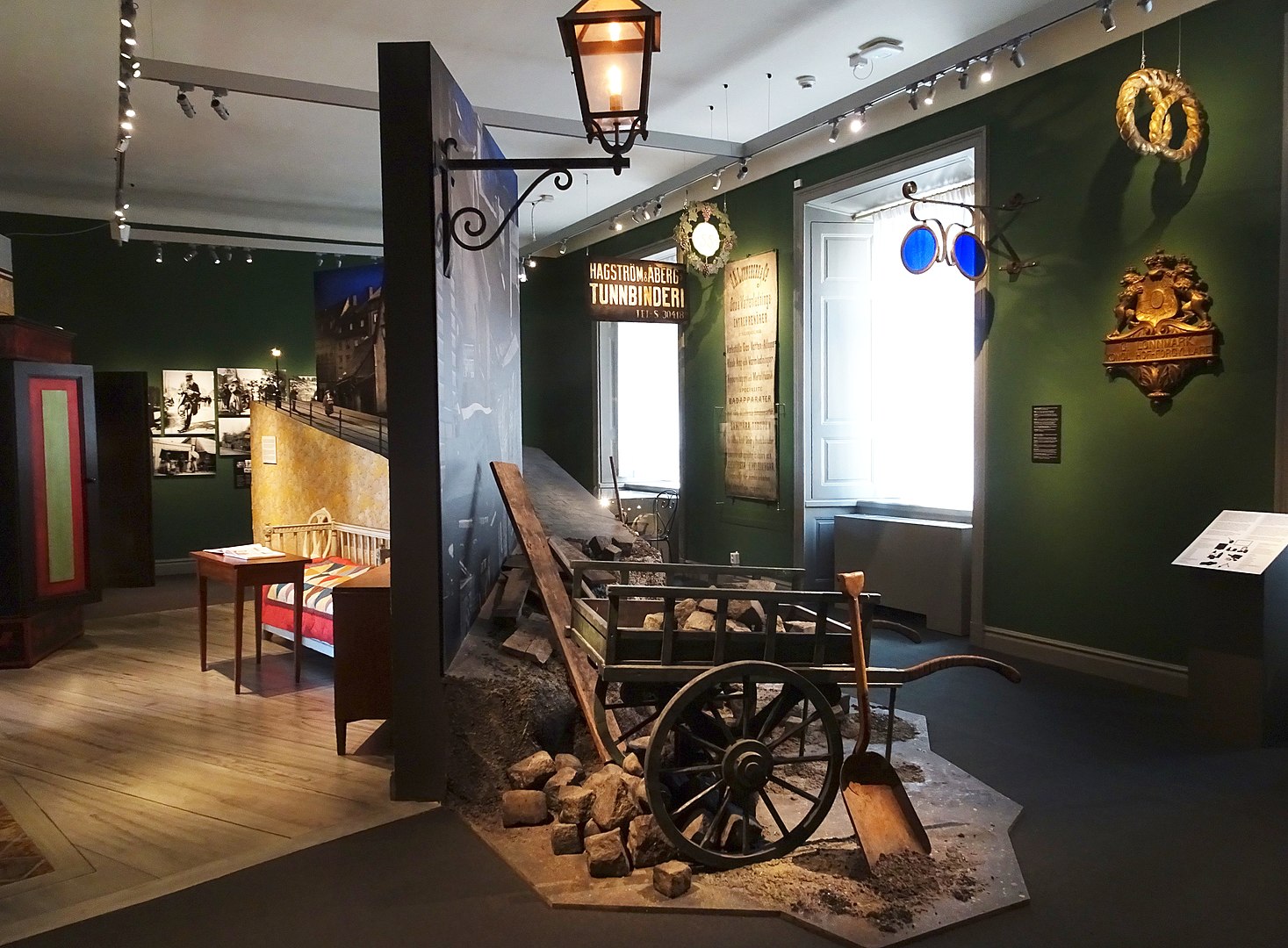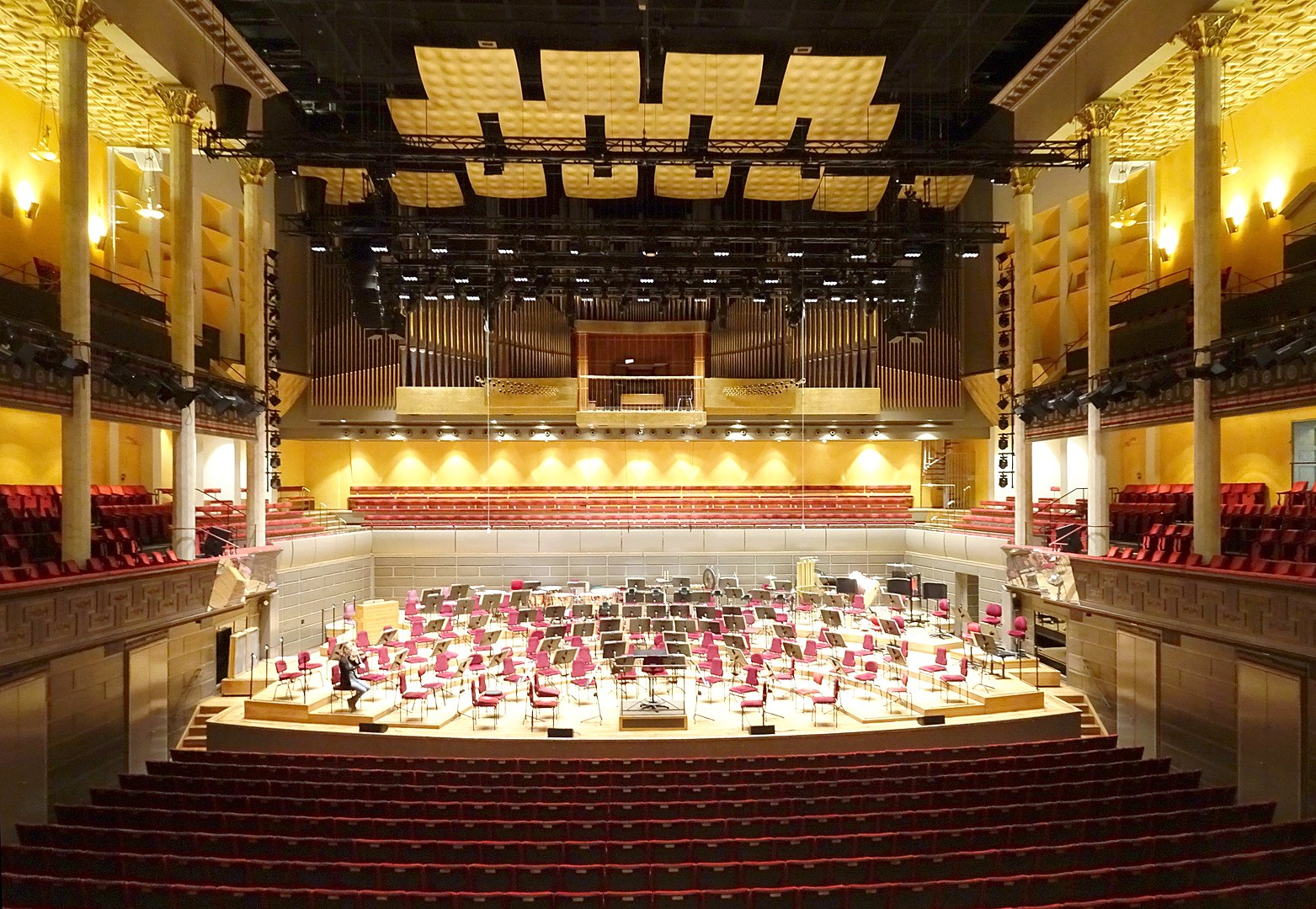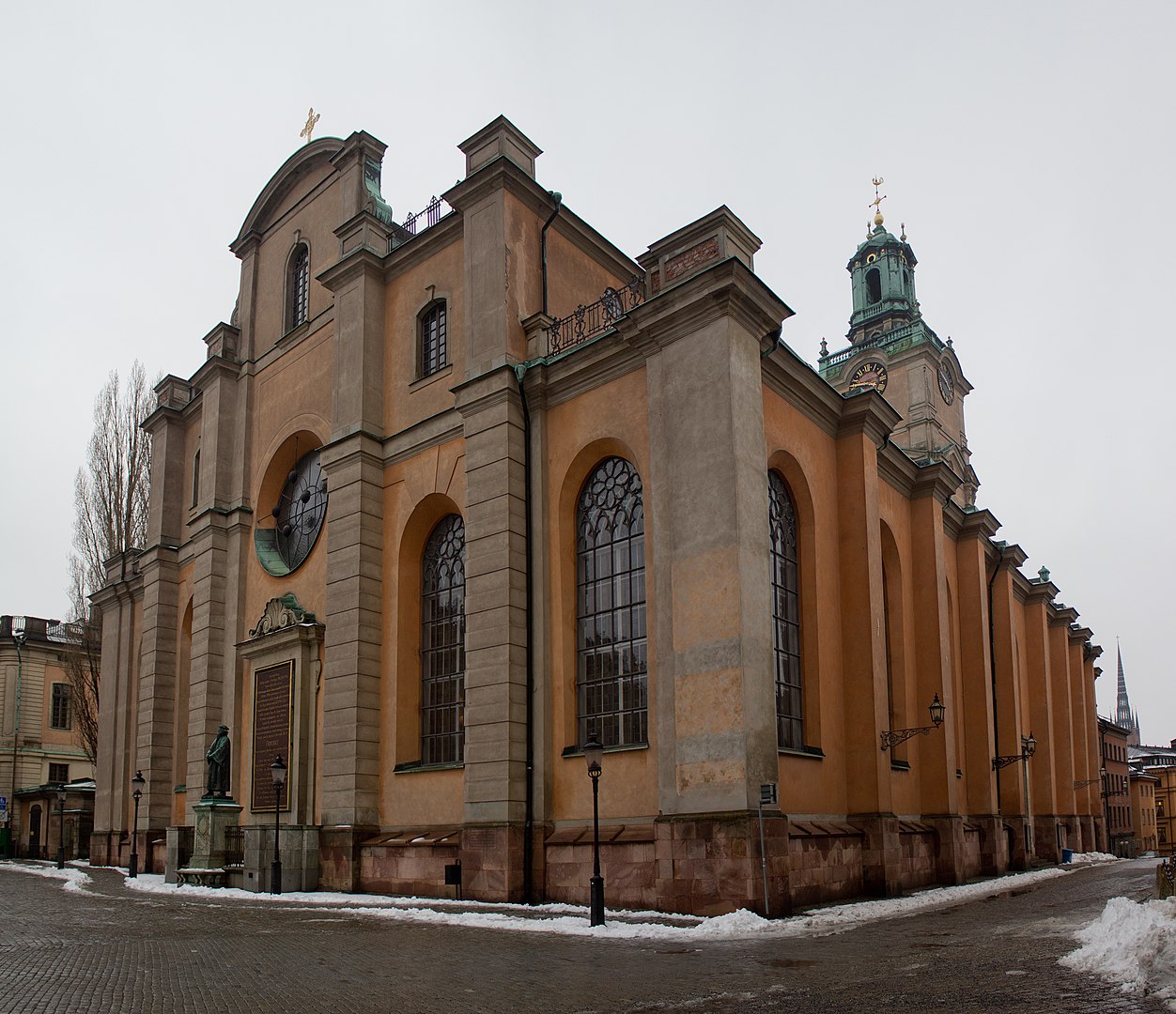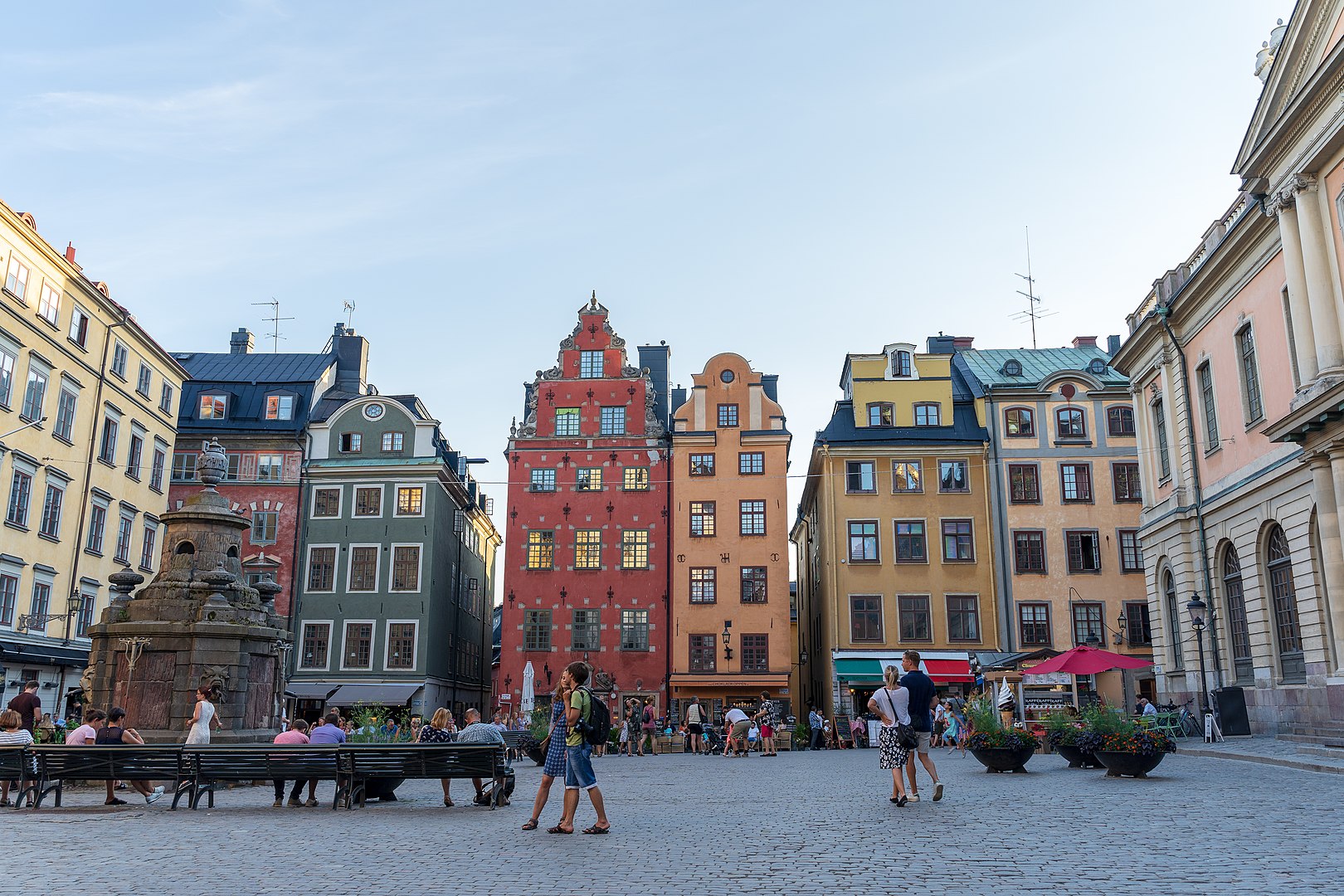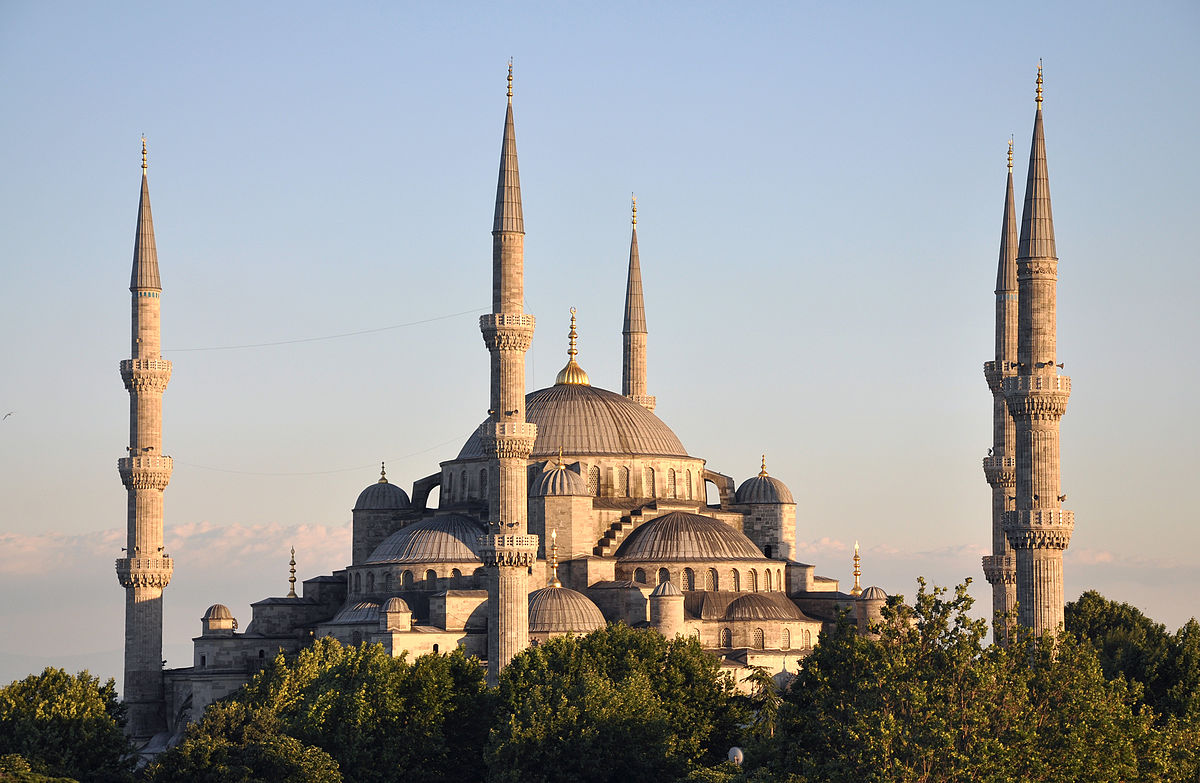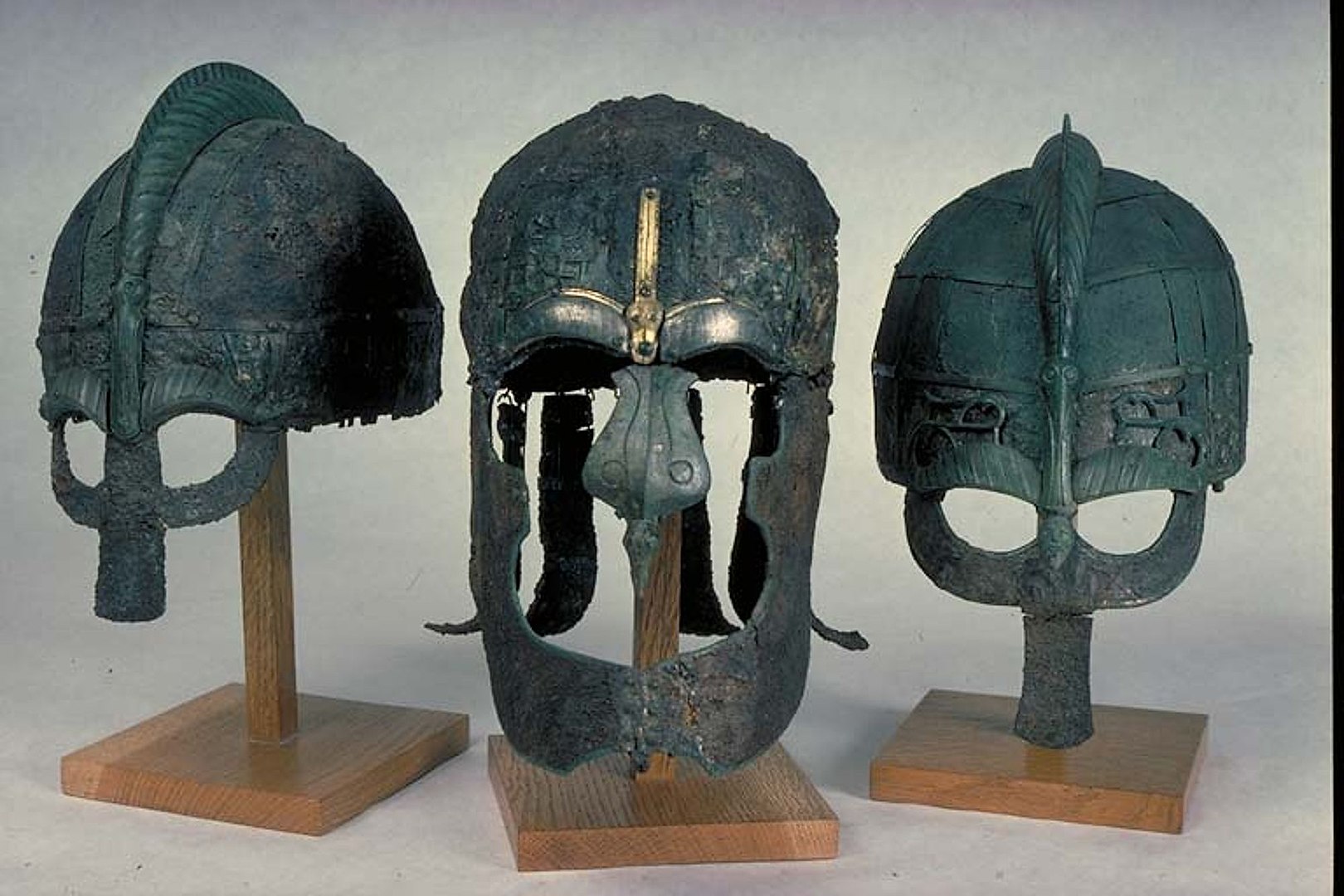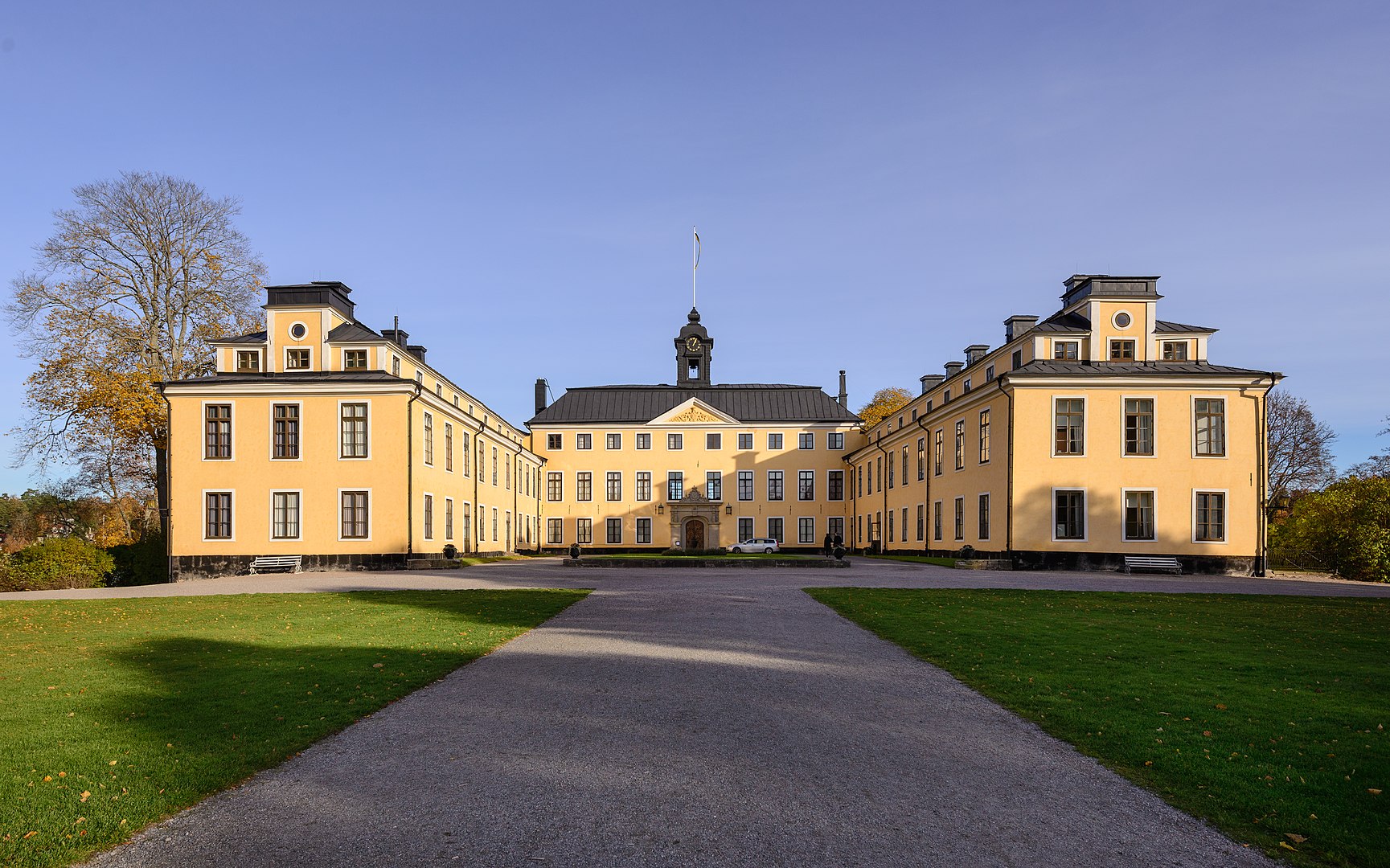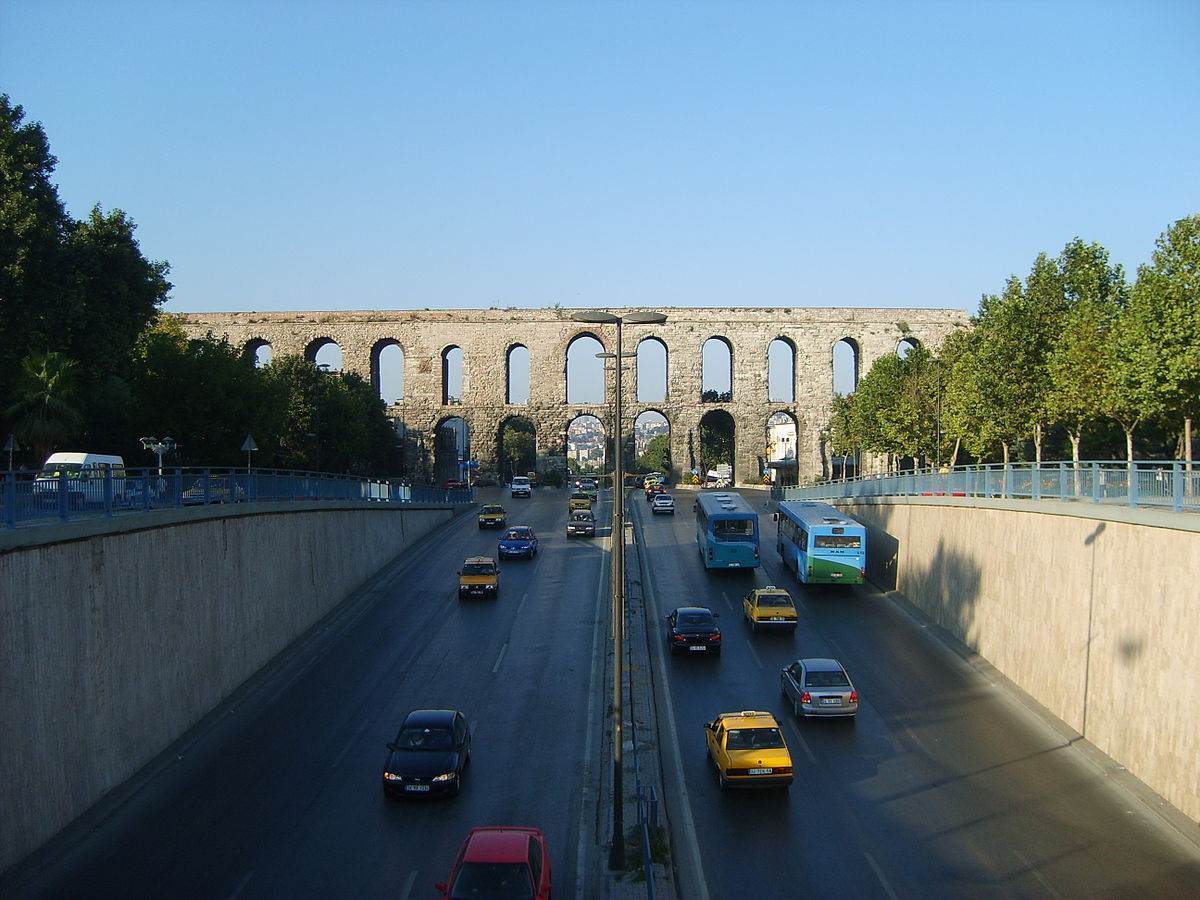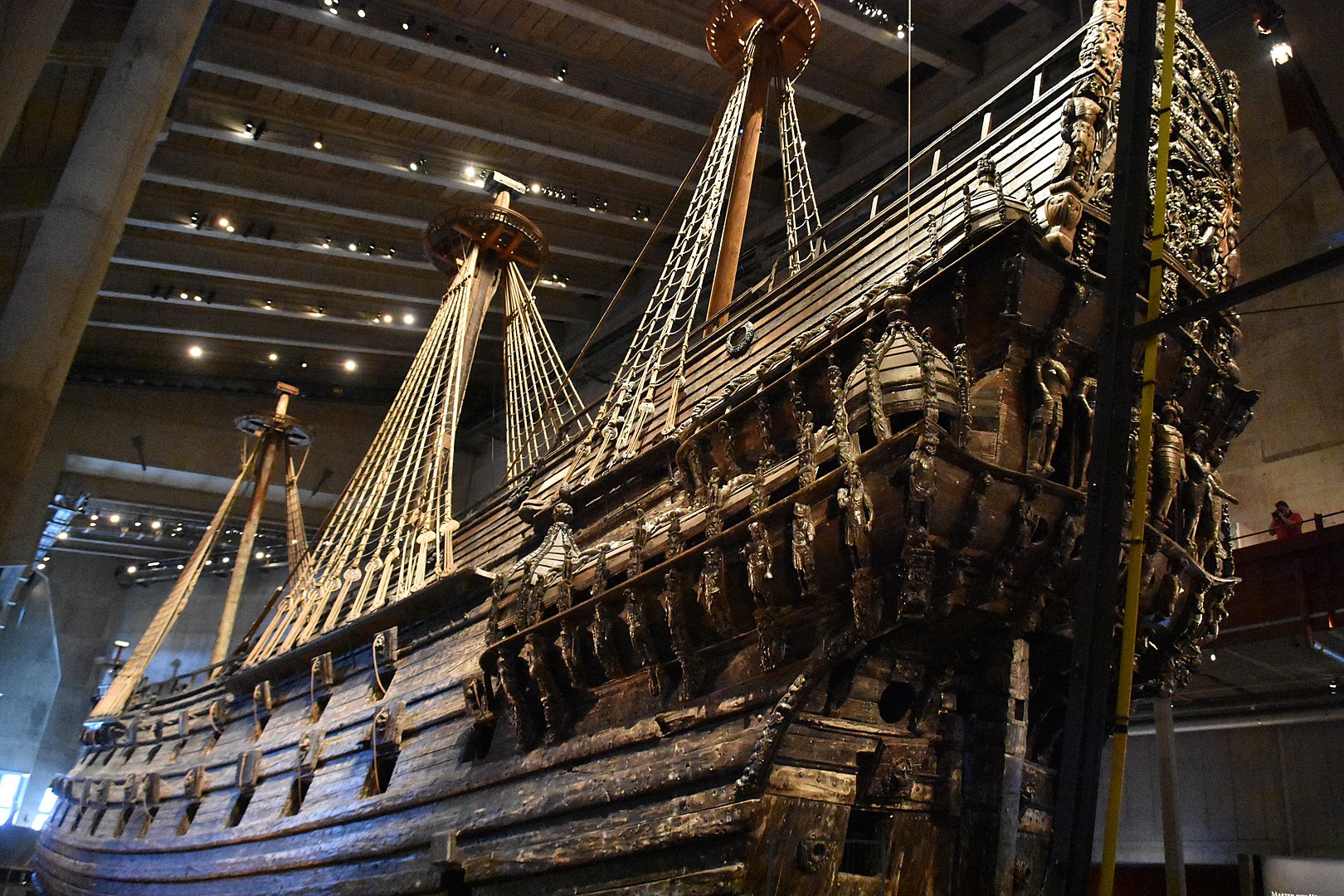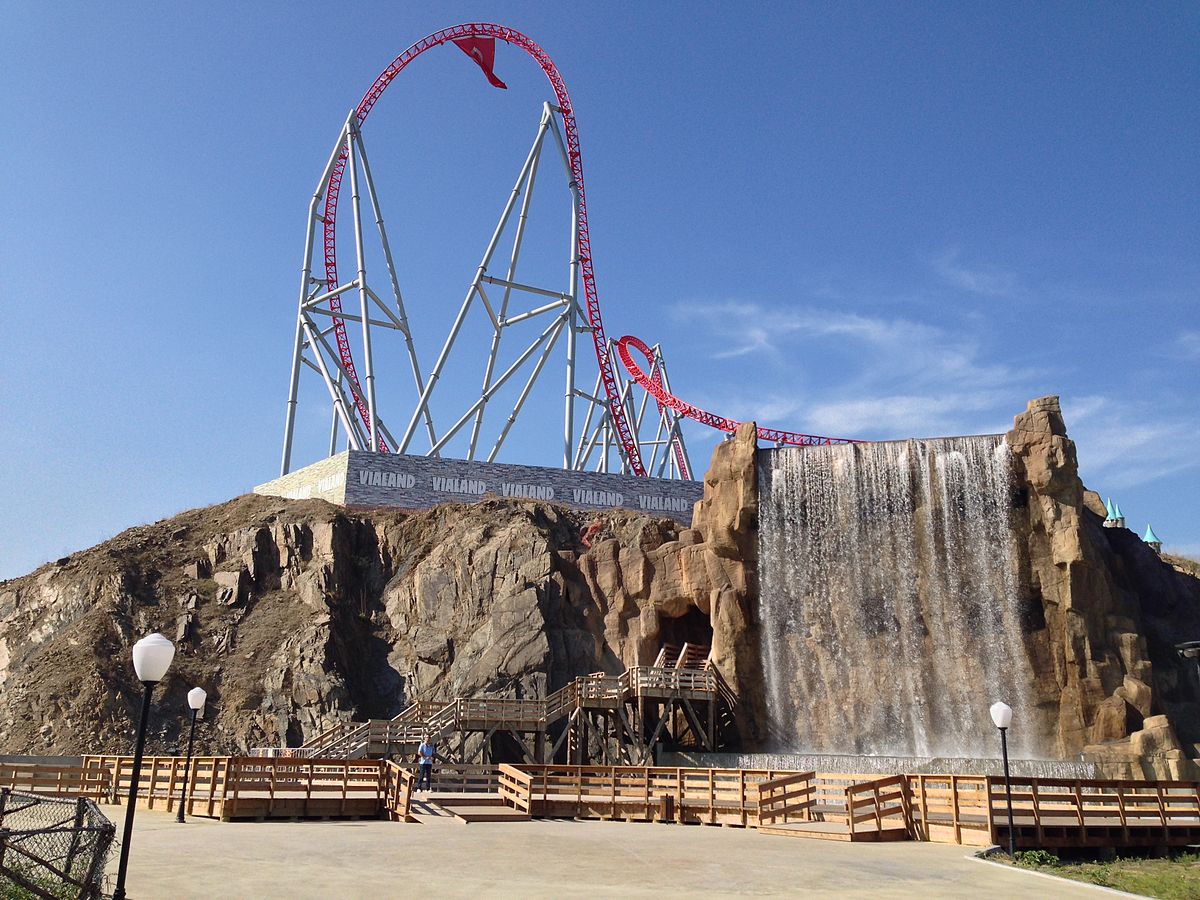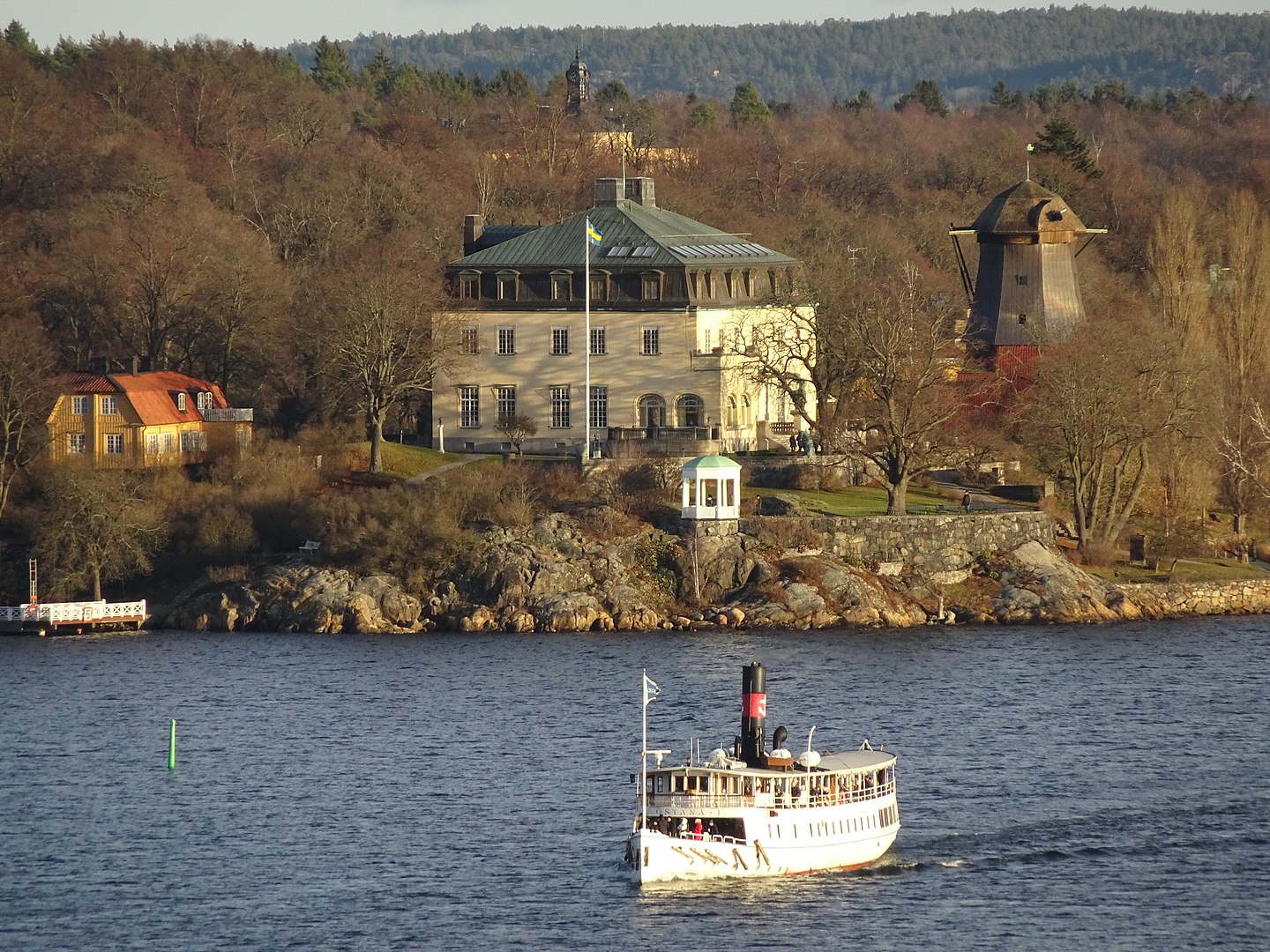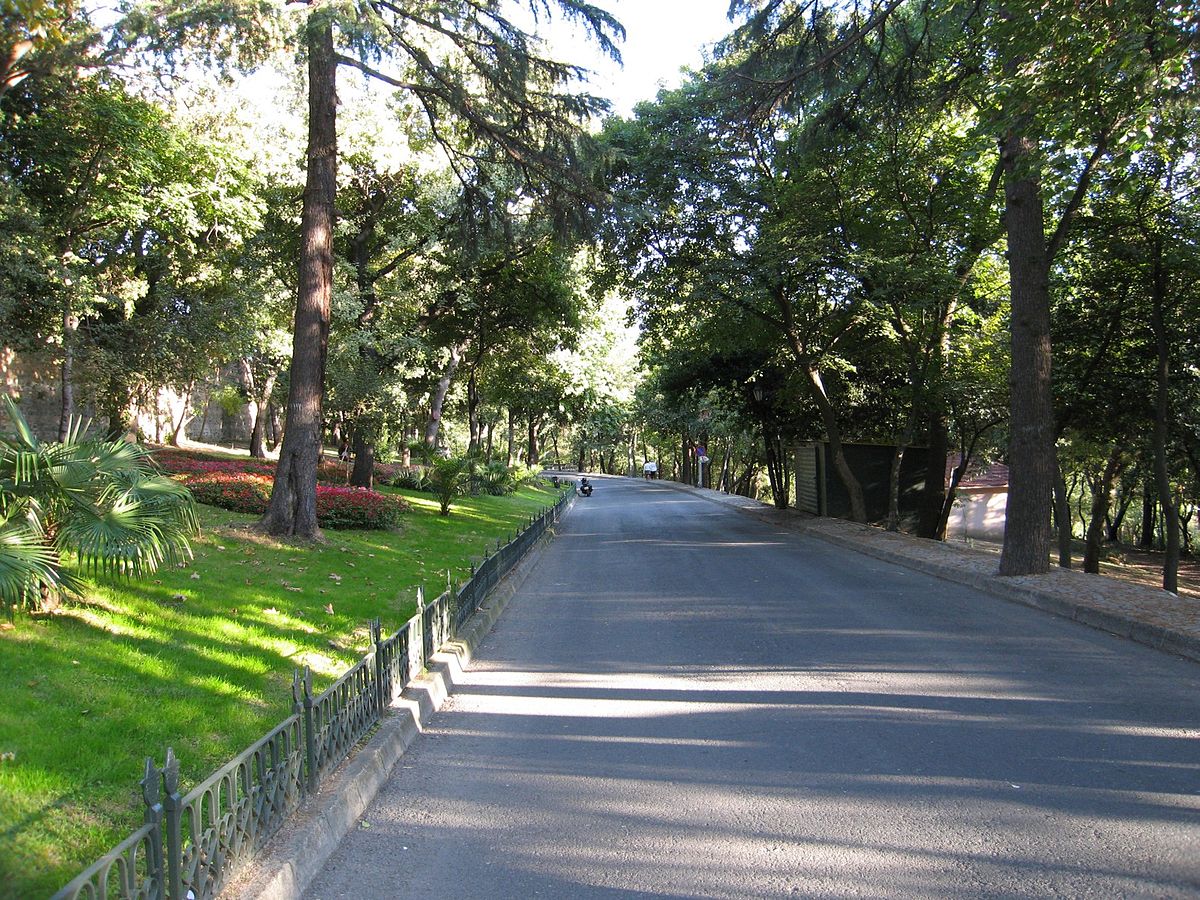ISTANBUL
Why is Istanbul worth a visit?
Istanbul is a truly magical city. As the only city in the world located at the intersection of two continents, Europe and the Middle East meet here and together make Istanbul’s absolutely unique flair. The fact that a metropolis, which as the capital of the Byzantine and Ottoman empires was at the center of the world for so long, also has a lot of world-class sights doesn’t really need to be mentioned. Istanbul is definitely one of the cities of the world that you must have seen (at least) once.
Here are our top 10 reasons to travel to Istanbul:
1. There is only one city in the world that is located on two continents at the same time, and that is Istanbul. Where else can you travel from Europe to Asia and vice versa by car or boat within a few minutes!
2. Hardly any other city in the world has such a special and close location to the water as Istanbul. The city winds along the shores of the Bosphorus, the Golden Horn and the Sea of Marmara.
3. Istanbul was the capital of the Byzantine and Ottoman empires for many centuries. Hardly any other city in Europe, or indeed in the world, can boast such a long and distinguished history as Istanbul.
4. Istanbul is home to some world-famous monuments. The Hagia Sophia, the Sultan Ahmed Mosque and the Topkapi Palace should be seen by every traveler once in a lifetime.
5. Istanbul is home to a number of extraordinary historical buildings, such as the late ancient Basilica Cistern, the Roman Valens Aqueduct, the medieval Galata Tower and the Maiden’s Tower in the middle of the Bosphorus.
6. Istanbul is a city of palaces. Throughout history, the Ottoman sultans had some of the most magnificent residences in the world built on the banks of the Bosphorus.
7. Istanbul is a city of mosques. In hardly any other metropolis there are so many, so beautiful Islamic houses of worship to admire as here.
8. There are Turkish baths in many cities now. But the best and most famous are still in Istanbul.
9. It is no secret that Turkish cuisine is one of the most delicious in the world. Accordingly, you can dine well in Istanbul.
10. The bazaars of Istanbul are world famous and guarantee an incomparable shopping experience.
For whom is Istanbul worth a visit?
Sightseers:
Hagia Sophia, Sultan Ahmed Mosque, Topkapi Palace, Basilica Cistern, Maiden’s Tower, Dolmabahçe Palace – the list of world-famous sights in Istanbul is long.
History buffs:
Byzantium, then Constantinople and finally Istanbul played a decisive role in the history of Europe and the Orient over many centuries. People interested in history will encounter (world) history on almost every street corner in the metropolis on the Bosphorus.
Bridge fans:
Istanbul is built close to the water and is the only city in the world whose bridges connect two continents. No wonder that the 15 July Martyrs Bridge and the Fatih Sultan Mehmet Bridge crossing the Bosphorus and especially the Galata Bridge spanning the Golden Horn are among the most famous and imposing bridges in the world.
People interested in churches and mosques:
With the Chora Church, the Eyüp Sultan Mosque, the Hagia Irene, the Hagia Sophia, the Ortaköy Mosque, the Süleymaniye Mosque and the Sultan Ahmed Mosque (to name only the most important ones), Istanbul has an incredible variety of beautiful Christian Orthodox and Islamic places of worship to offer.
Palace lovers:
As far as their residences are concerned, the Ottoman sultans did not exactly show their stingy side. With the Beylerbeyi, the Çirağan, the Dolmabahçe, the Küçüksu, the Topkapi and the Yildiz palaces, some of the most magnificent and luxurious ruling houses in the world stand on the banks of the Bosphorus.
Hamam-goers:
A visit to a Turkish bath is a treat for body and soul. In Istanbul, you are spoiled for choice when it comes to hammams. The best and most famous Turkish bathhouses are located here.
Fans of views:
Istanbul is situated on the water and built on hills. Consequently, from many points of Istanbul you can enjoy a magnificent view of the city and the water.
Foodies:
Turkish cuisine is much more than just kebabs and lahmacun. In Istanbul, friends of Turkish and oriental cuisine get their money’s worth.
Best time to travel
Due to its location between the Black Sea and the Mediterranean Sea, Istanbul has a mild and humid maritime climate. However, during the summer months, due to the southern location of the city, there can be periods of heat with temperatures well above 30 degrees. Winters in Istanbul are relatively cool, sometimes even cold, and the winter months also see the most precipitation. Spring and fall can be changeable, but often a pleasantly mild and sunny weather prevails. In this respect, early summer (May and June) and early fall (September and October) are the best months to travel. Those who like it a bit warmer can of course also travel to Istanbul in high summer (July and August). For those who prefer to spend their time in churches, museums and palaces (and there are truly enough of them in Istanbul), fall and winter are of course also a good time to visit.
Getting there
By car:
If you want, you can of course take the 1,500-kilometer drive from Germany, Austria or Switzerland to Istanbul. But it is always more relaxing to arrive by plane.
By train:
The journey by train requires several changes in Budapest and Bucharest or Budapest, Belgrade and Sofia. In this respect not a particularly relaxed option.
By plane:
Istanbul has two major airports. Since 2018, Istanbul has a new international commercial airport northwest of the city. Almost all scheduled flights to and from Istanbul take off and land here. There are several daily connections from Istanbul Airport to all major cities in Germany, Austria and Switzerland. Istanbul-Sabiha Gökçen Airport was opened in 2001 and is mainly used by low-cost and charter airlines. There are also flights from Sabiha Gökçen to almost all major German, Austrian and Swiss airports.
Shopping
In Istanbul, two shopping worlds collide (in a positive sense): the ancient oriental one of the bazaars and the modern western one of the shopping streets and malls.
If you like to get lost in the chaotic hustle and bustle of a bazaar, you should definitely visit the most famous of Istanbul’s bazaars – the Grand Bazaar. It is the pulsating shopping heart of the Turkish metropolis. With over 4,000 stores spread over an area of 20,000 square meters and more than 60 streets, the Grand Bazaar is one of the largest and also oldest covered markets in the world. And, of course, it is also one of the busiest. Every day, up to half a million people come to look, marvel and, of course, buy in this shopping mecca. From fabrics and carpets to jewelry and leather goods to lamps and food, there’s hardly anything here that you can’t find.
If you want to buy spices, you should definitely visit the Misir Çarşisi. This spice bazaar is a sea of fragrances and colors and outshines anything commonly seen in a European supermarket or delicatessen. By the way, on Misir Çarşisi not only spices are sold, but also dried fruits, nuts, teas, oils and essences of all kinds.
If you find a bazaar too busy and confusing and prefer to stroll along a shopping street, you should definitely take a stroll along Istiklal Avenue in Istanbul. It is the main shopping mile of the Turkish metropolis and is frequented by three million people on some days. On a length of about 1.5 kilometers you can find everything your shopping heart desires.
Department stores are a somewhat newer phenomenon in Istanbul. It wasn’t until the 1980s and 1990s that the first ones were built; since then, however, they’ve been booming, and now just about every Istanbul neighborhood has its own shopping mall. By and large, most of the malls have a European flavor, but still often offer an interesting oriental flair.

Food and drink
Istanbul is a city on the water. So it’s no wonder that fish is number one on the menu here. It usually comes freshly caught from the Bosphorus and the Black or Aegean Seas, which are only a short distance away. From lüfer (bluefish) to kalkan (turbot) and barbunya (mullet) to hamsi (sardines from the Black Sea), the fish menu is often long.
The breakfast of most Istanbul diners is rather small. Often there are only a few slices of white bread with olives, feta cheese and tea with honey. Of course, you can also have a rich breakfast. Most hotels offer their guests larger breakfast buffets anyway. And if you like it big, you can also have a typical Istanbul brunch, which consists of a huge basket with different kinds of bread and many small bowls (the so-called mezze) with olives, peppers, cheese, sweet and spicy spreads, honey and jams.
At lunchtime, Istanbulites are usually content with a somewhat smaller and quicker meal. Of course, you also have the option to go to McDonalds, Burger King & Co. But it gets much more interesting when you sit down in a so-called Lokanta. The rather plainly furnished restaurants, which can be found on almost every street corner, display typical Turkish home cooking in the entrance area, usually in a long row of warming basins. Köfte (meatballs) in all variations and kebab with vegetables or as a grilled dish are almost always served.
Speaking of kebabs: The spinning grilled meat skewers are, of course, omnipresent in Istanbul as well, but the way they are served differs a bit from that in Germany. Instead of a flatbread filled to the brim with meat, lettuce and sauce, an Istanbul kebab is served in a kind of half baguette with a few pieces of meat, tomato and cucumber. The choice of sauces is also somewhat different in Istanbul than in Germany.
Dinner in Istanbul takes place a little later than it usually does in our latitudes. Before 8 p.m., hardly any Istanbulers sit down at the table. The course of a typical Istanbul dinner is as follows: First, the drinks are served. Those who like a strong “first service” can start right away with a raki – a 48-percent anise schnapps. Otherwise, one usually drinks bira (beer) or şarap (wine). After that, one chooses among the ready cold appetizers and waits for the warm intermediate dishes. Only then follows the actual main course (usually fish or meat). Desserts in Turkey are known to be on the sweet side. Everywhere you will find baklava, a wafer-thin puff pastry filled with pistachios or walnuts and soaked in sugar syrup, and a variety of different types of pudding (muhallebi). However, people also like to order just fresh fruit (mayve) for dessert, which is served peeled and cut. And to round off a dinner in Istanbul, a mocha is a must. It can be drunk unsweetened (sade), medium sweet (orta) or sweet (şekerli).
Nightlife and entertainment
Istanbul’s nightlife certainly lives up to the city’s position as the largest metropolis in Europe. The selection of bars, pubs, clubs and discos is gigantic. Due to the size of the city, there are several nightlife centers: Beyoğlu, Cihangir and Aksaray on the European side and Kadikoy on the Asian side are known for their lively nightlife.
The absolute number 1 location in terms of nightlife is Istiklal Avenue. Istiklal, as it is known by locals for short, is the city’s main shopping street and stretches from Tünel Square to Taksim Square. Since the 1990s, it has been a pedestrian zone where people shop and eat until late in the evening. After that, Istiklal Avenue turns into Istanbul’s number 1 party mile. No one really knows how many bars and clubs there actually are on Istiklal. But it doesn’t matter – the only thing that matters is that people party and dance here every night until dawn to Turkish and international rock, punk, dancefloor, jazz and almost every other type of music imaginable.
In the side streets/alleys of Istiklal Avenue there are also a variety of party locations. Often the bars and clubs are located on the upper floors of the buildings and offer a magnificent view of the city lights and the Bosphorus from their terraces.
Speaking of the Bosphorus, those who want to hit the dance floor in Istanbul are spoilt for choice with a number of good and well-known discos. The most famous are the open-air clubs right on the waterfront. Dancing at the crossroads of Europe and Asia is a special experience.
Sights
- All in Istanbul
- Alle in Stockholm
- Beaches
- Bridges
- Castles & Palaces
- Churches & Monasteries
- Districts
- Gardens & Parks
- Highlights
- Historical buildings
- Museums & Galleries
- Natural landscapes & National parks
- Other sights
- Shopping
- Streets & Squares
- Theater & Opera houses
- Theme & Amusement parks
- Viewpoints
- World Heritage Sites
- Zoos & Aquariums

Photos: Omar David Sandoval Sida, Santa Sofía, CC BY-SA 3.0 / Bjørn Christian Tørrissen, Galata Bridge From Tower, CC BY-SA 3.0 / User:Darwinek, İstanbul 4228, CC BY-SA 3.0 / Carlos Delgado, Topkapı – 01, CC BY-SA 3.0 / Benh LIEU SONG, Blue Mosque Courtyard Dusk Wikimedia Commons, CC BY-SA 3.0 / Alexxx1979, Istanbul Galata Tower IMG 8210 1920, CC BY-SA 4.0 / İhsan Deniz Kılıçoğlu, Süleymaniye Mosque exterior view, CC BY-SA 3.0 / By Mkaraarslan – Own work, Public Domain, Link / Dmgultekin, Grand-Bazaar Shop, CC BY-SA 3.0 / Alexxx1979, Istanbul Fatih Sultan Mehmet Bridge IMG 7249 1725, CC BY-SA 3.0 / Mark Ahsmann, 20131206 Istanbul 047, CC BY-SA 3.0 / Erik Cleves Kristensen, Tutmosis and Walled obelisks (13970683673), CC BY 2.0 / archer10 (Dennis), Turkey-1290, CC BY-SA 2.0 / Akrep Scorpion, Beylerbeyi Palace, Istanbul – panoramio, CC BY-SA 3.0 / Takeaway, Istanbul spice bazaar 02, CC BY-SA 3.0 / İhsan Deniz Kılıçoğlu, Anadoluhisarı, CC BY-SA 3.0 / Stambouliote, Su kemeri (uzak), CC BY-SA 3.0 / User:Darwinek, İstanbul 5716, CC BY-SA 3.0 / Juraj Patekar, Istanbul at night (16193962812), CC BY 2.0
English version: Machine translation by DeepL





